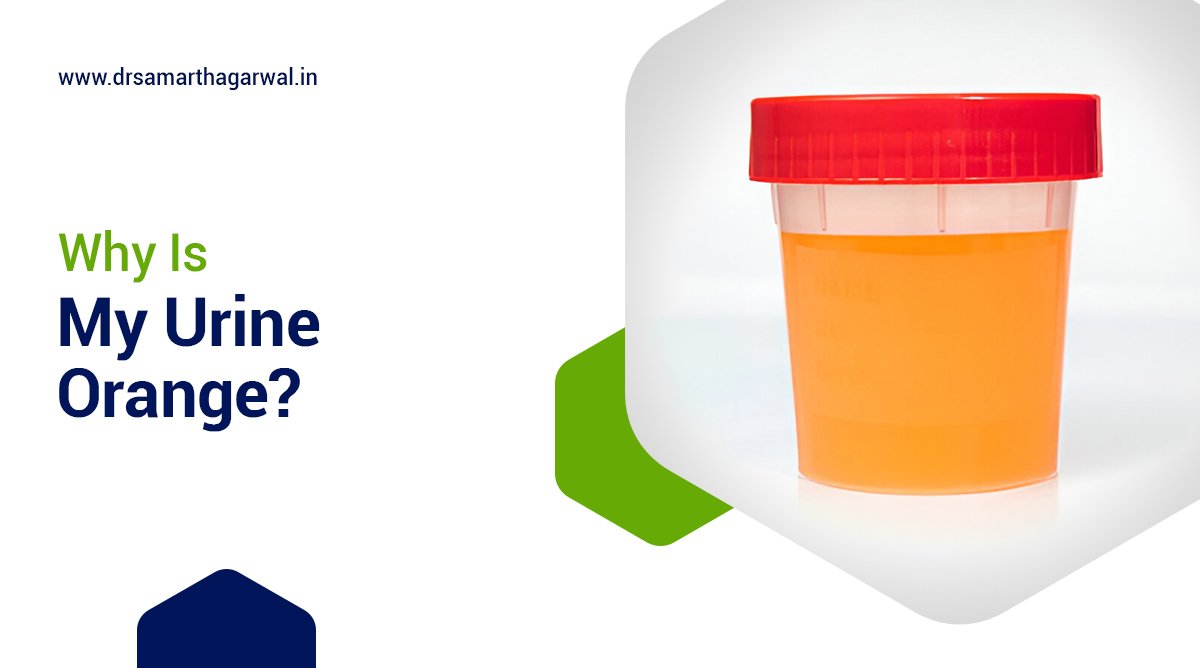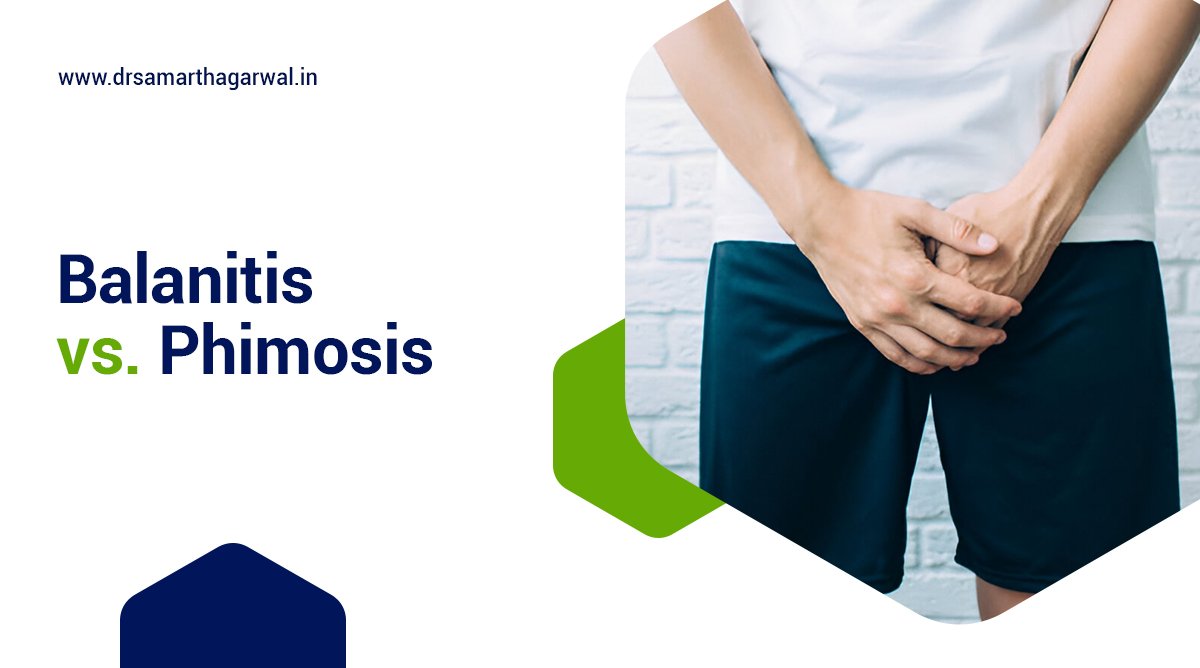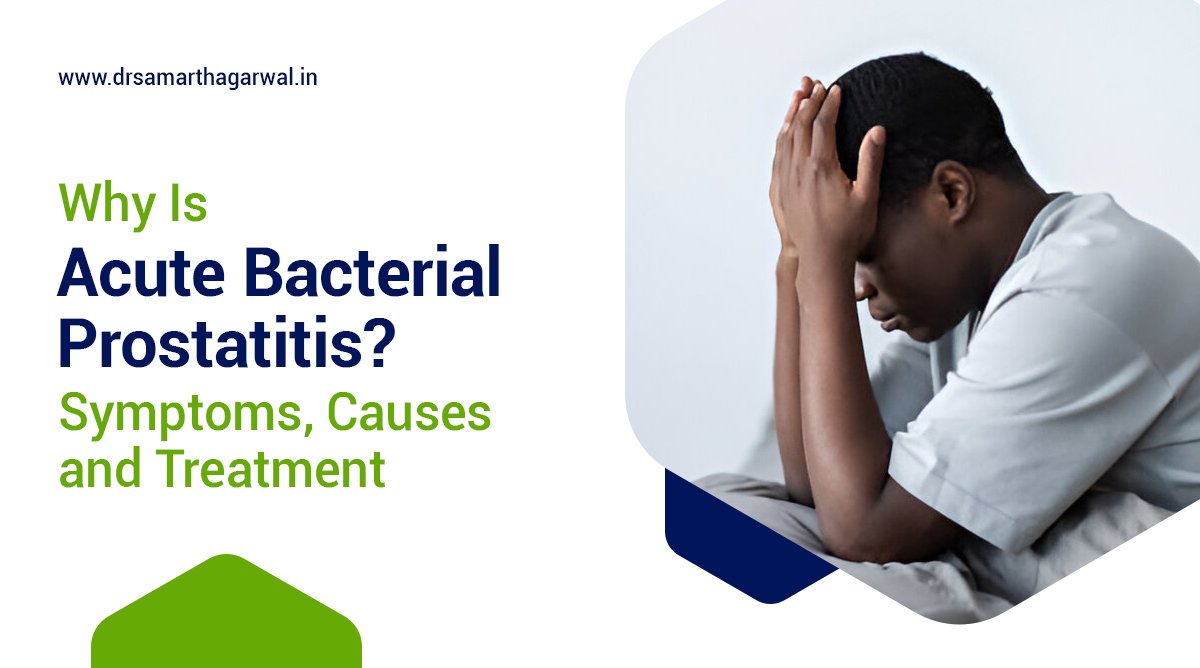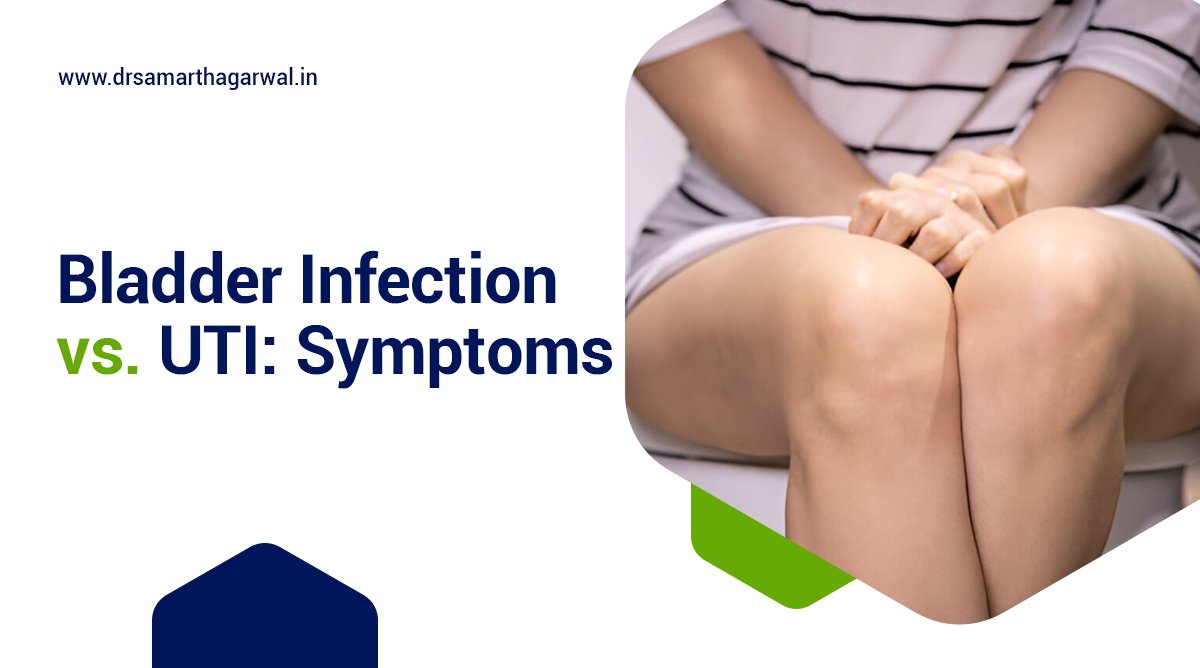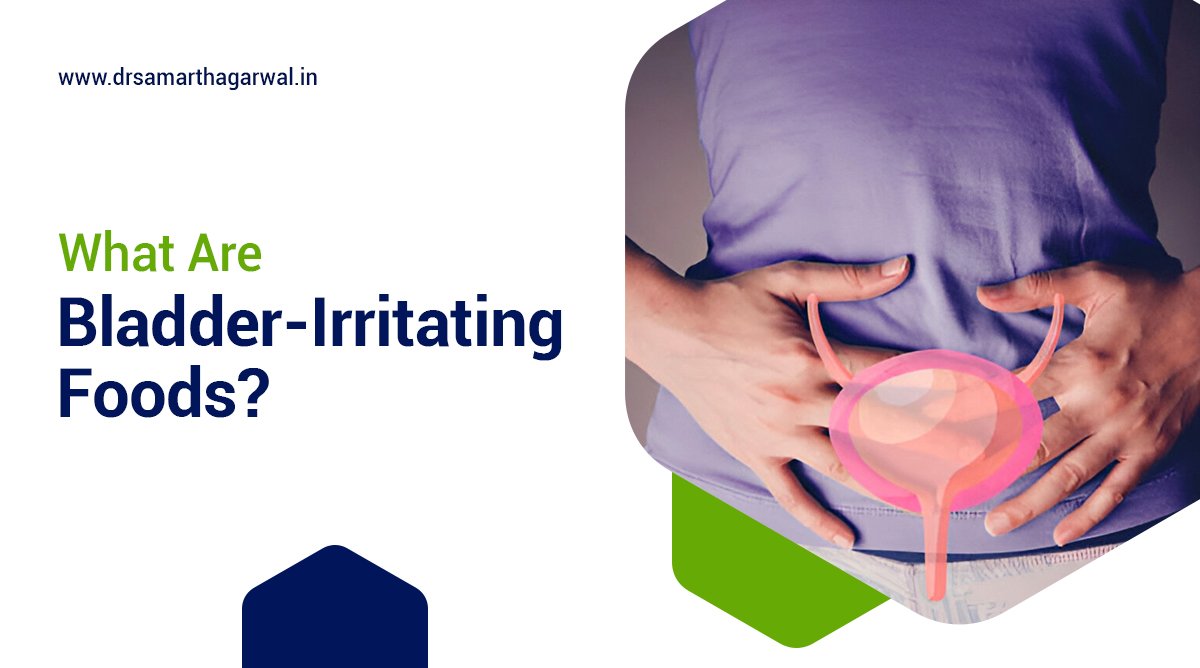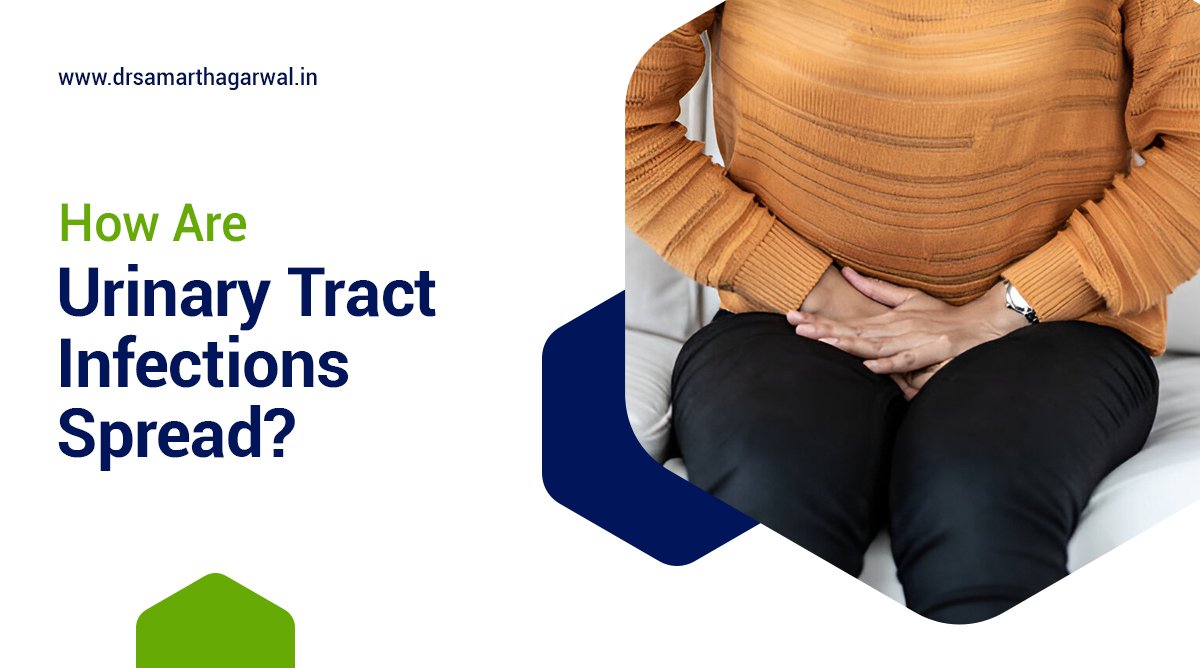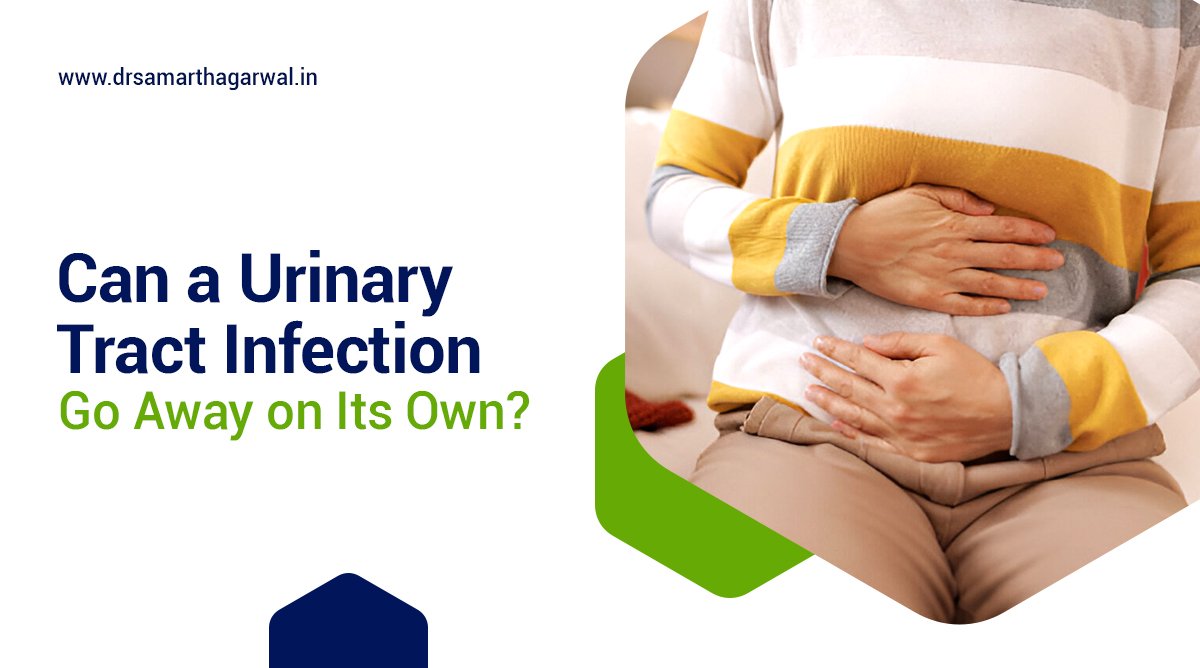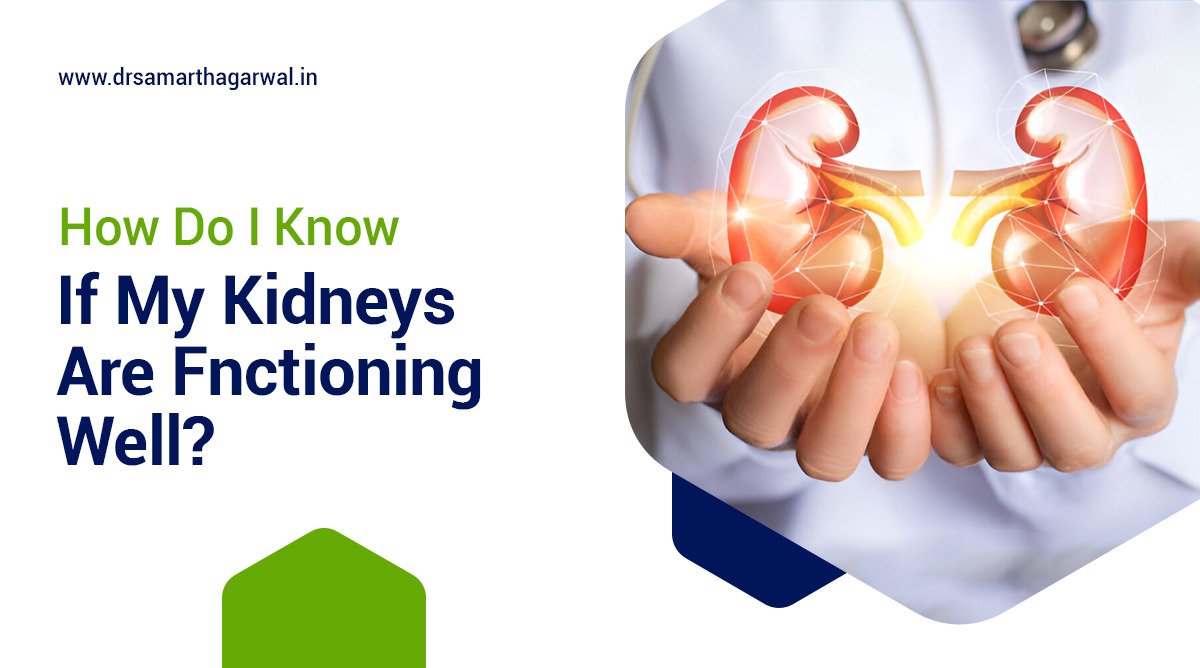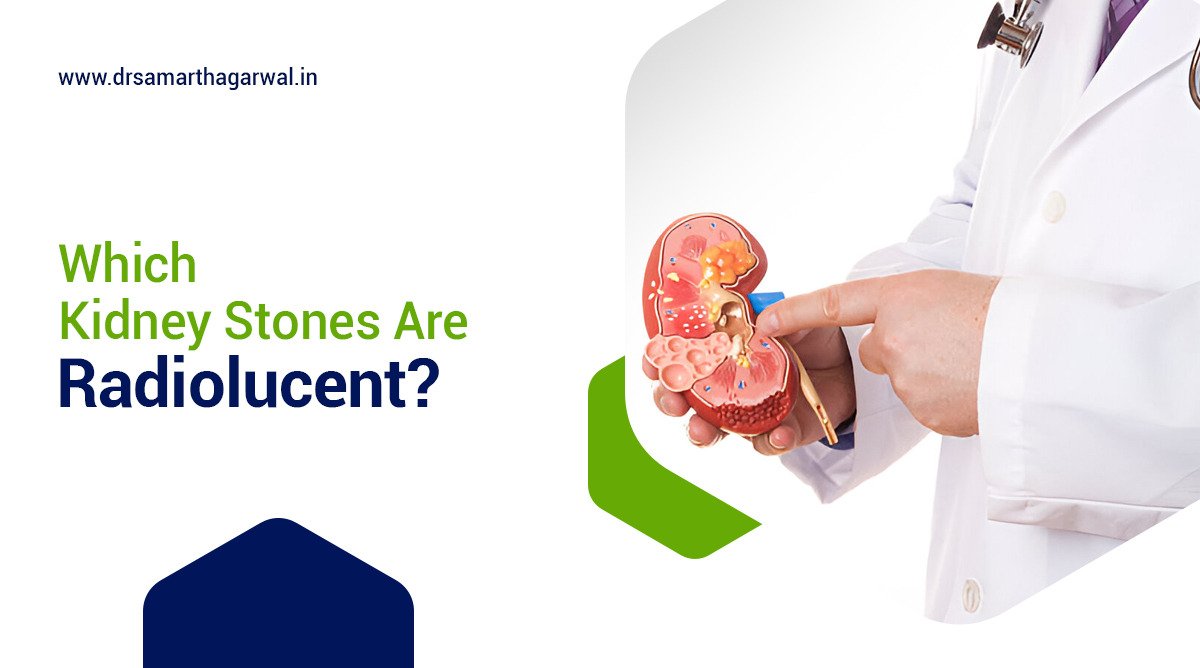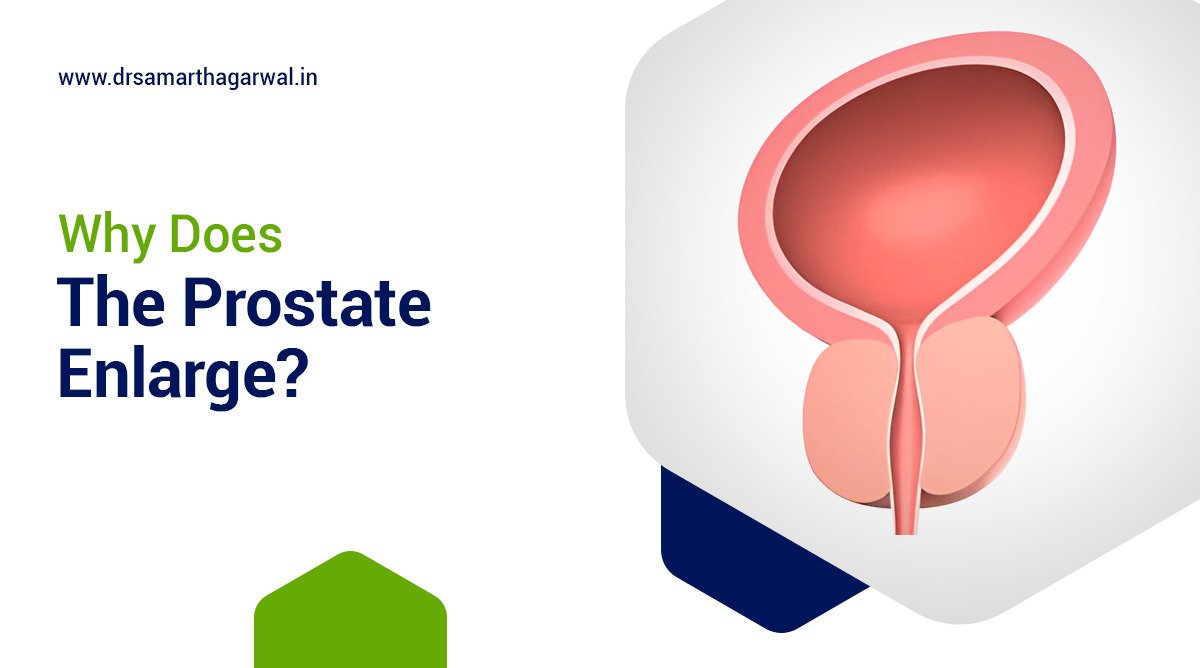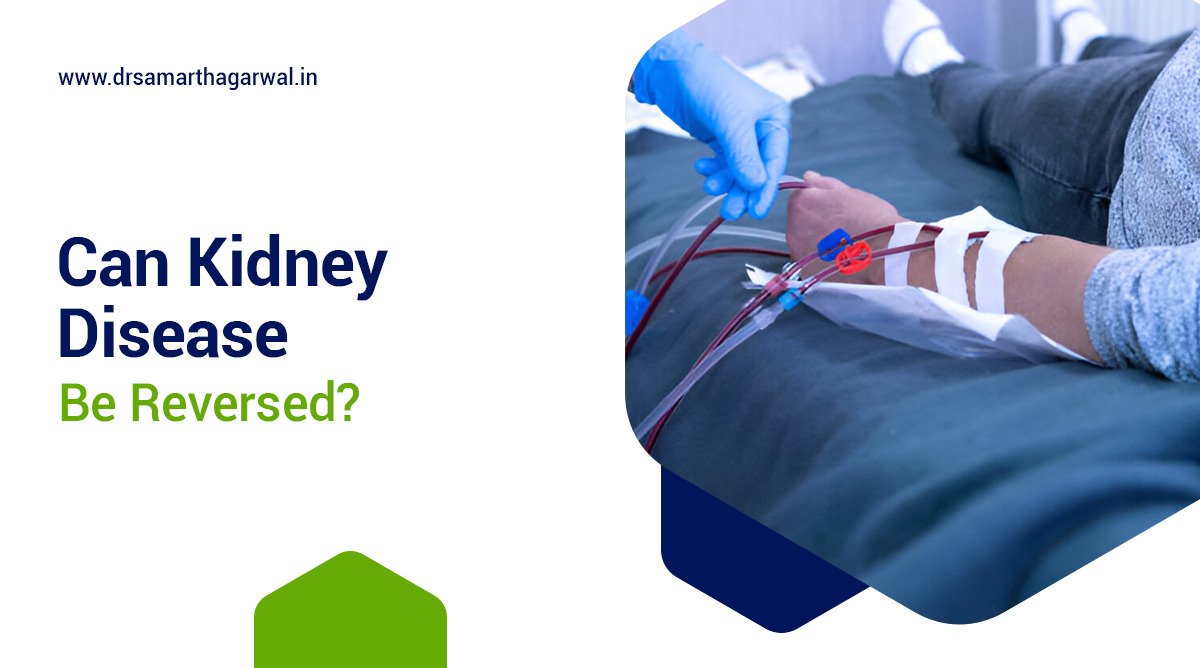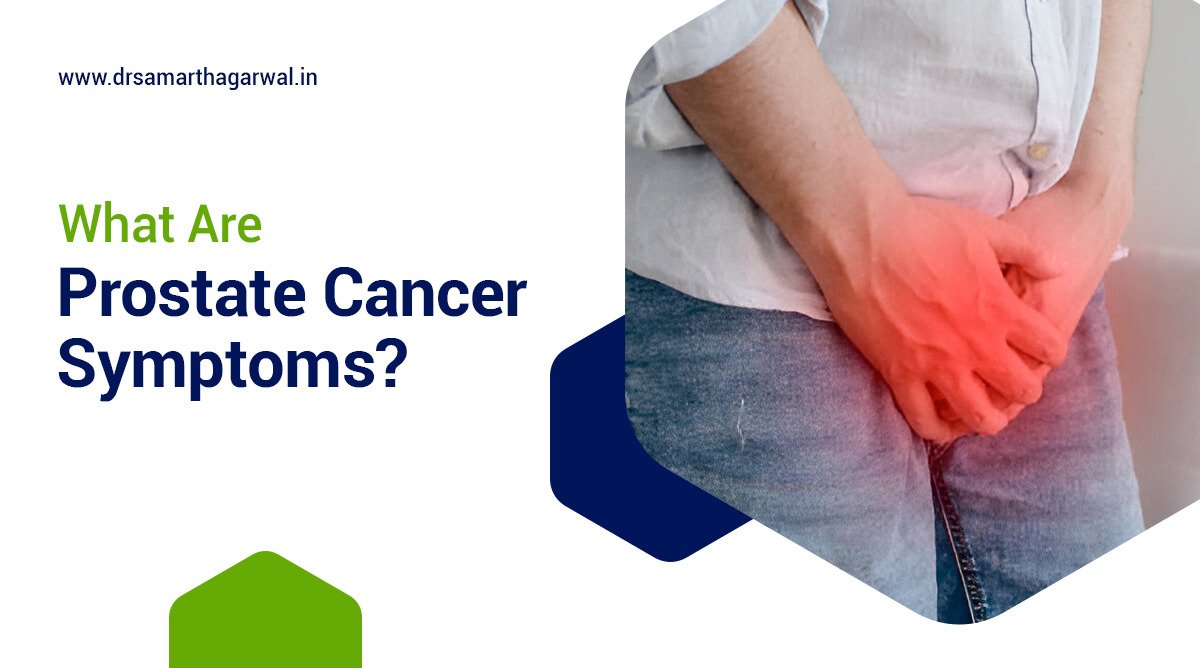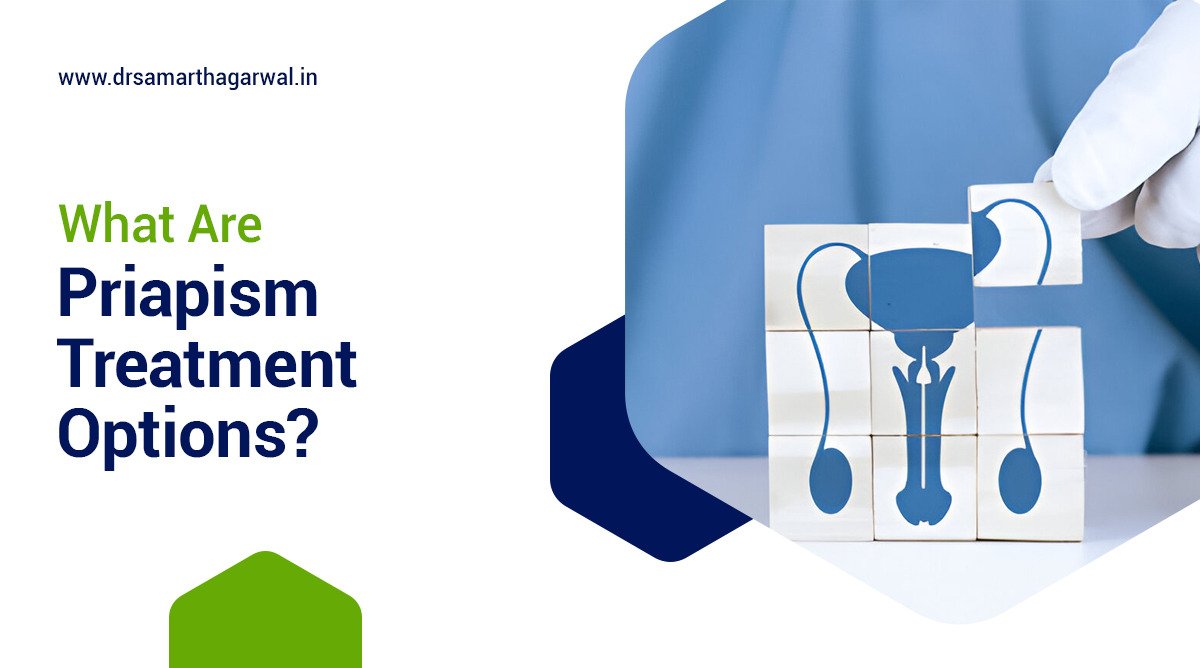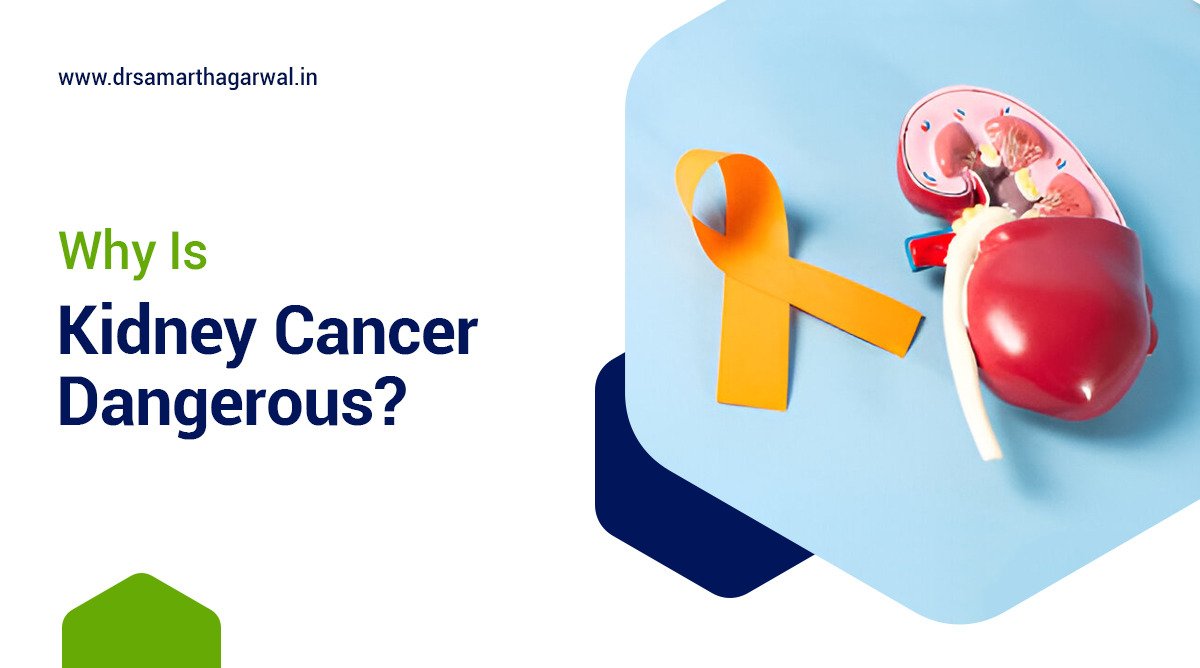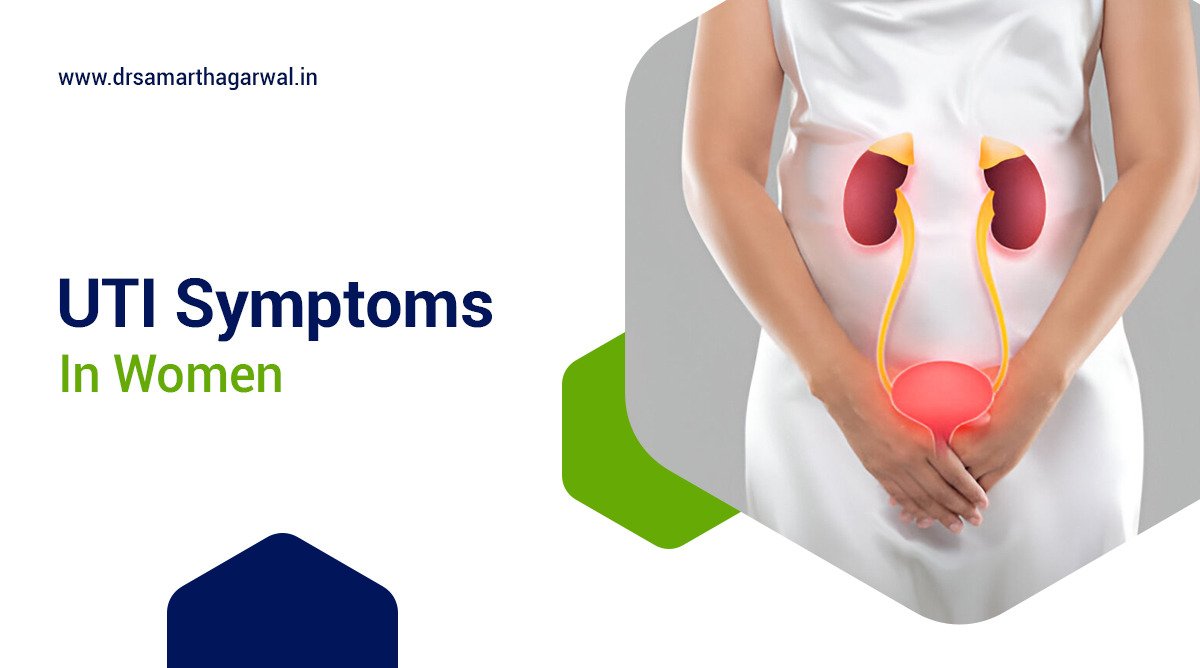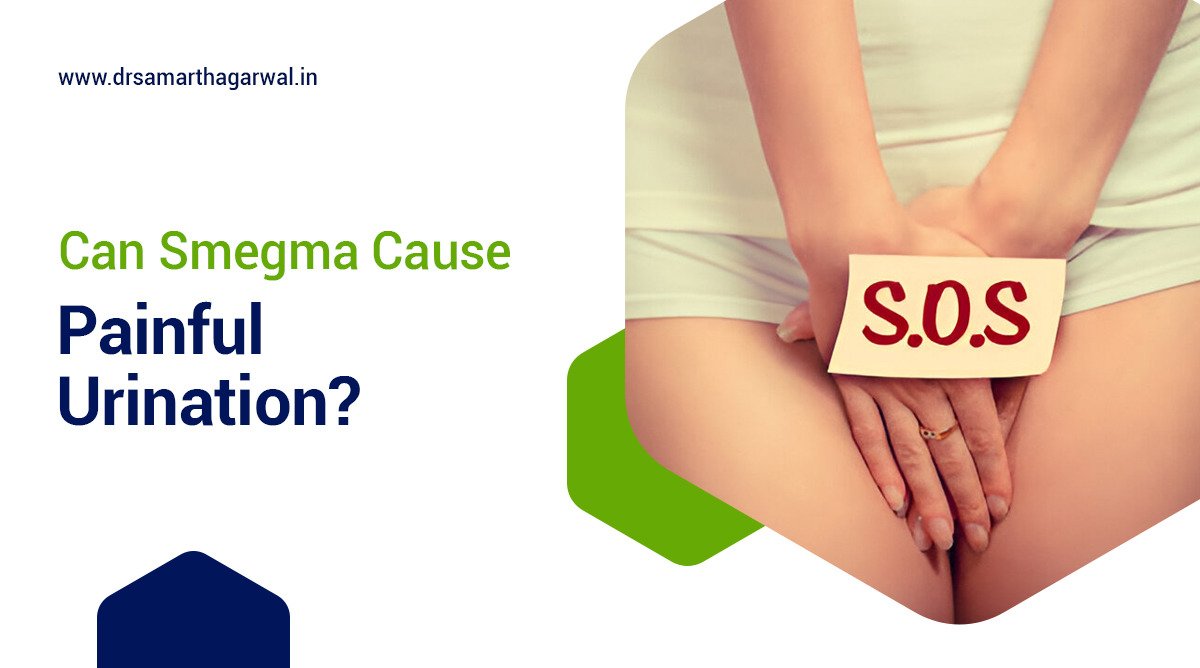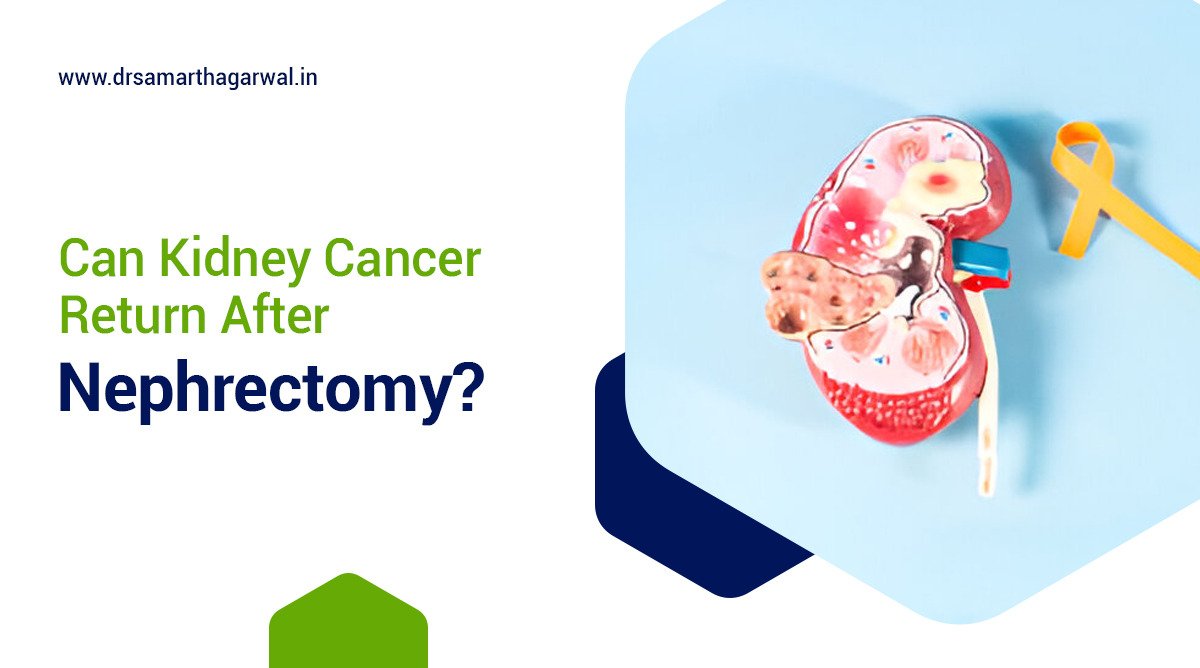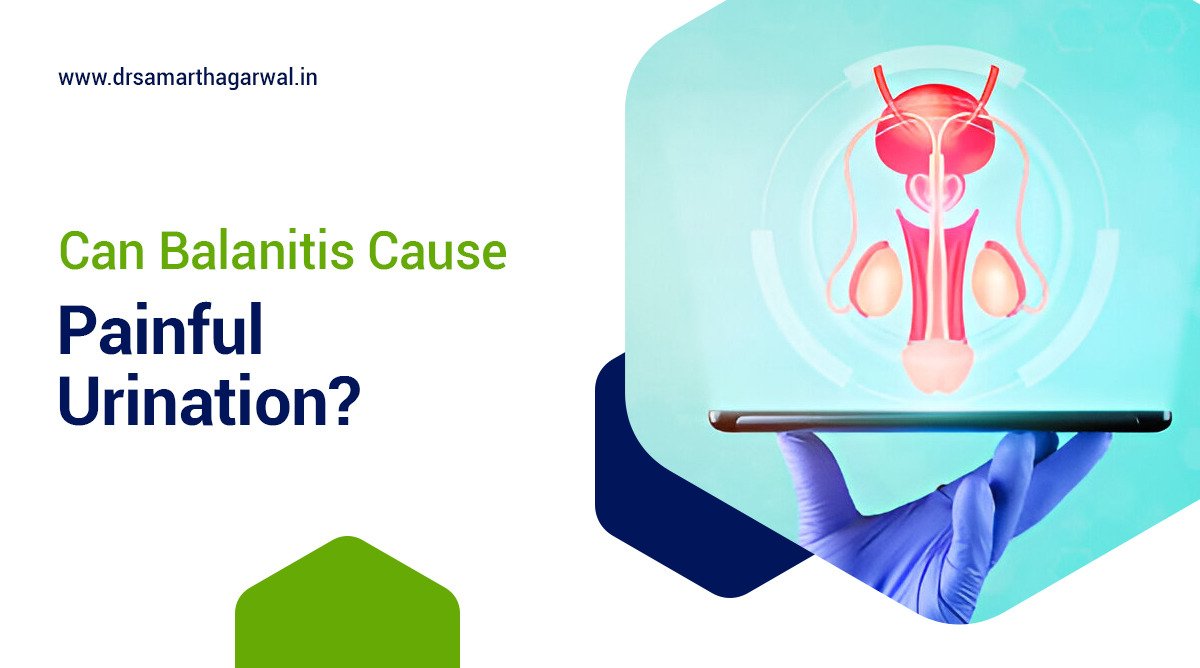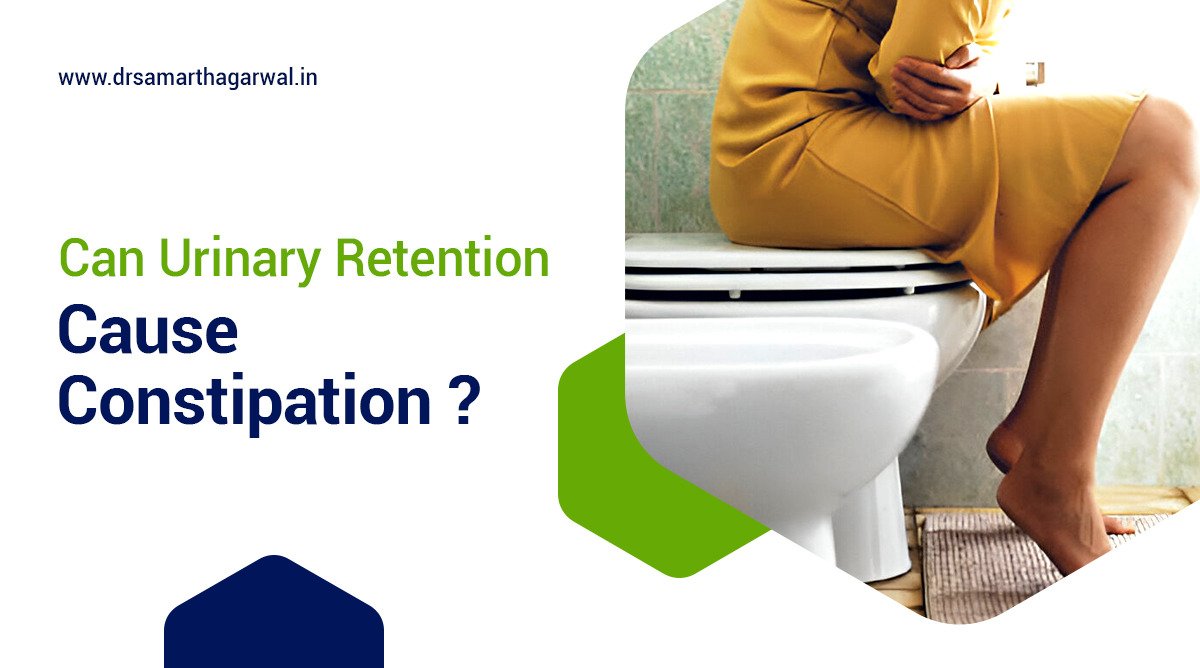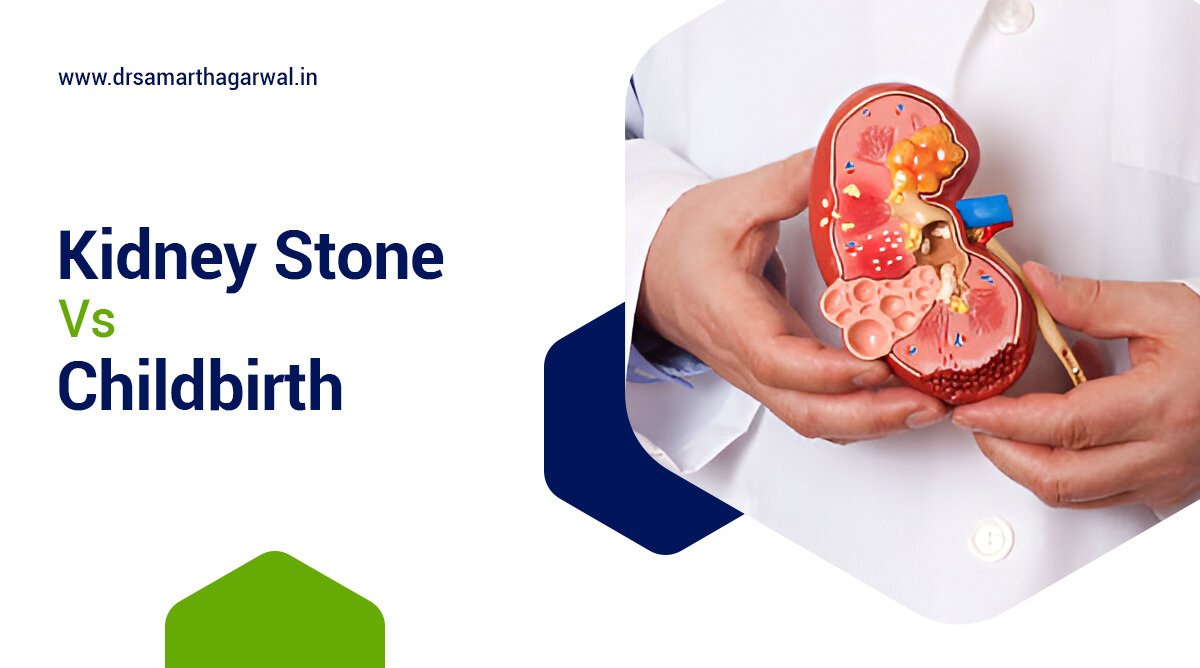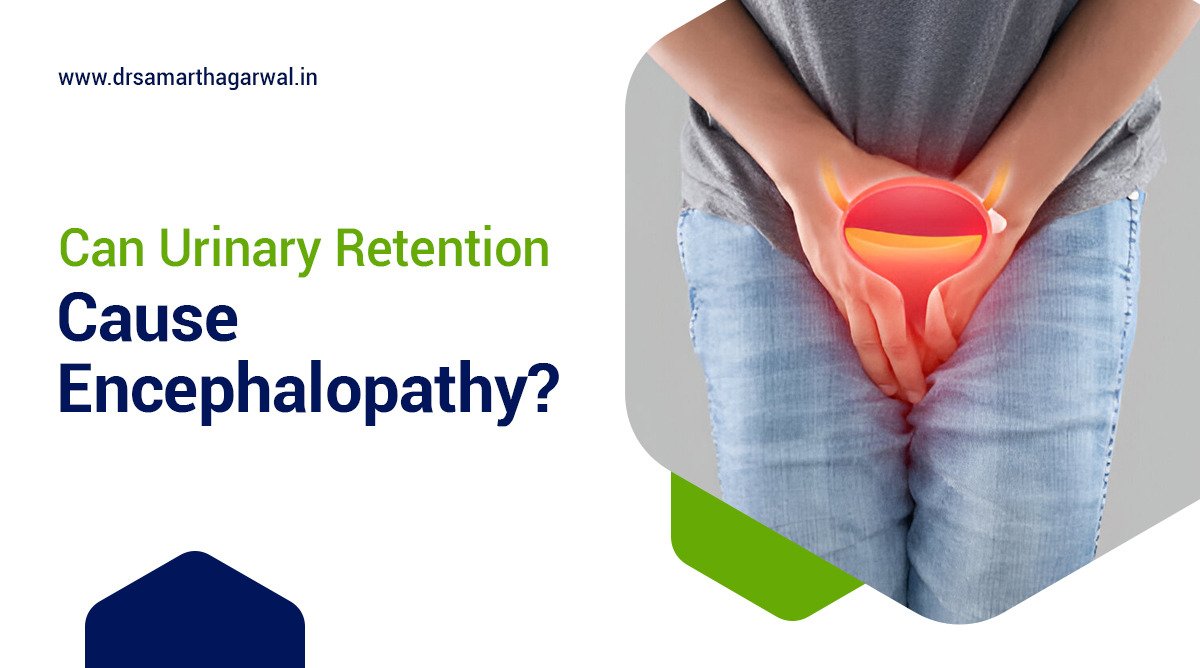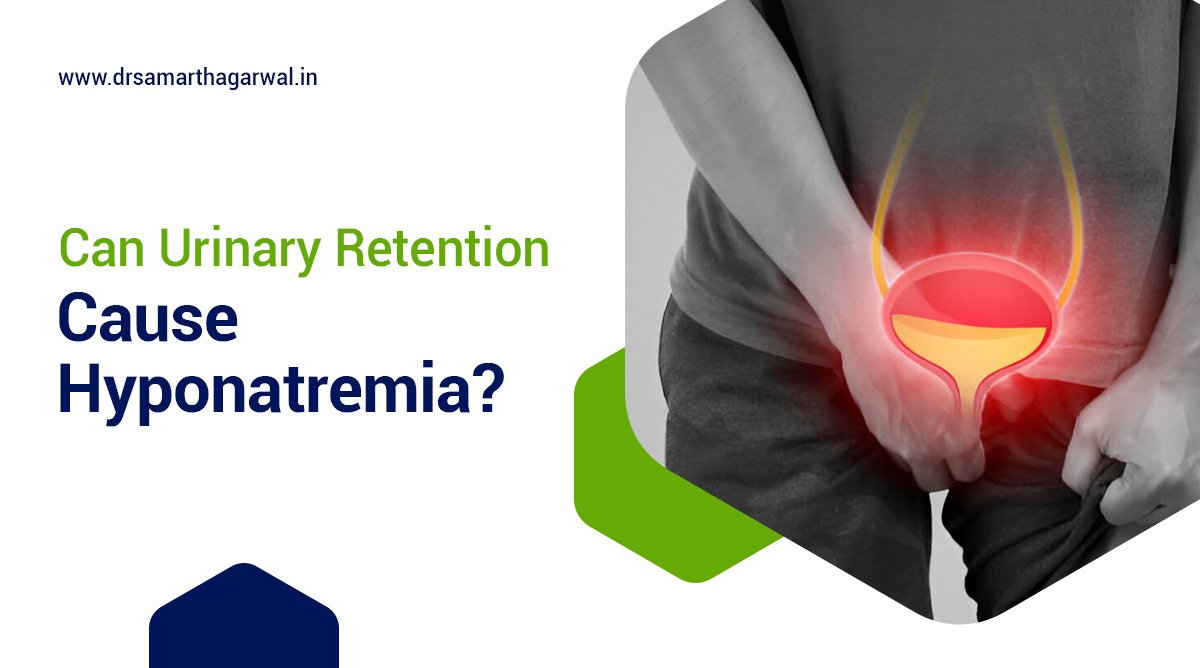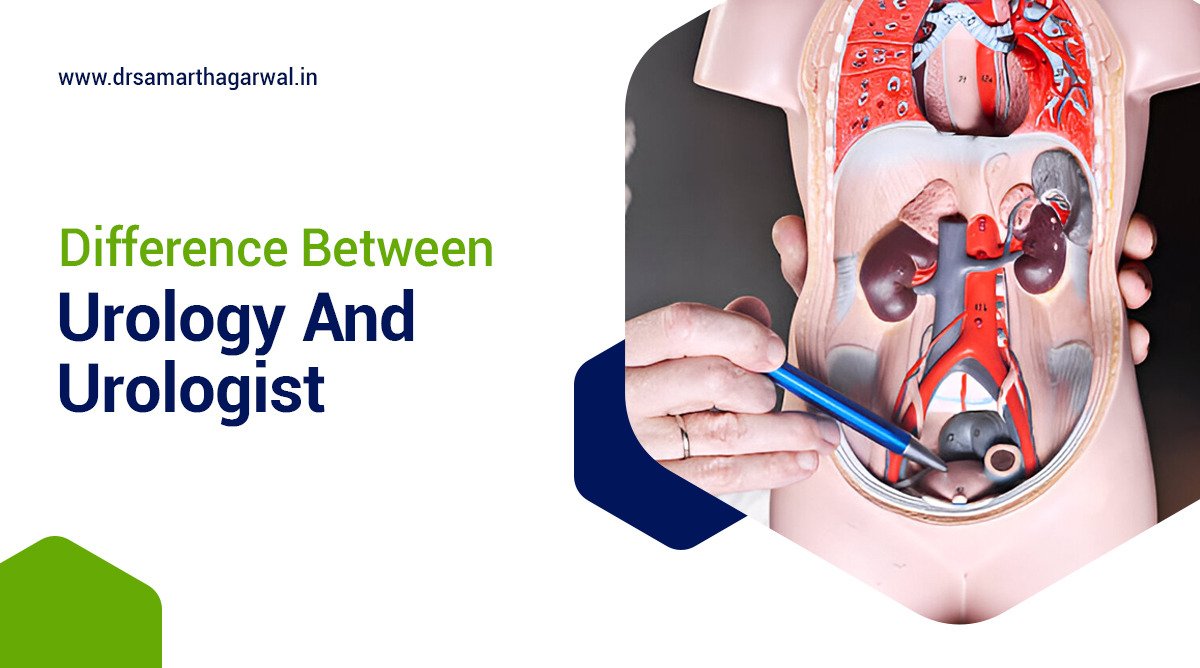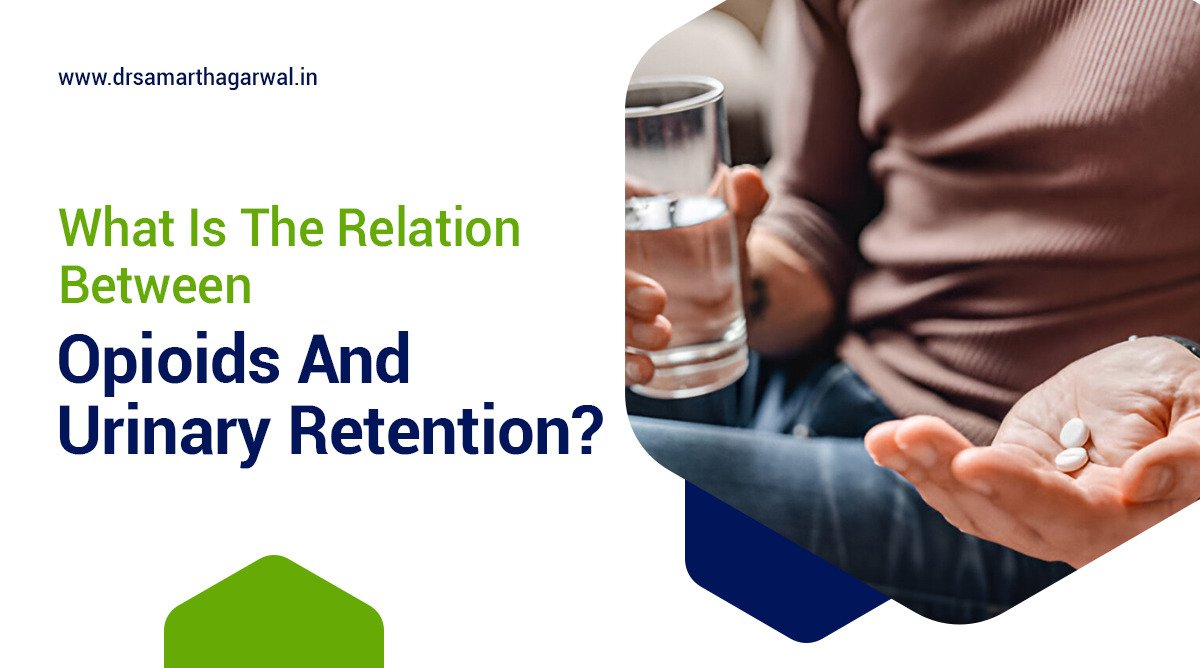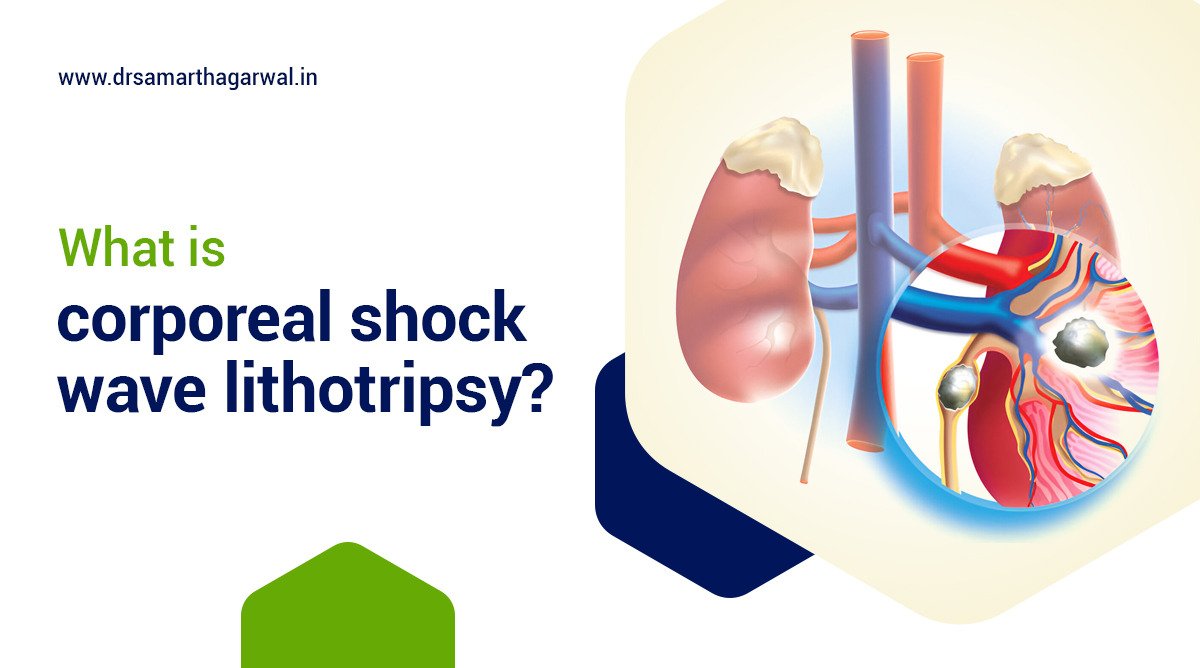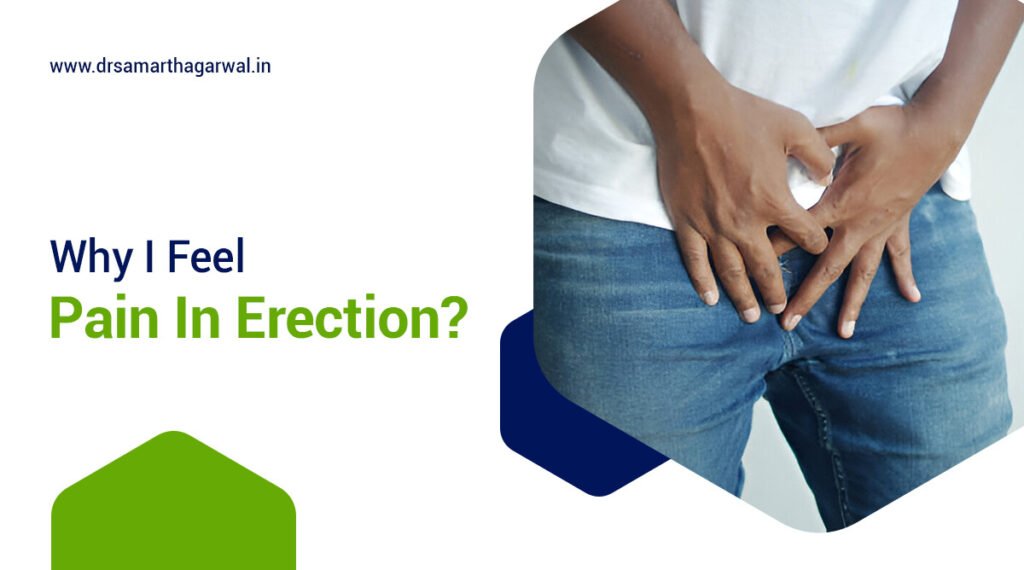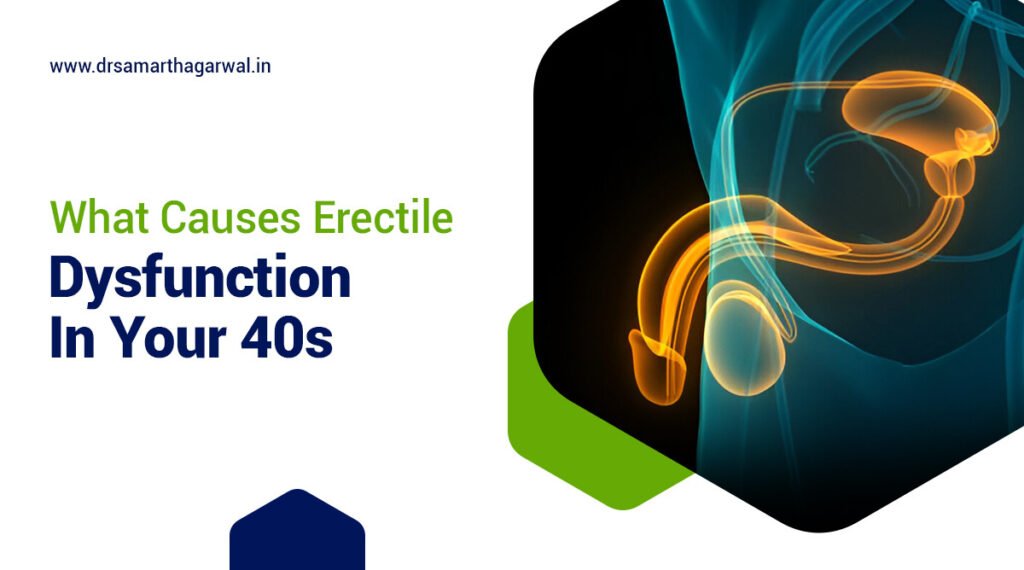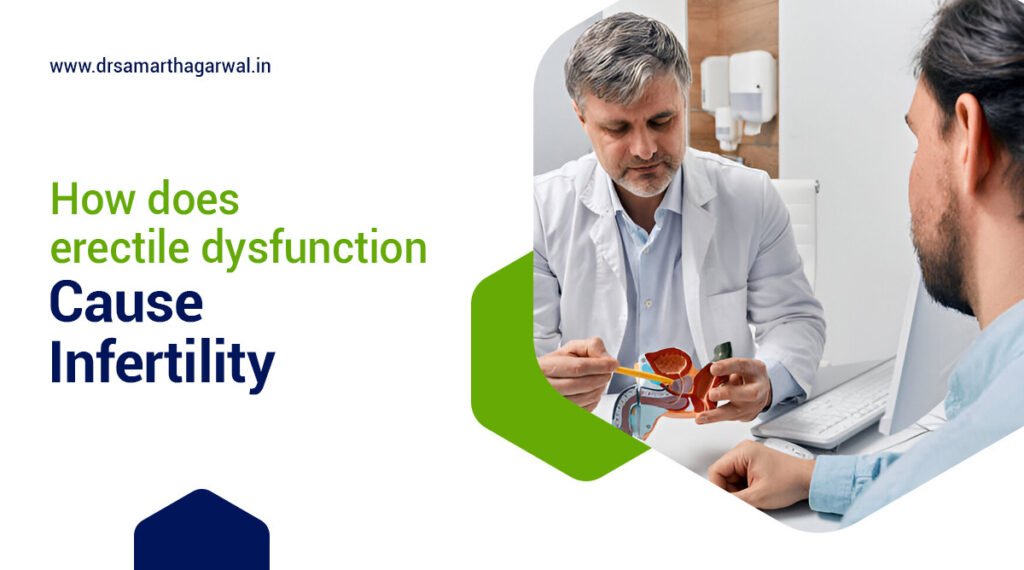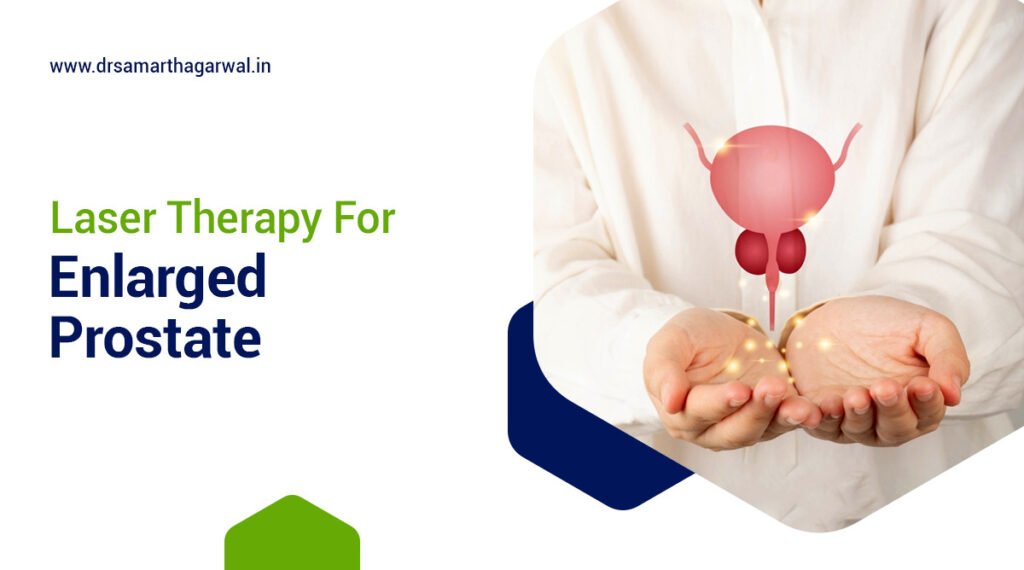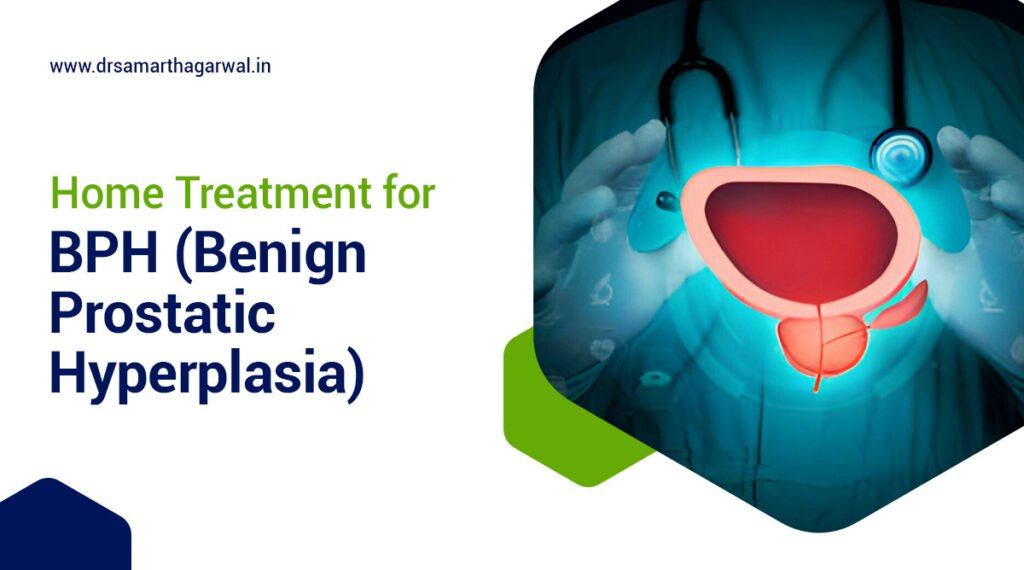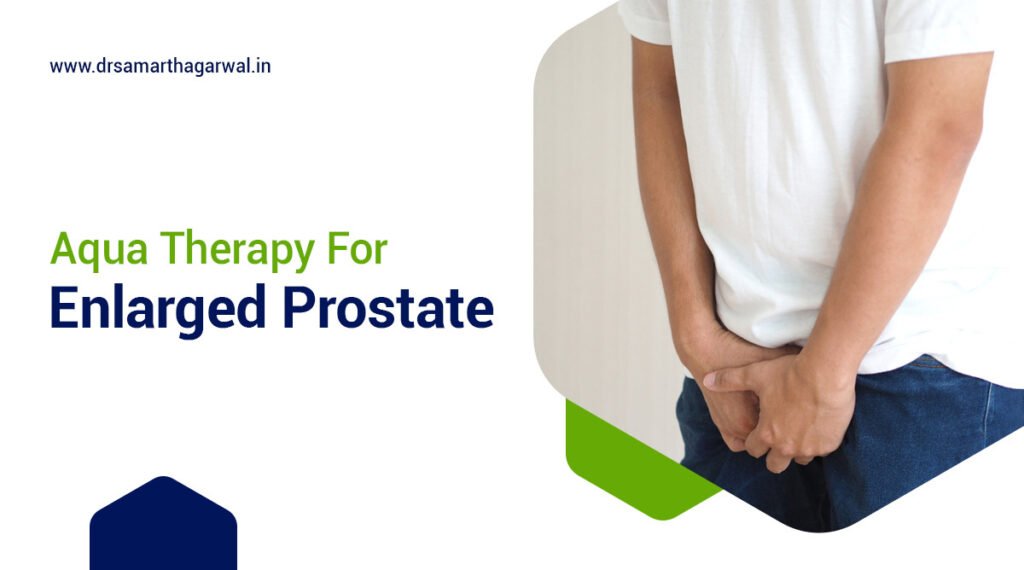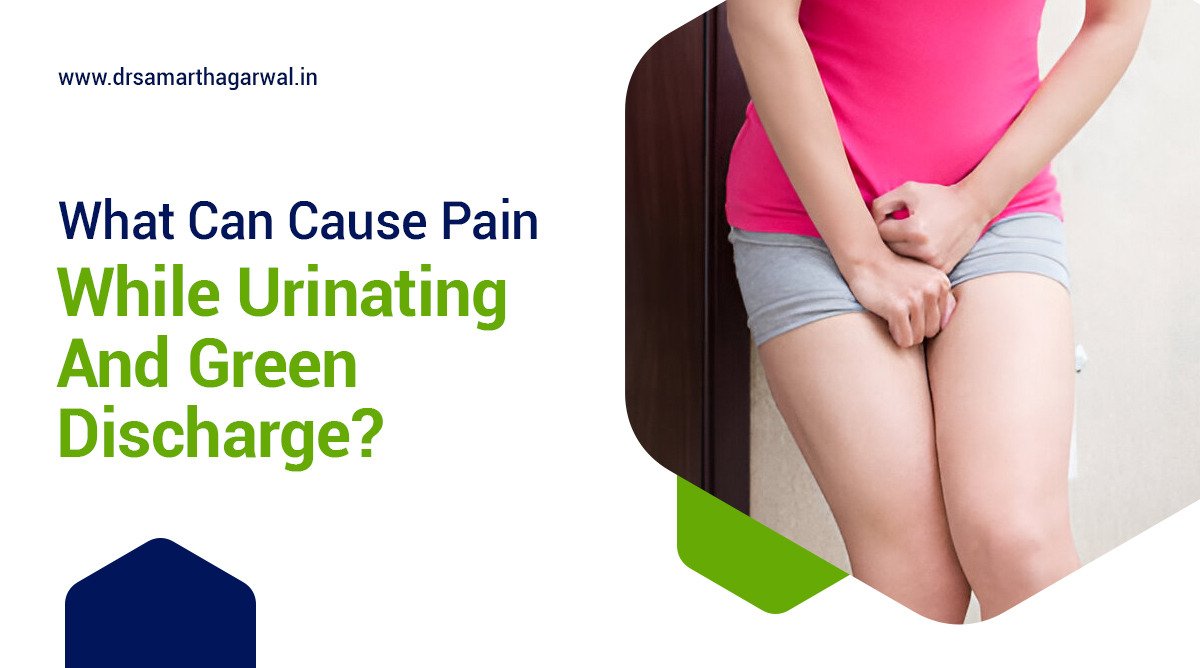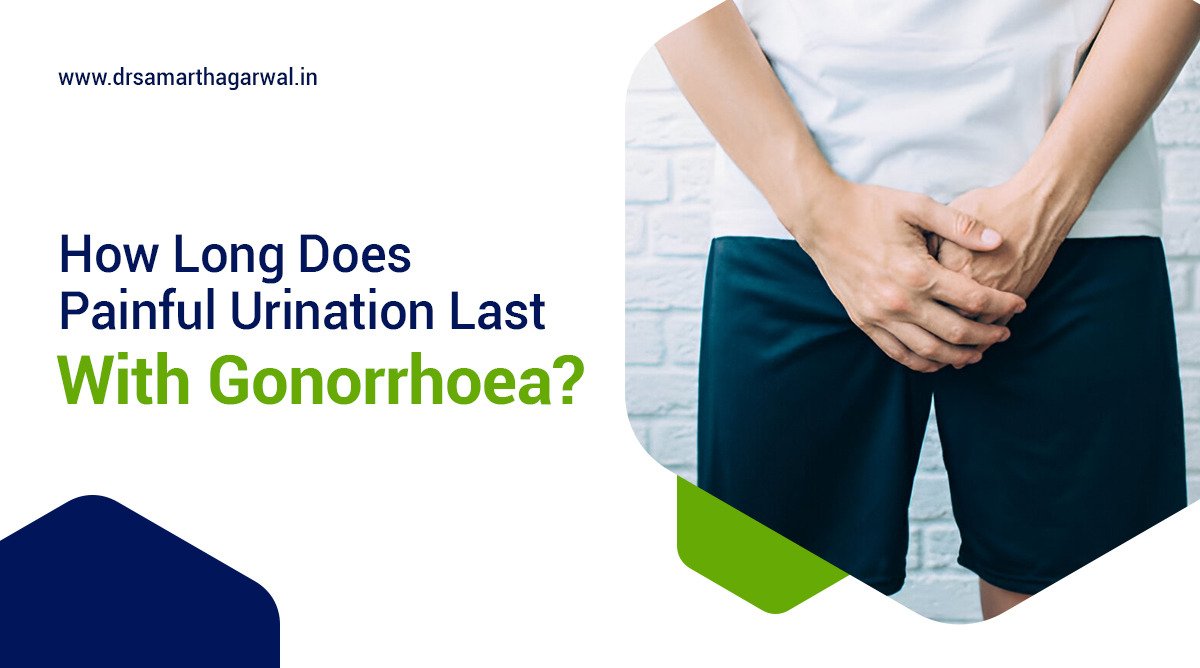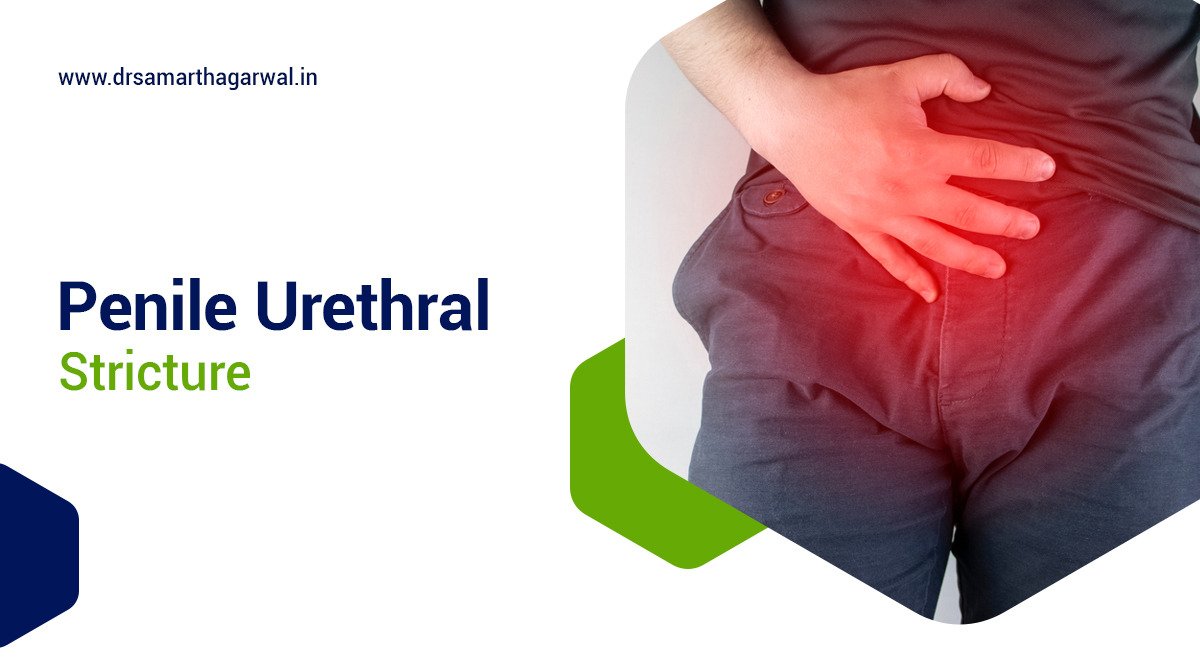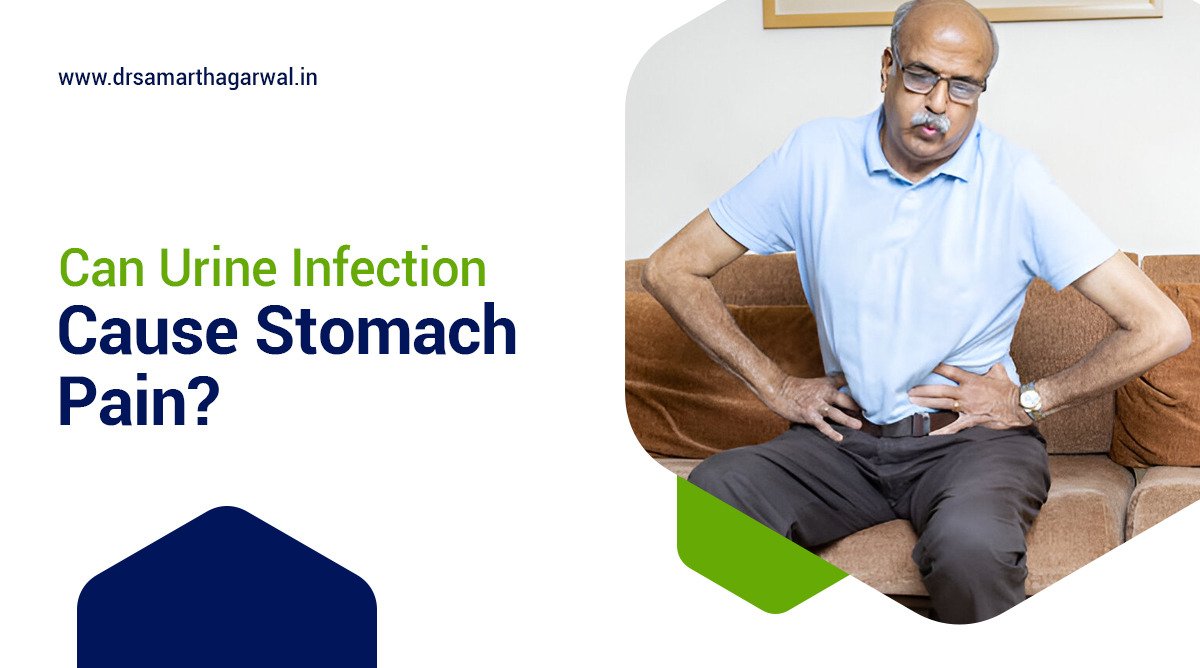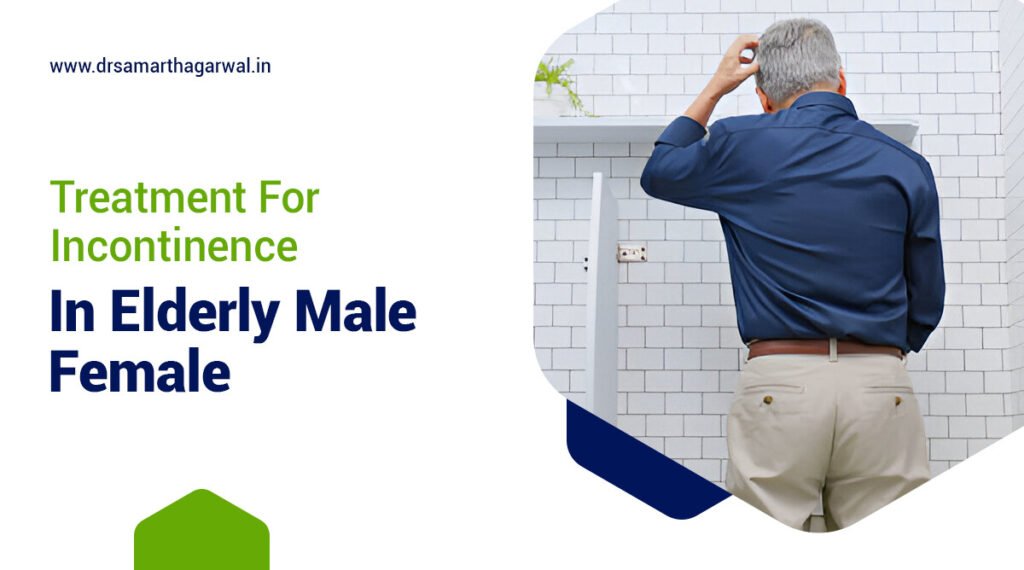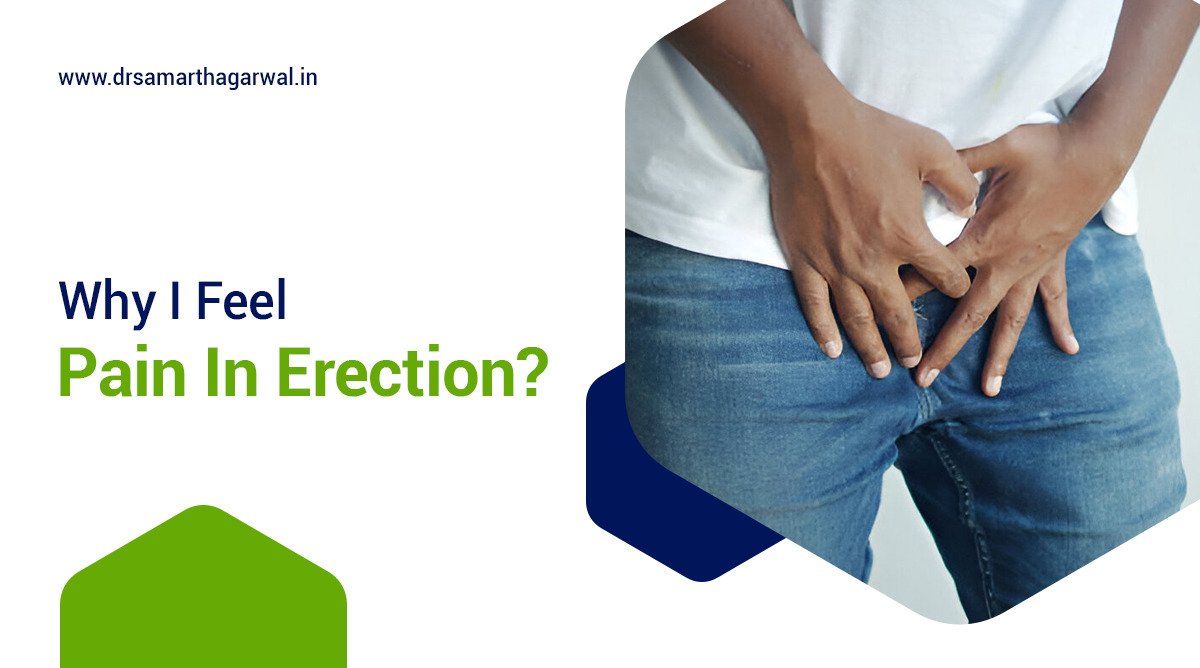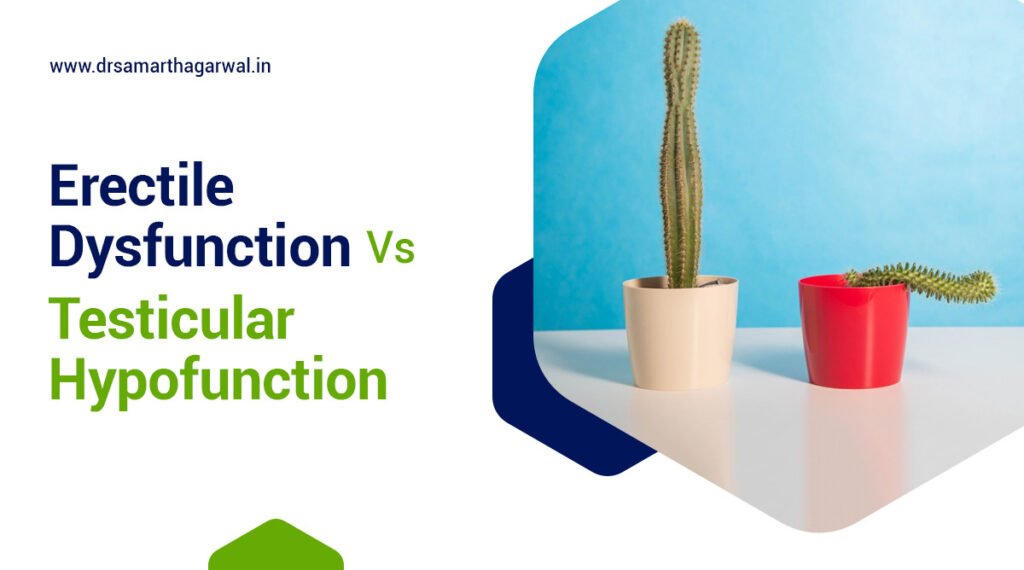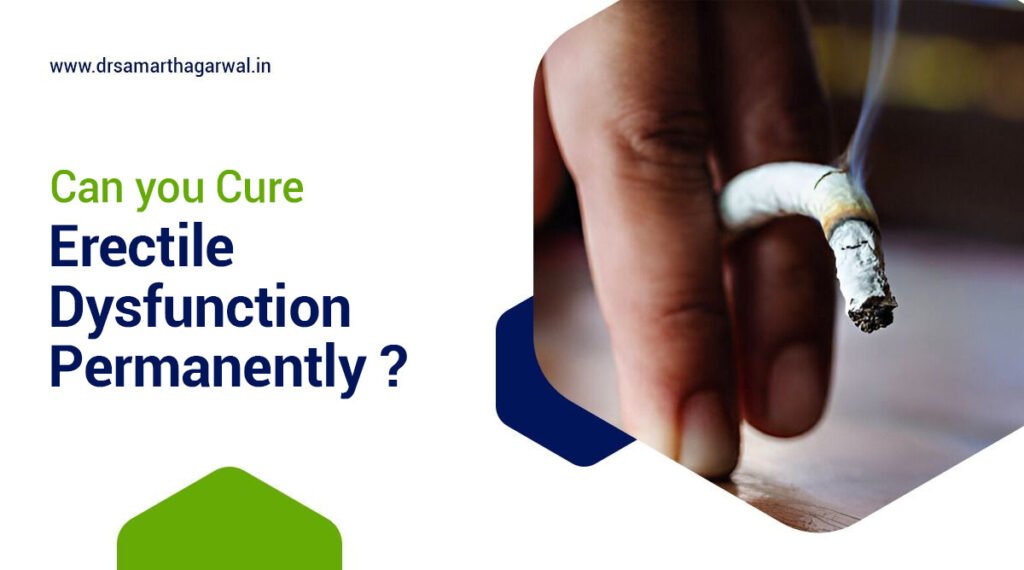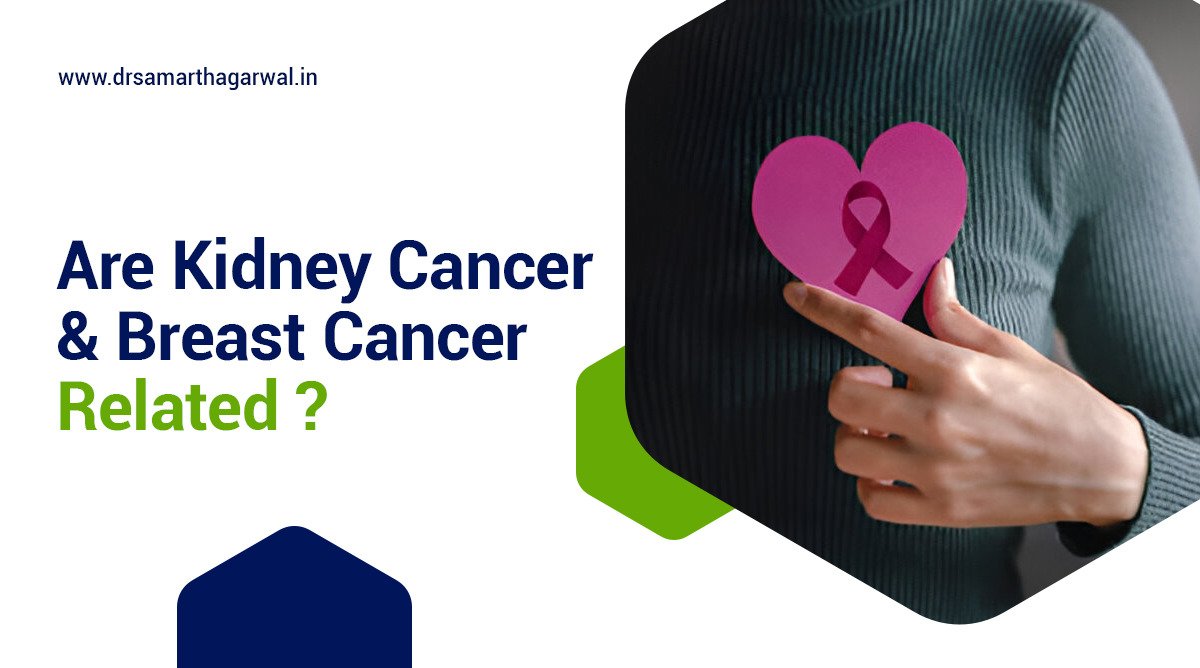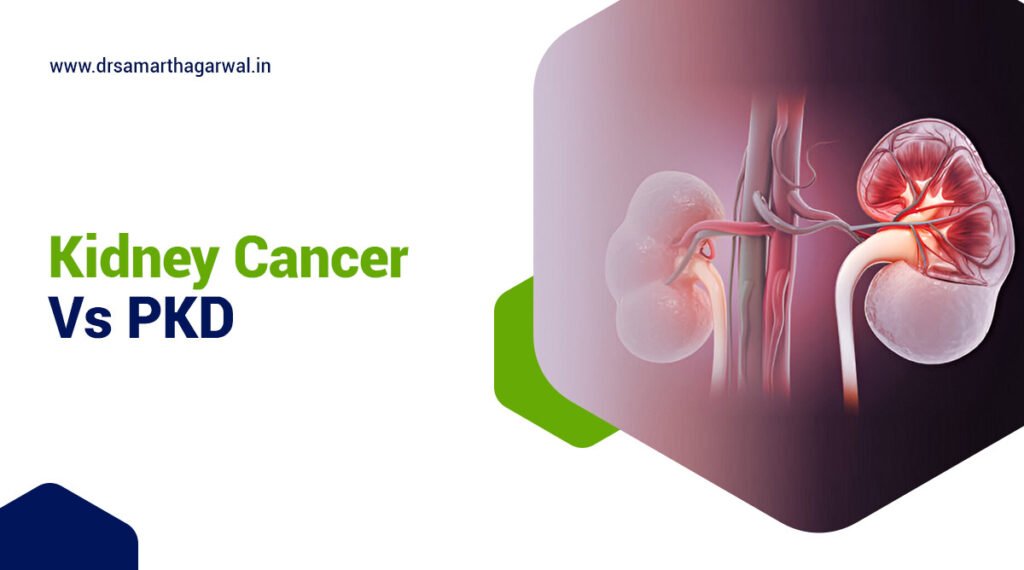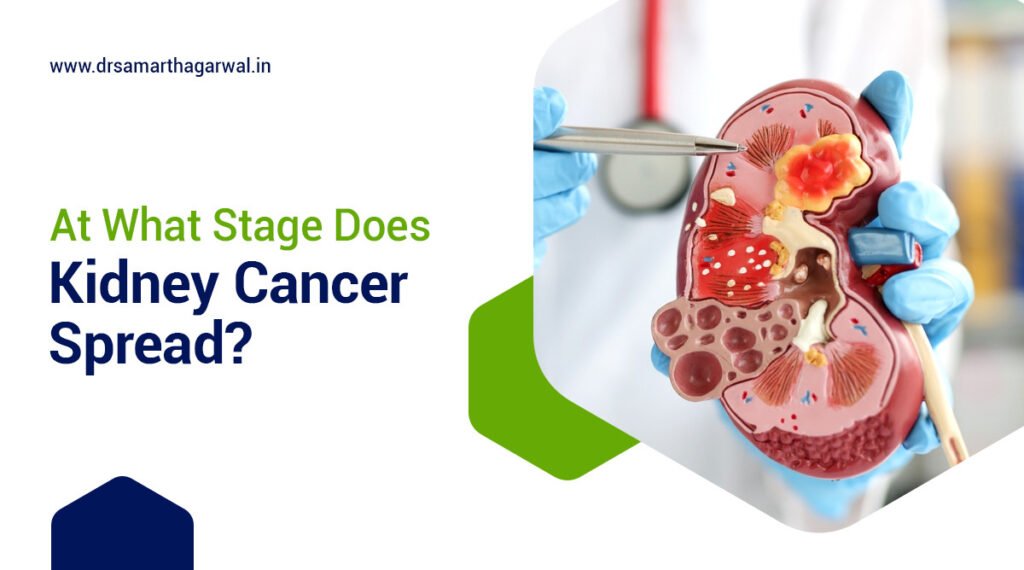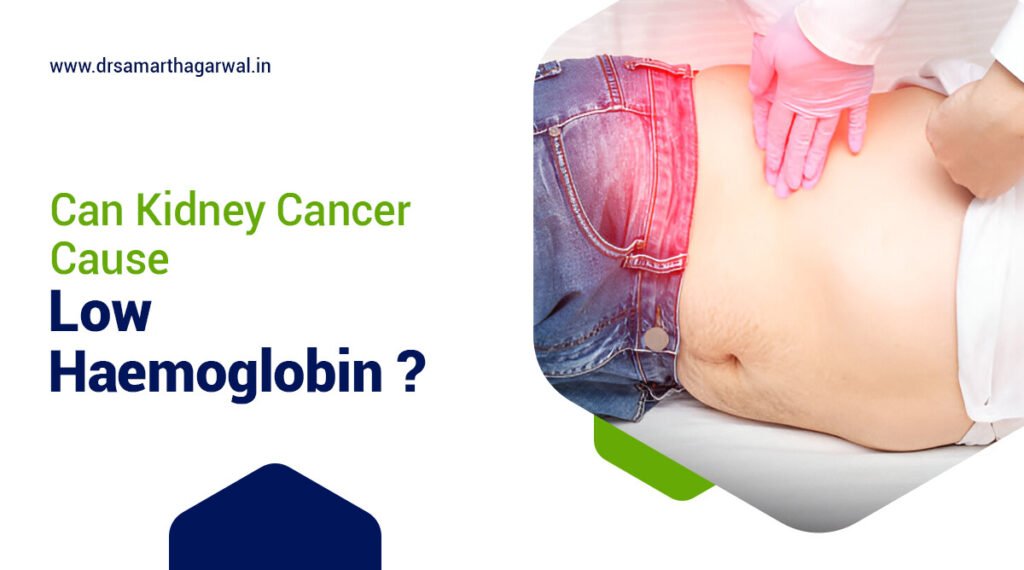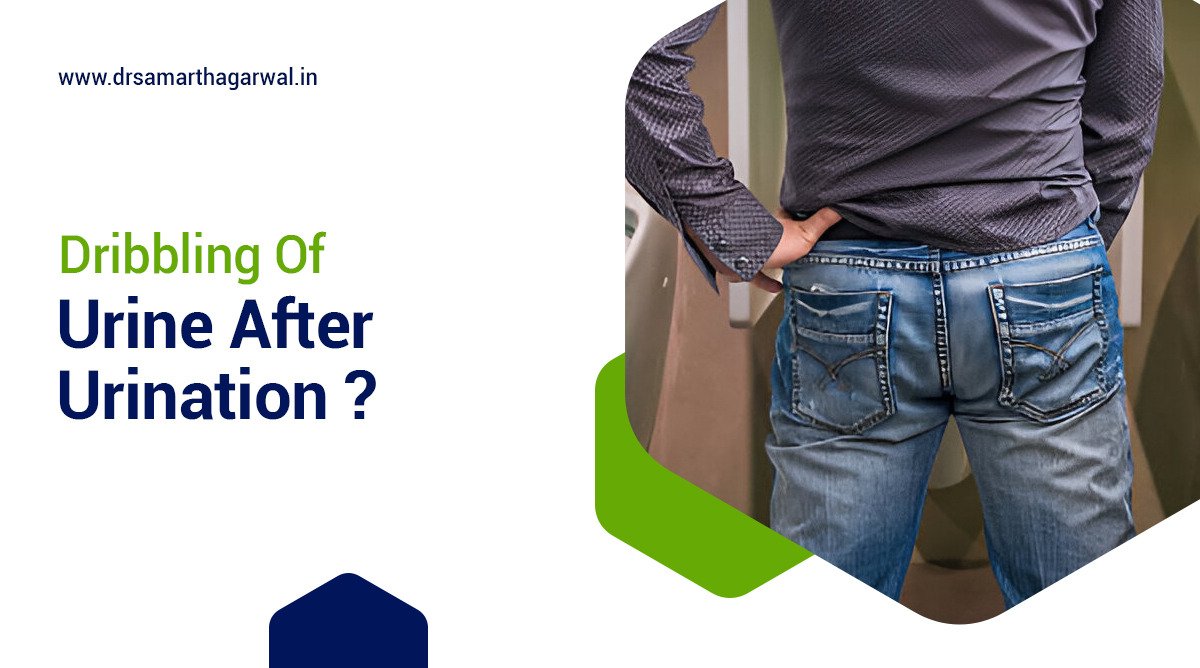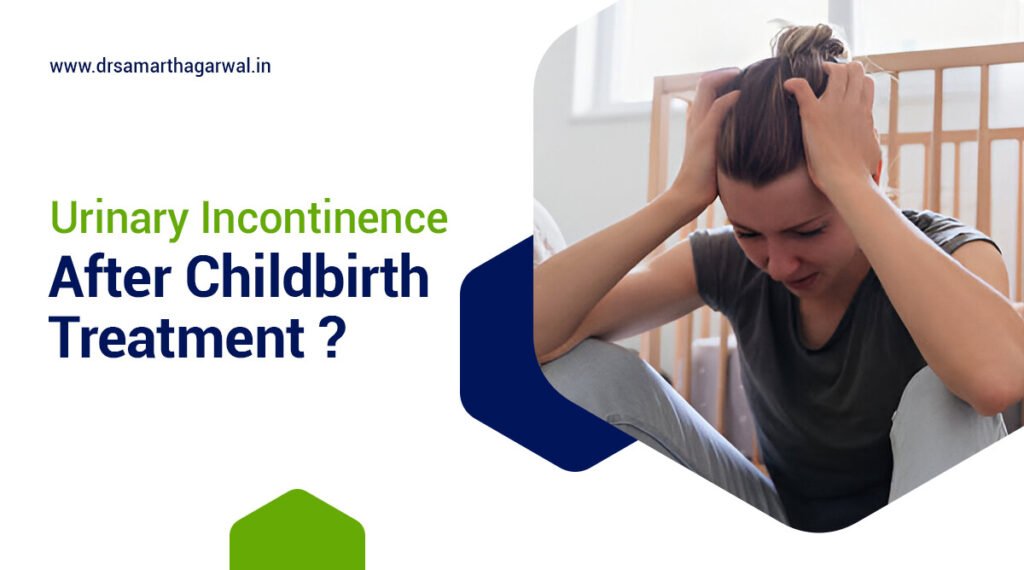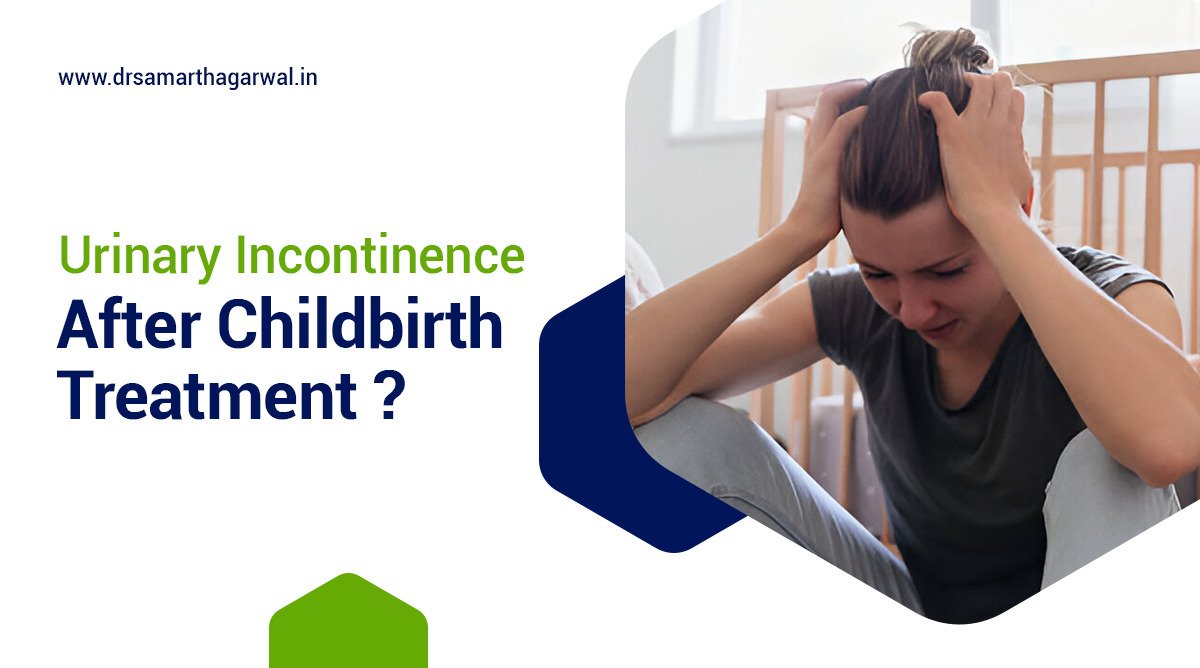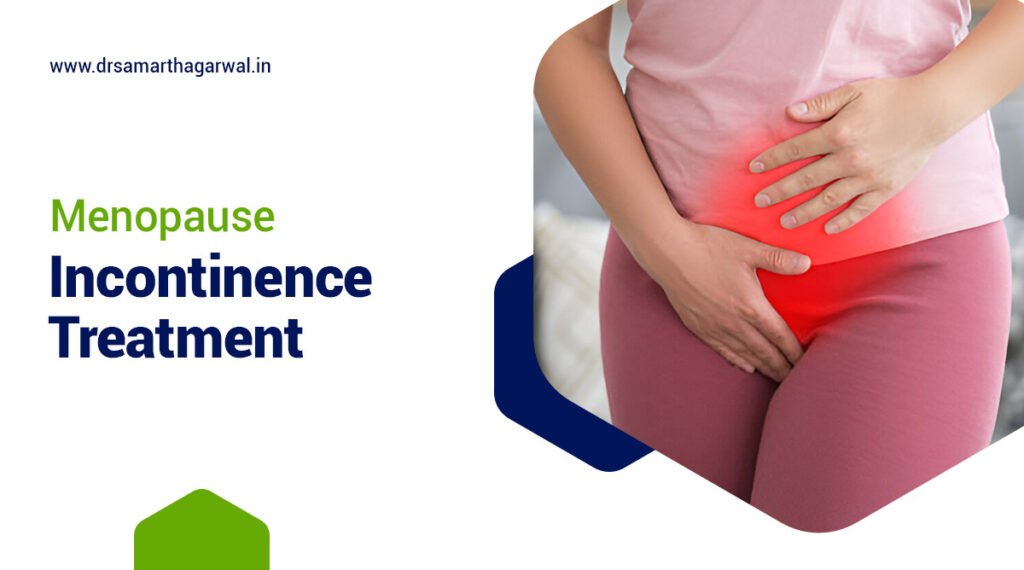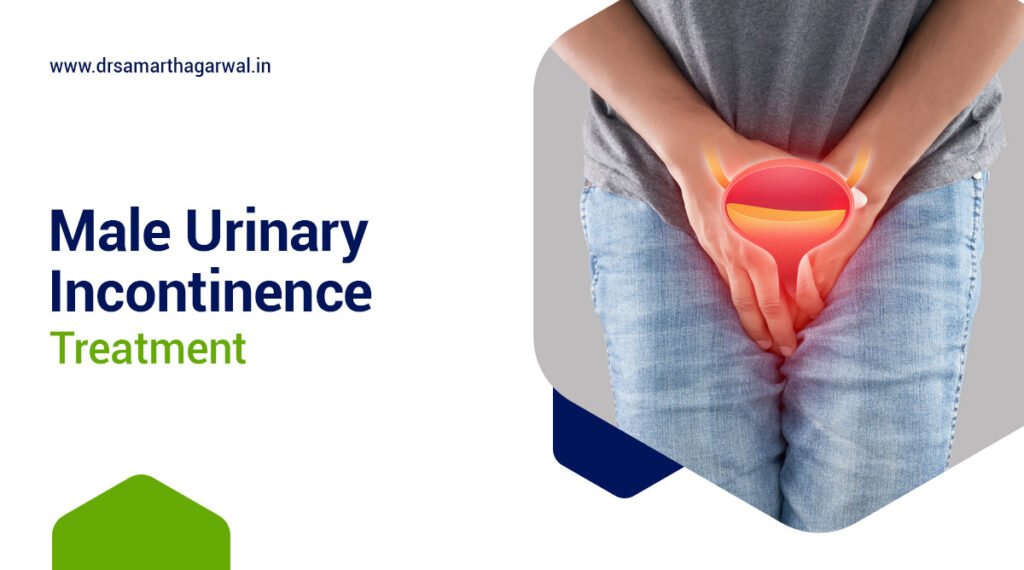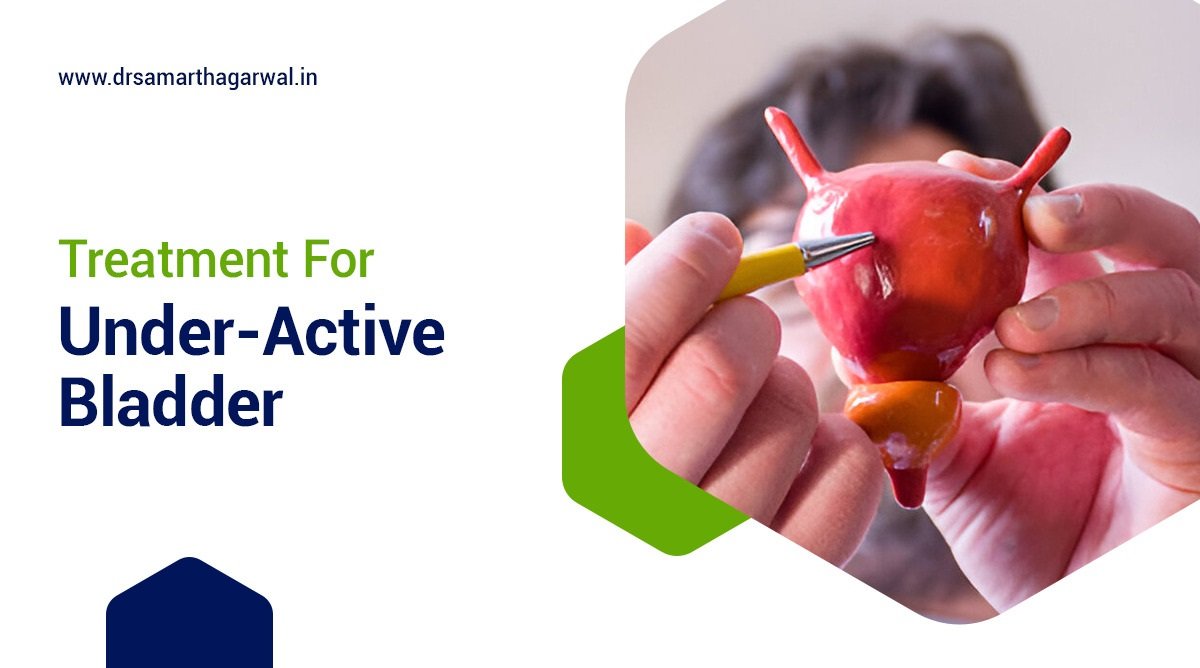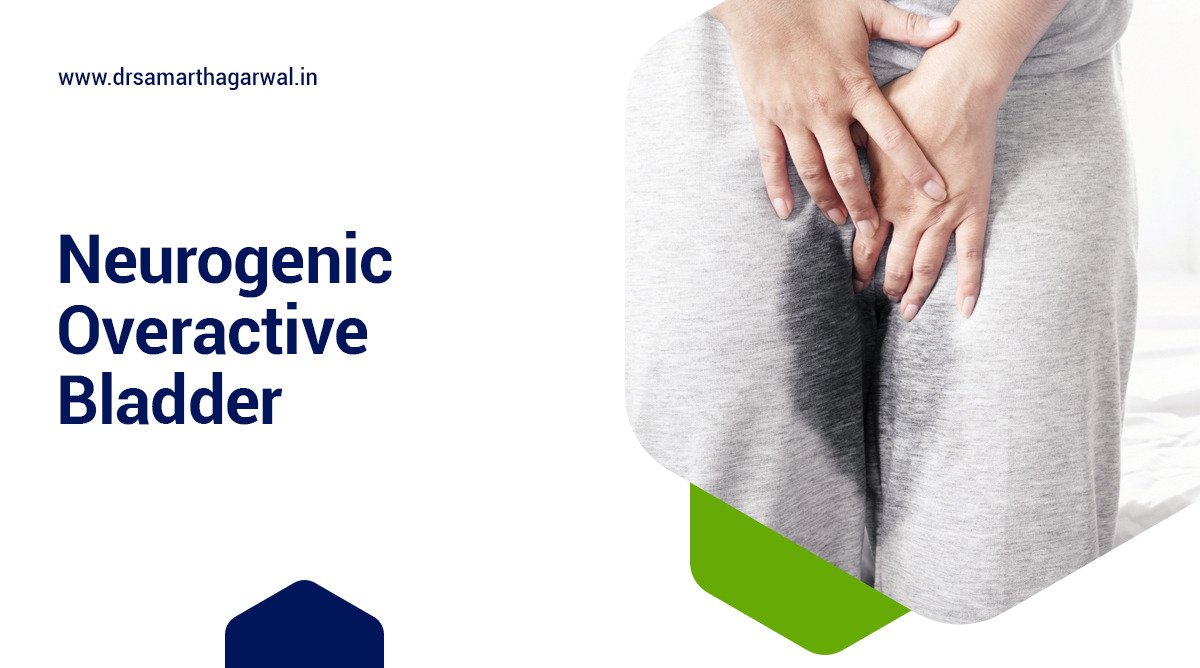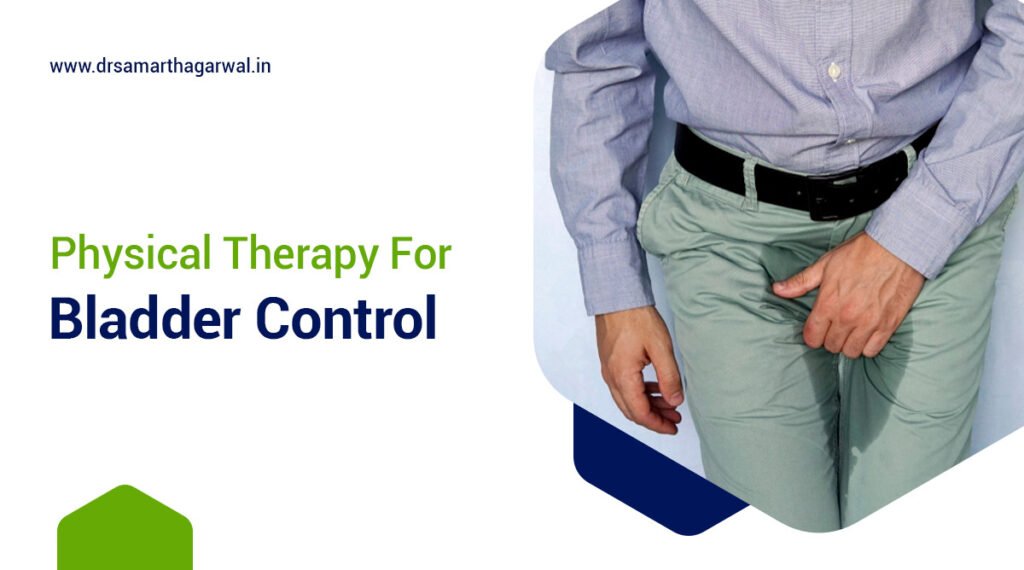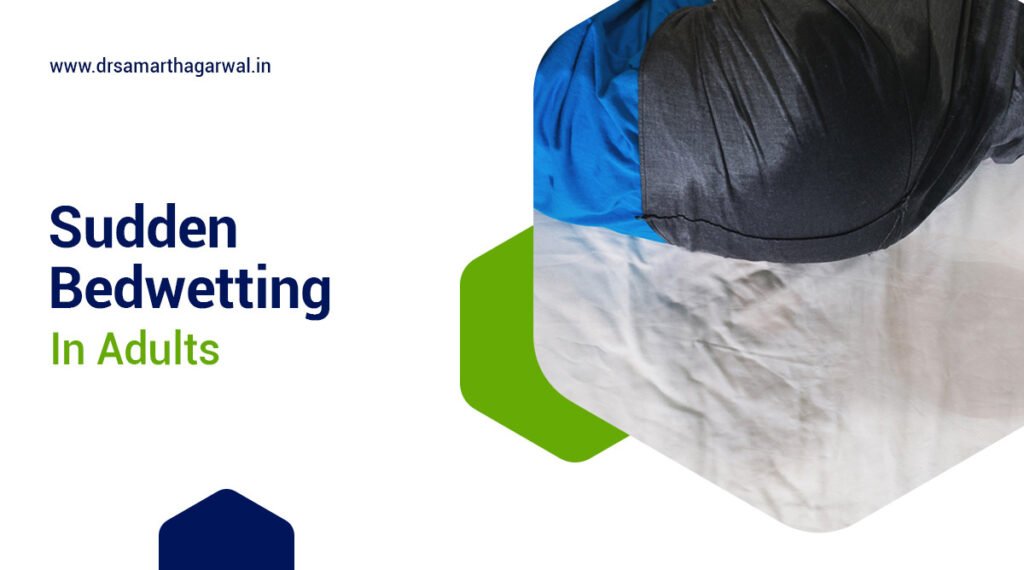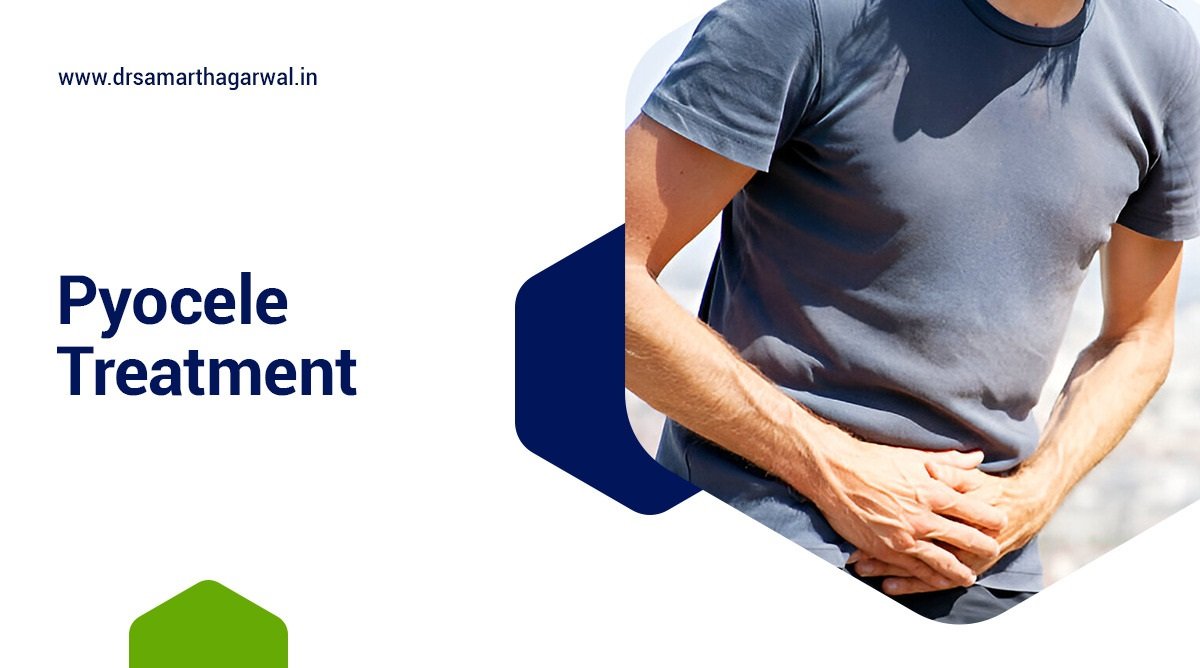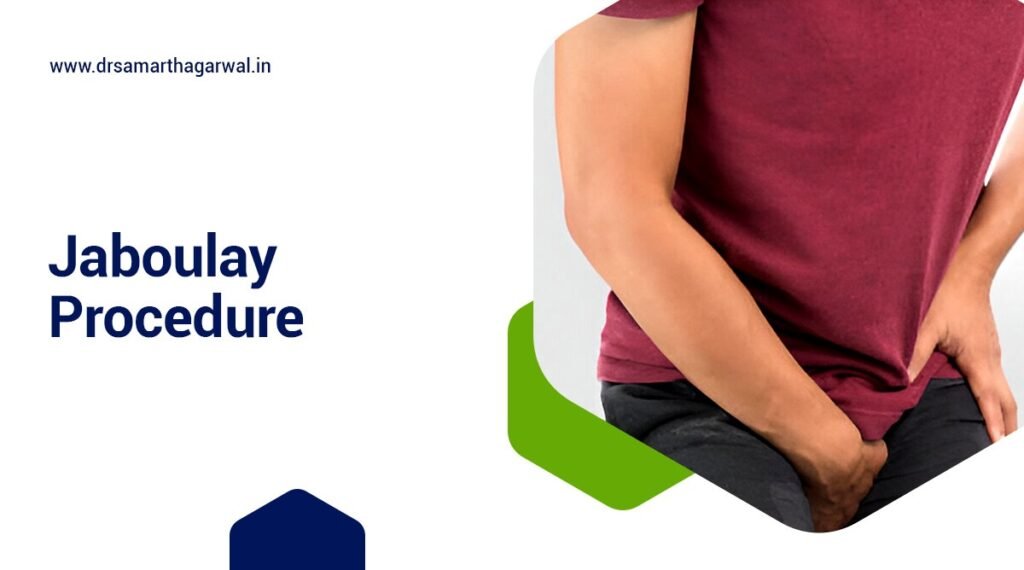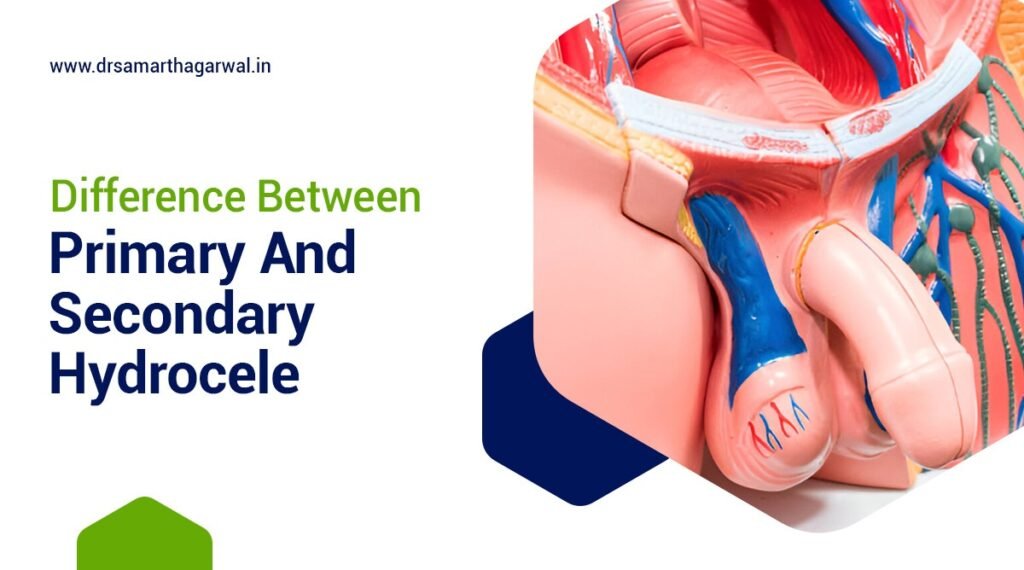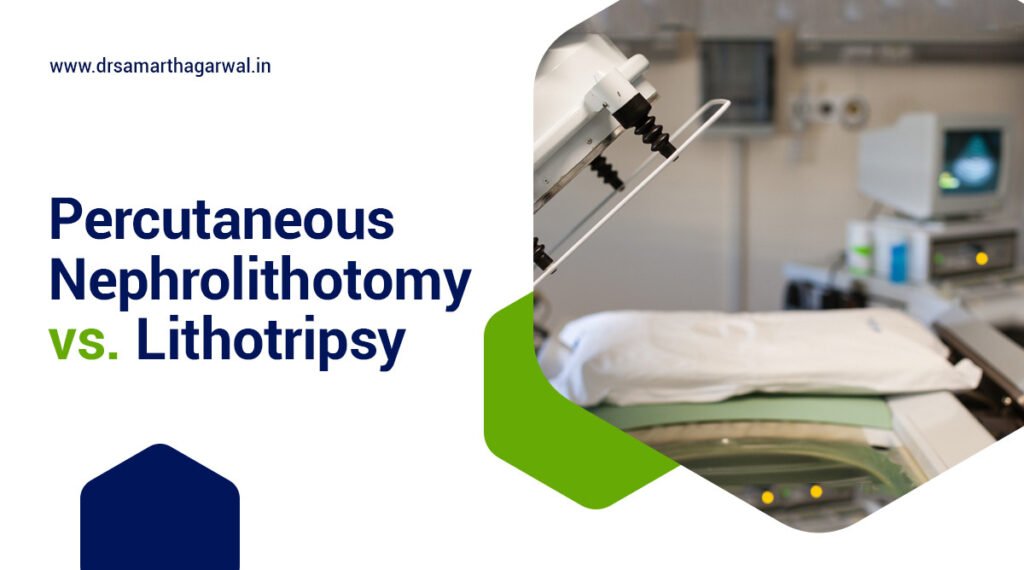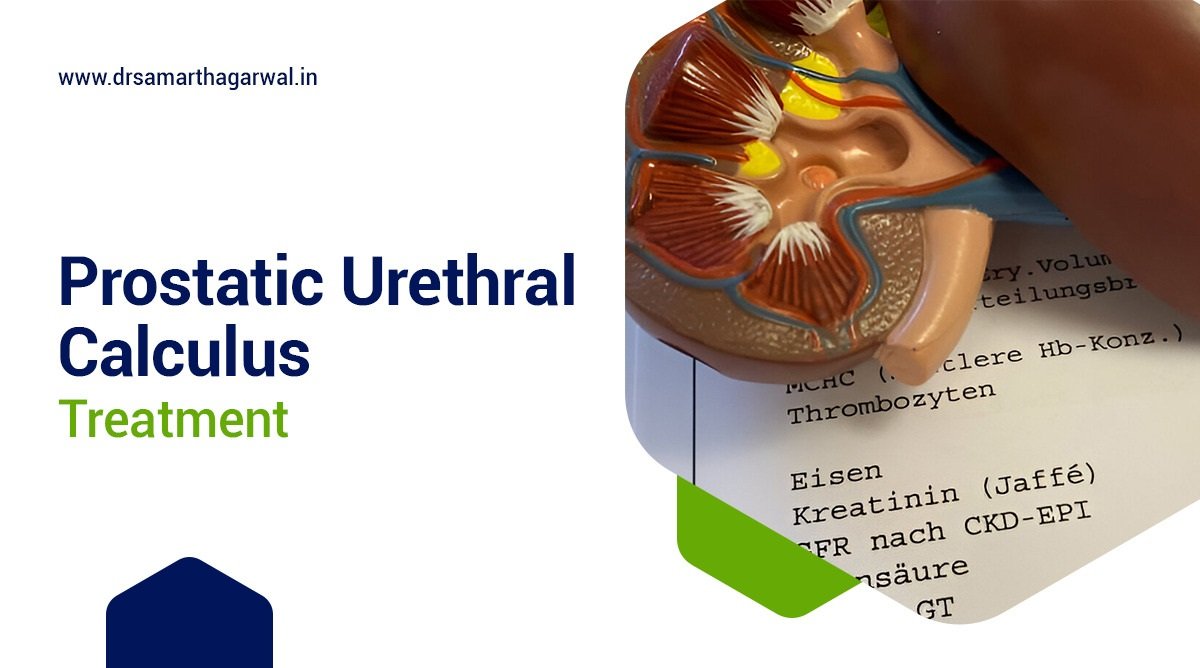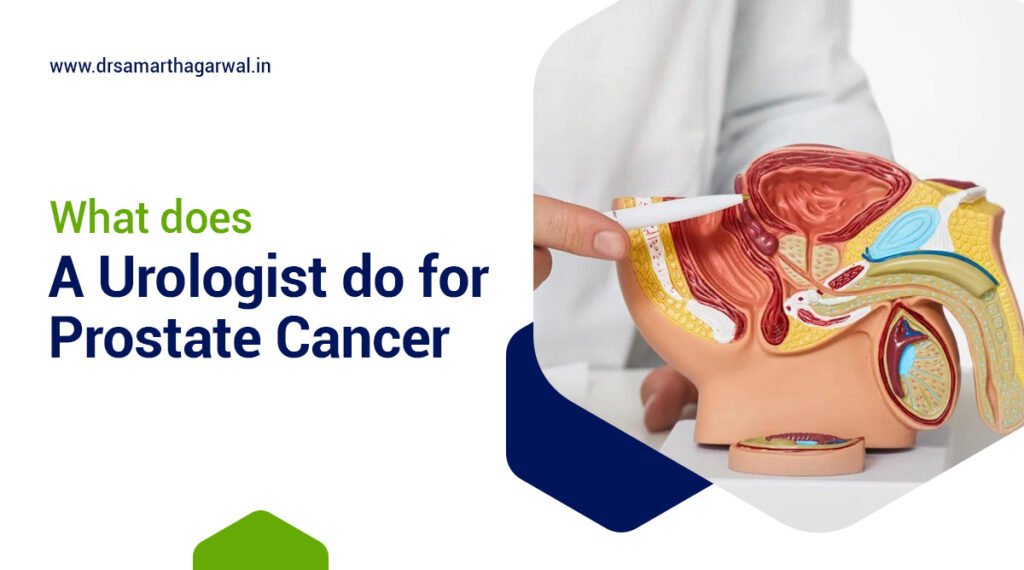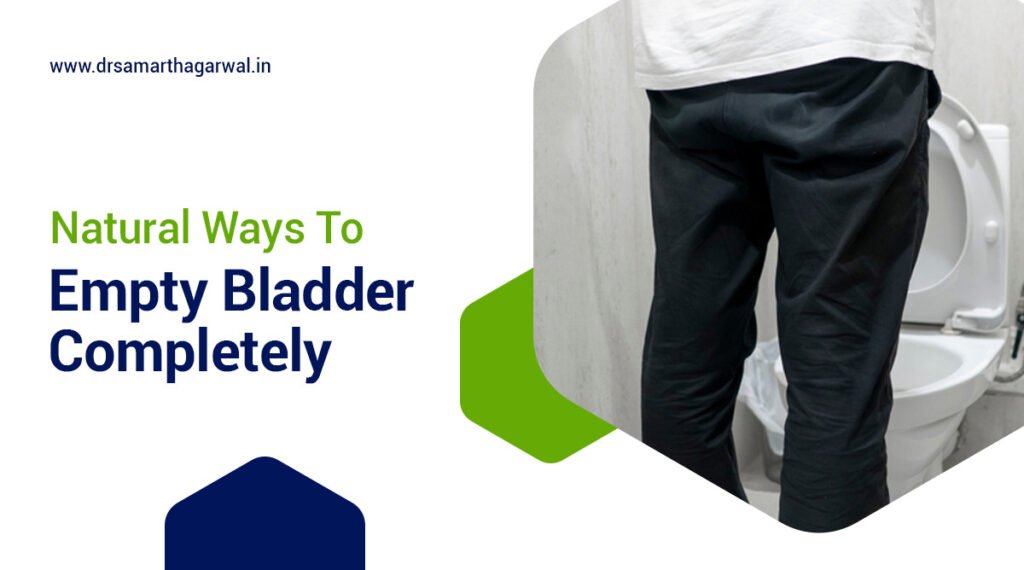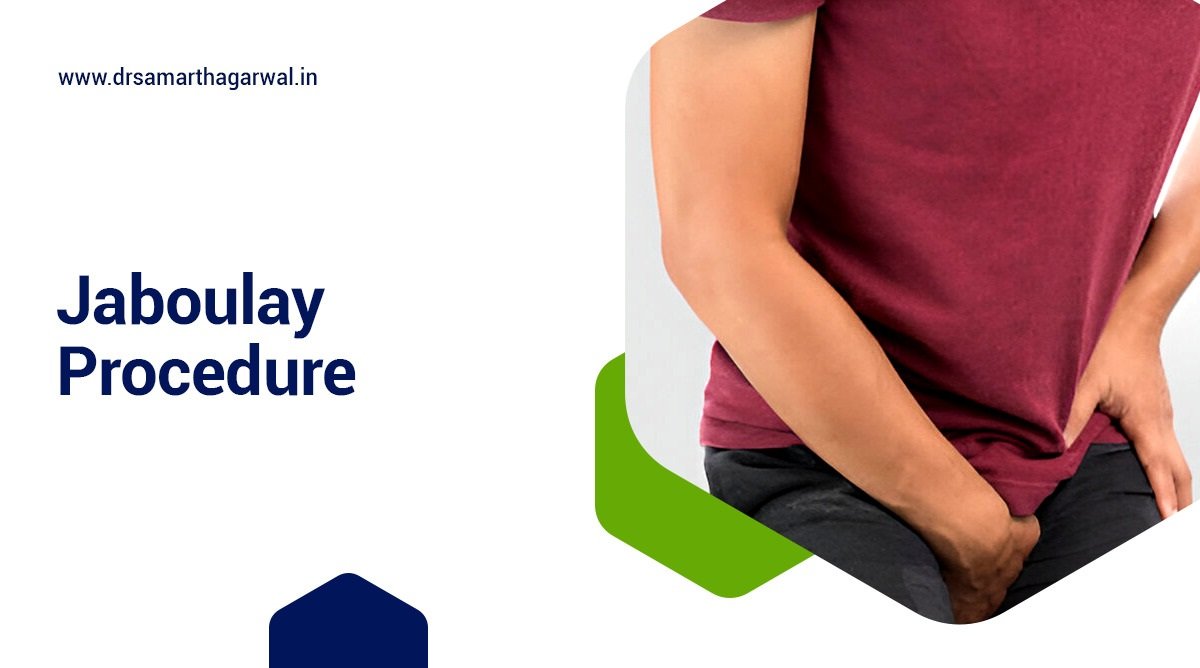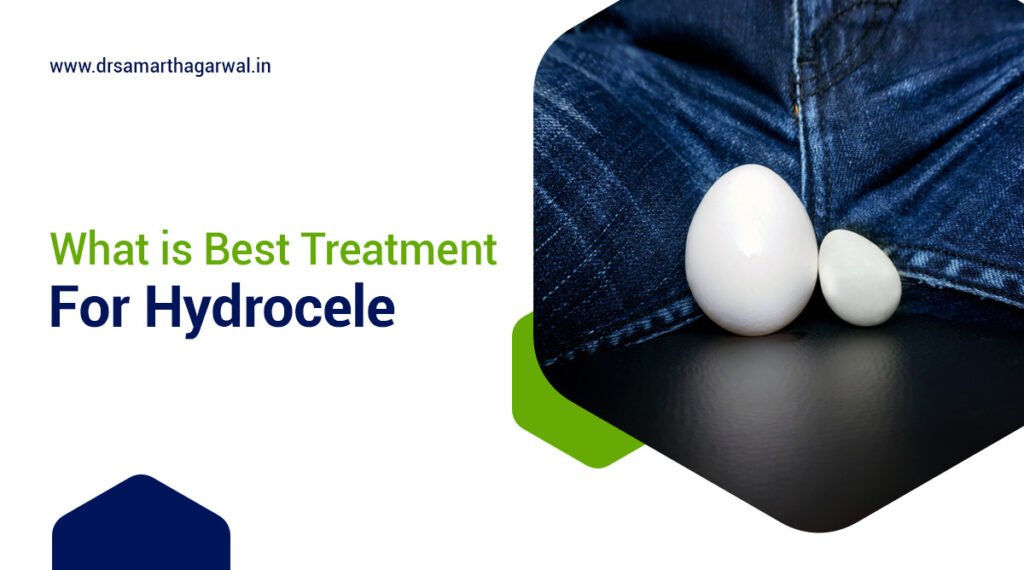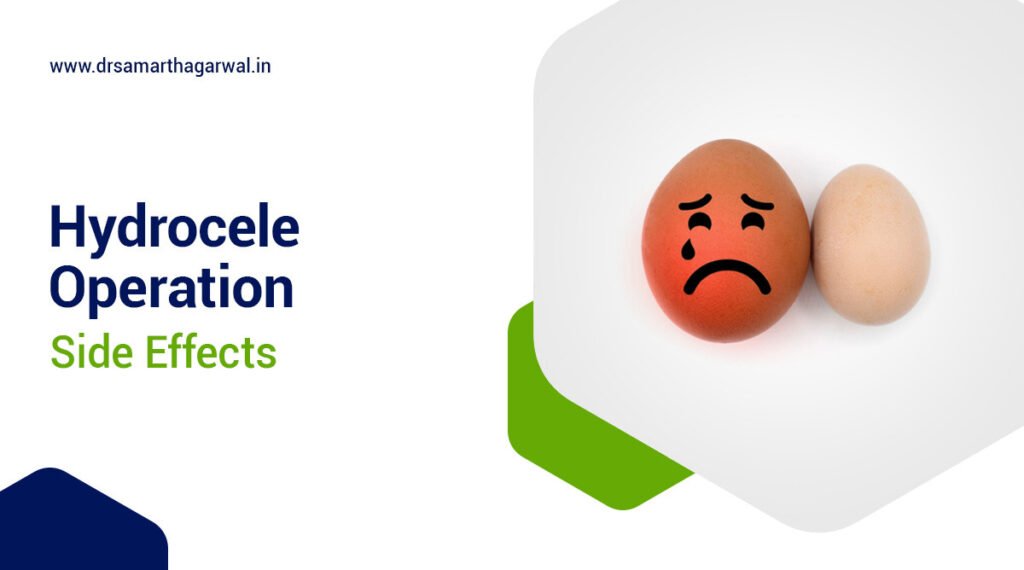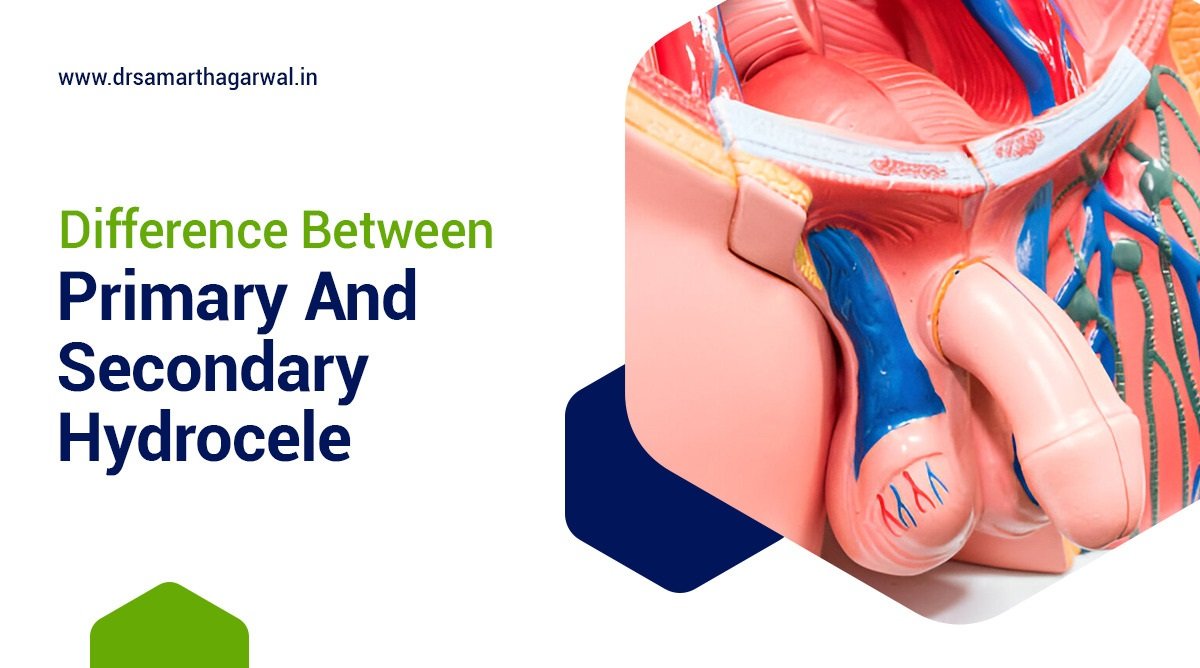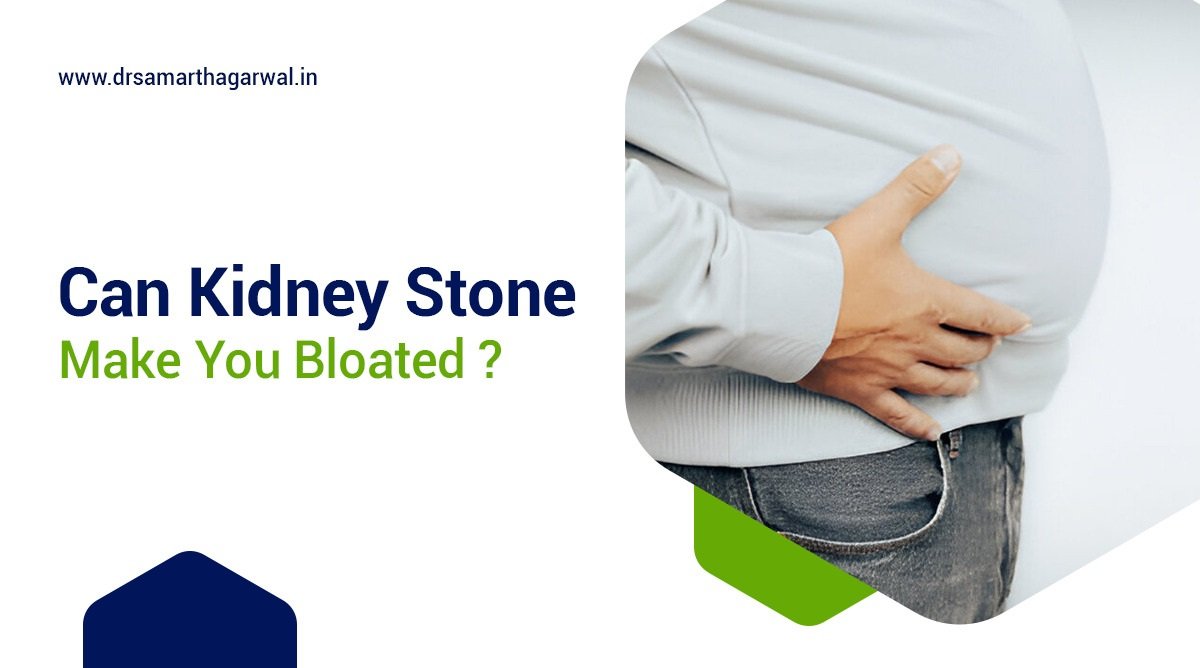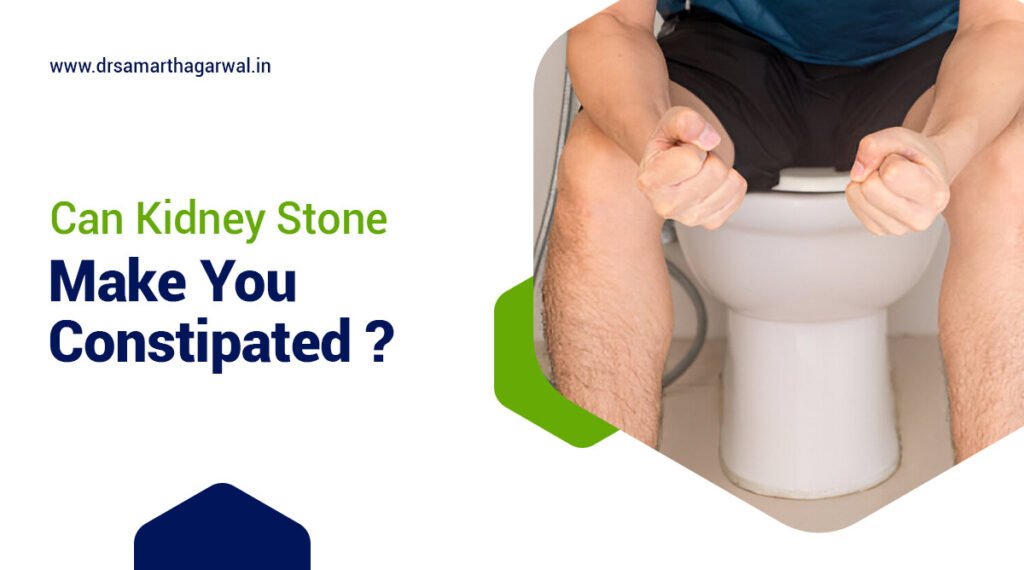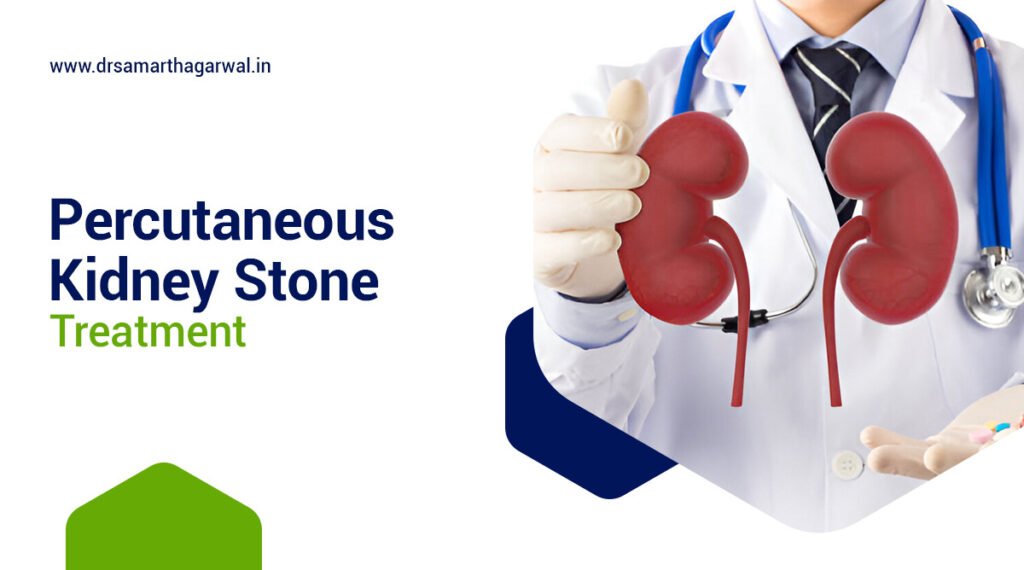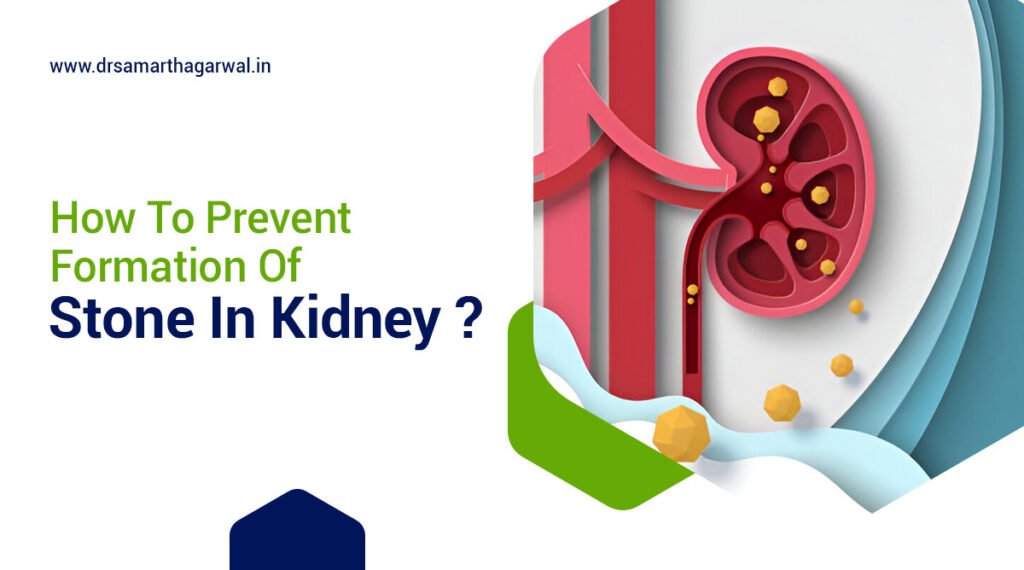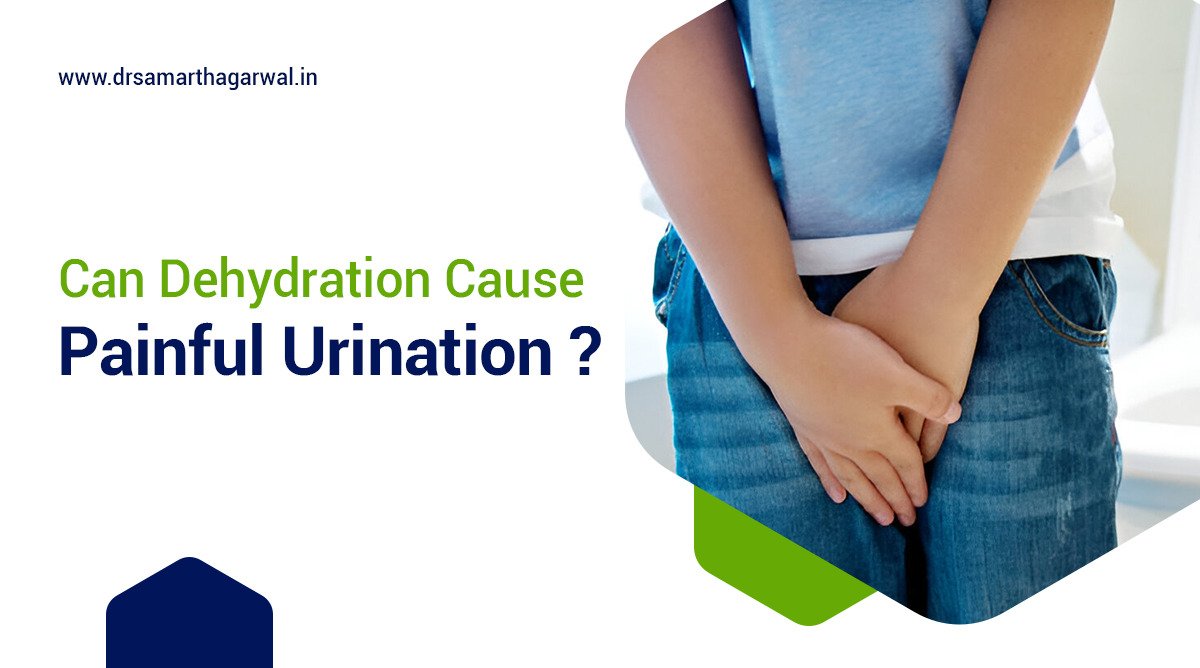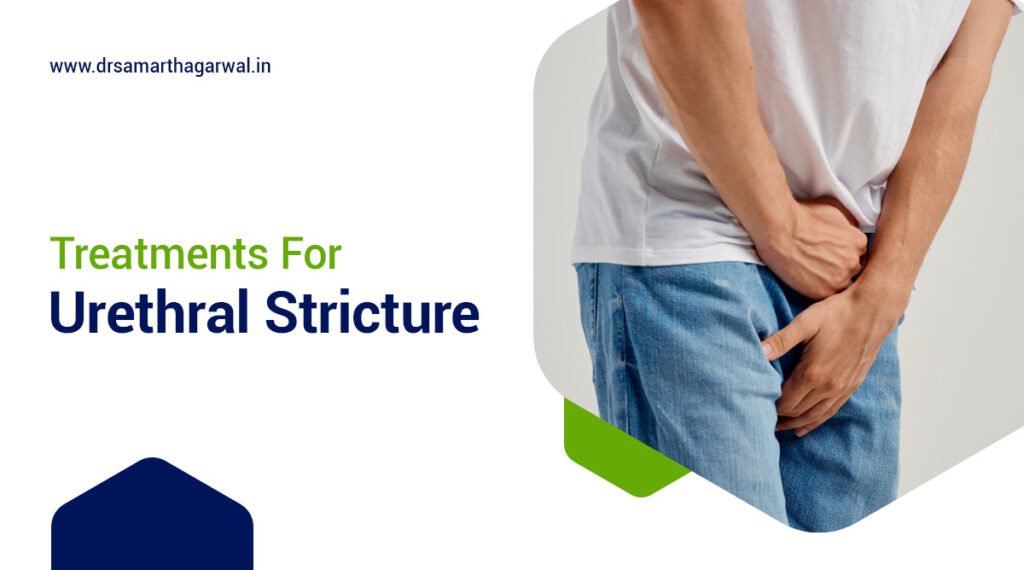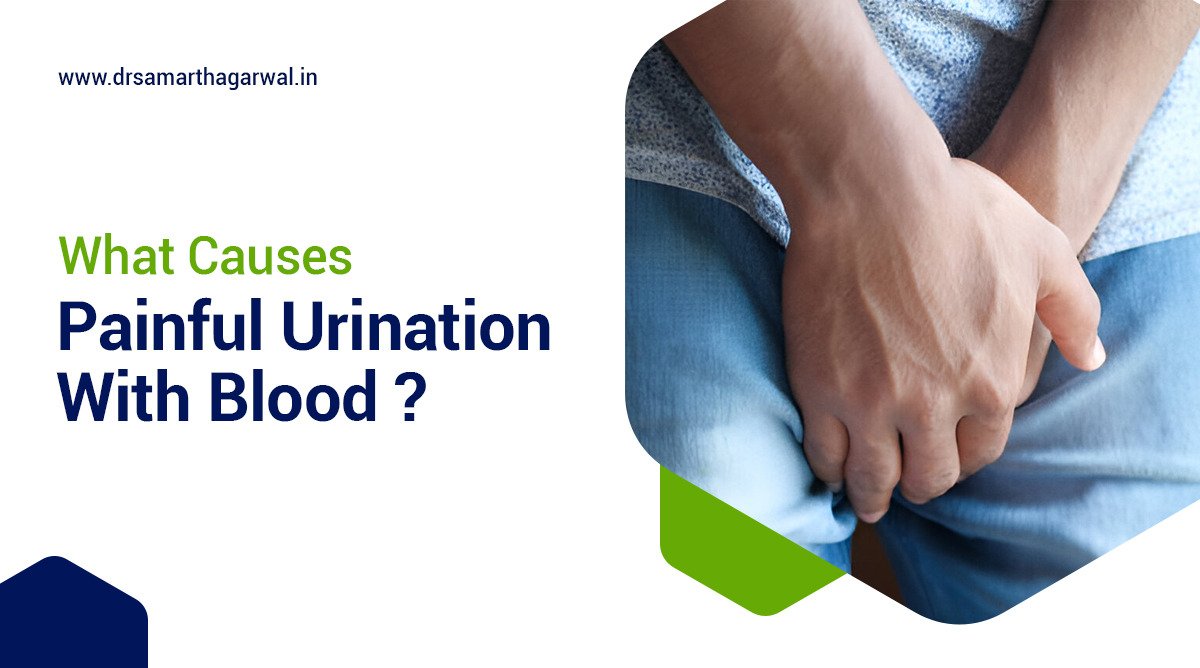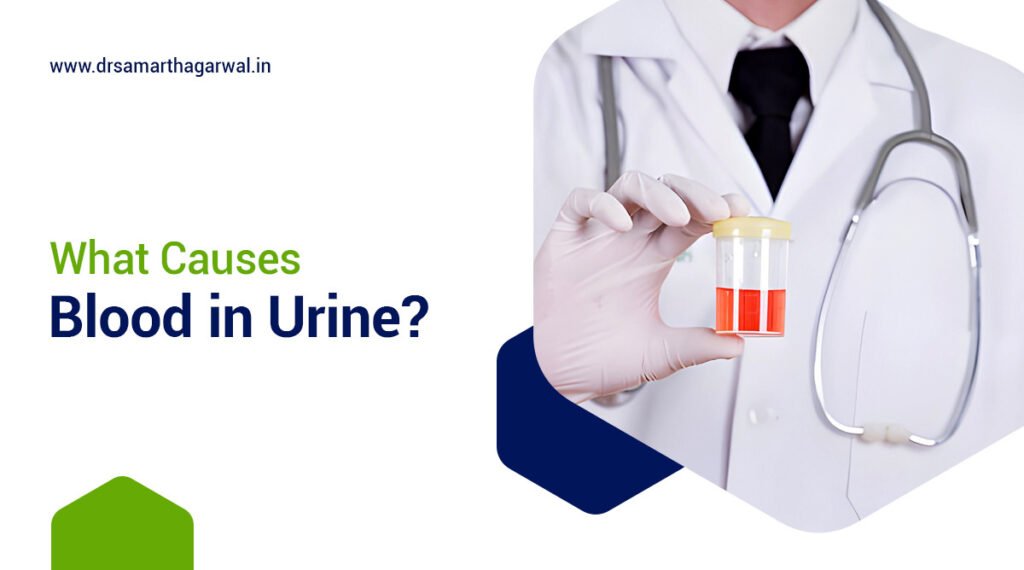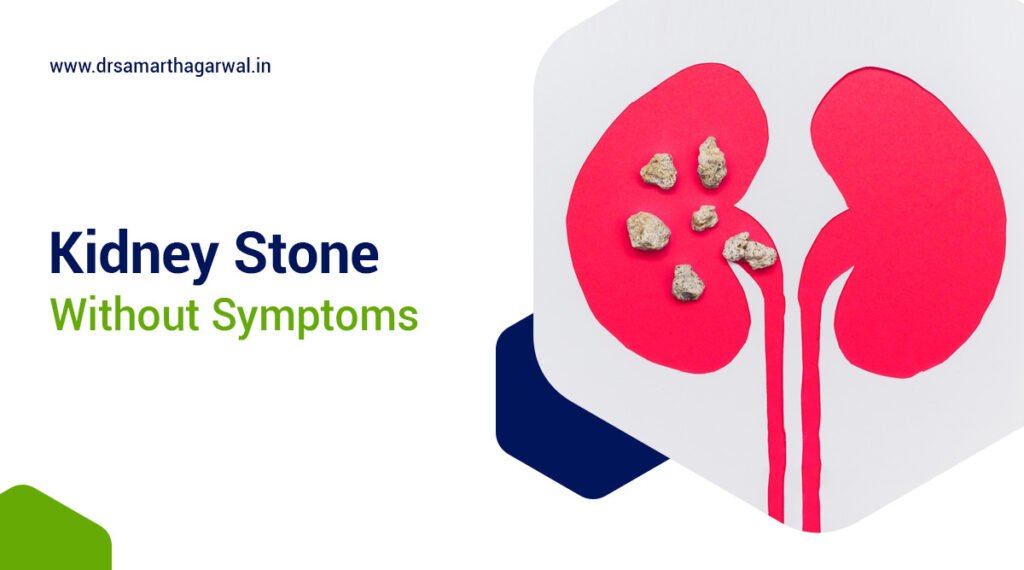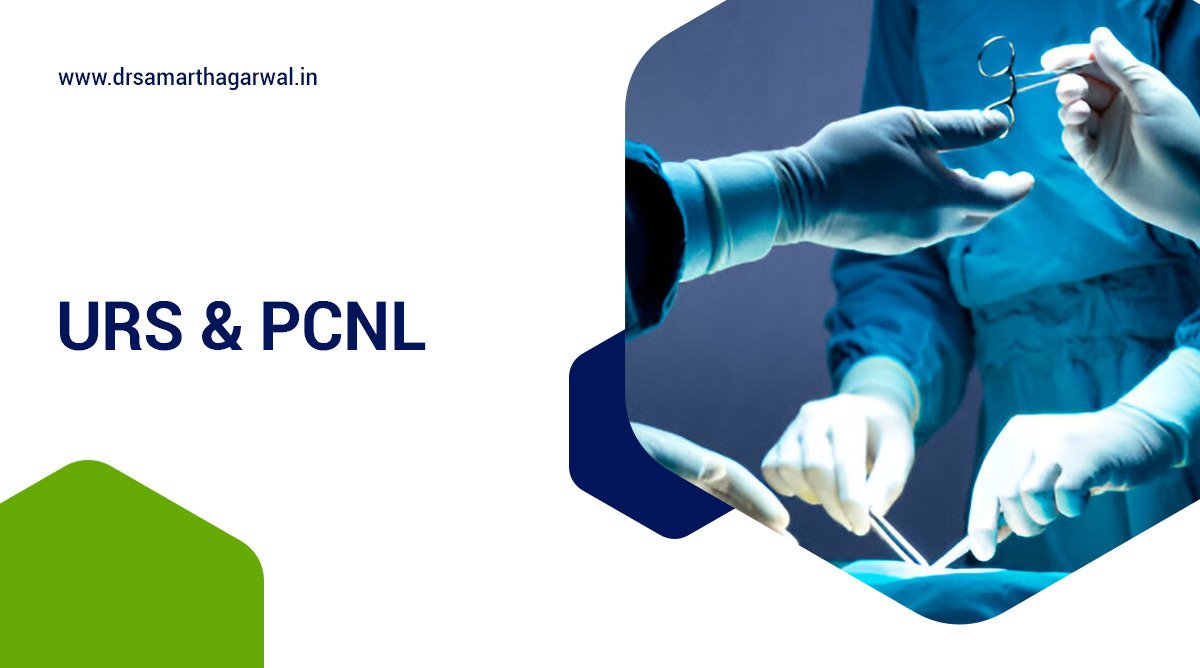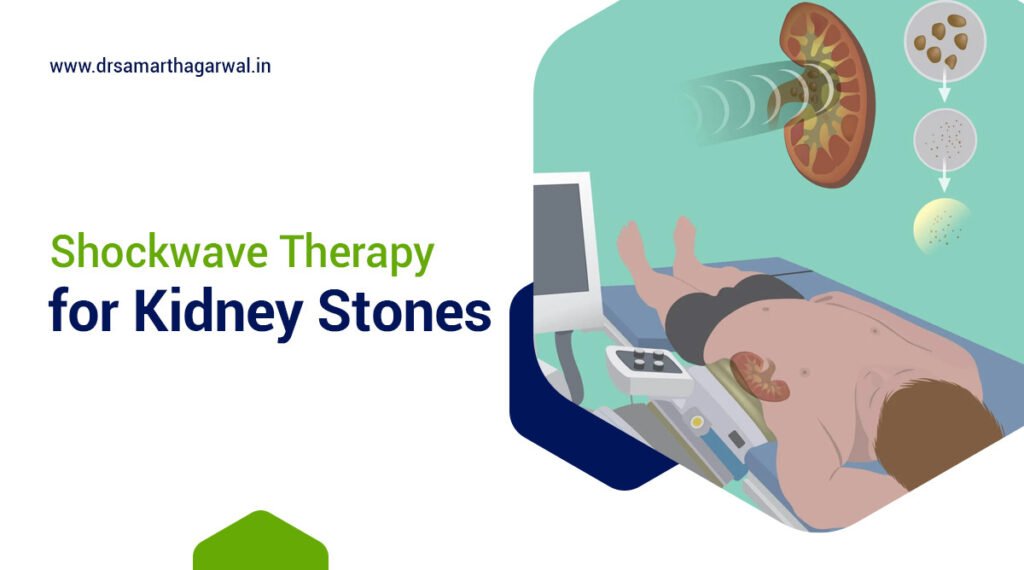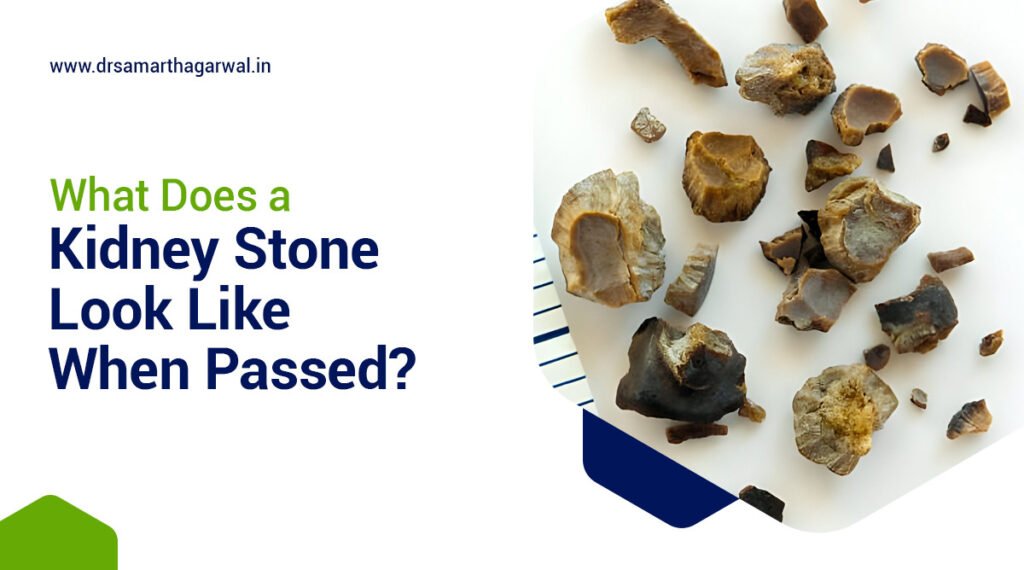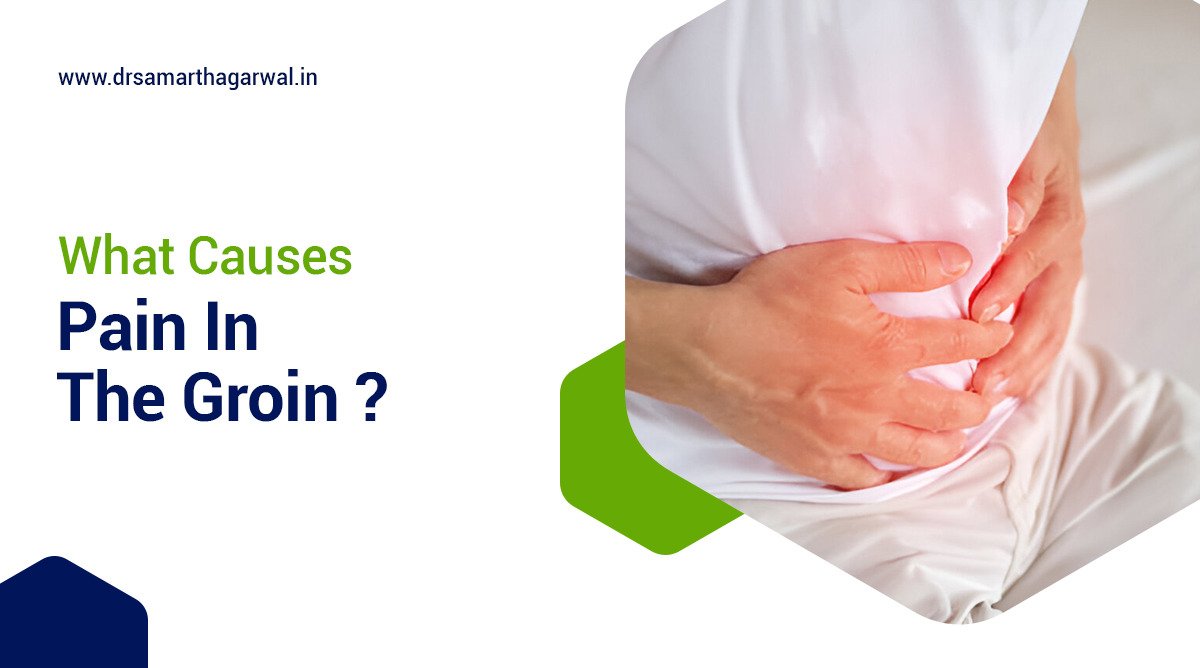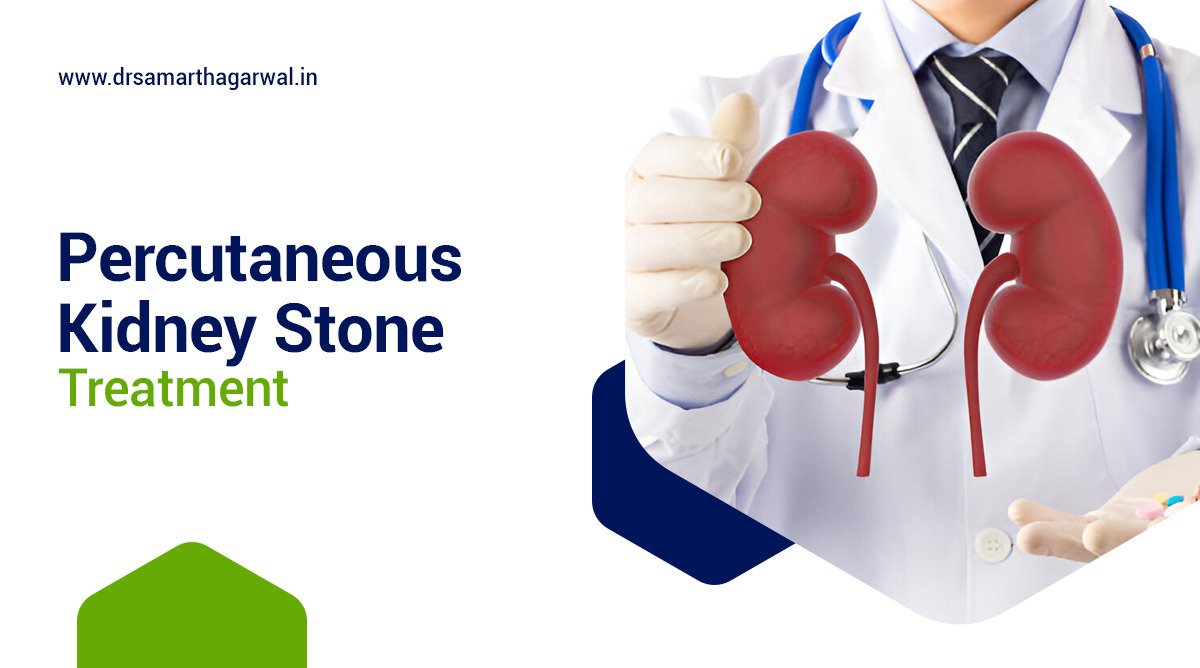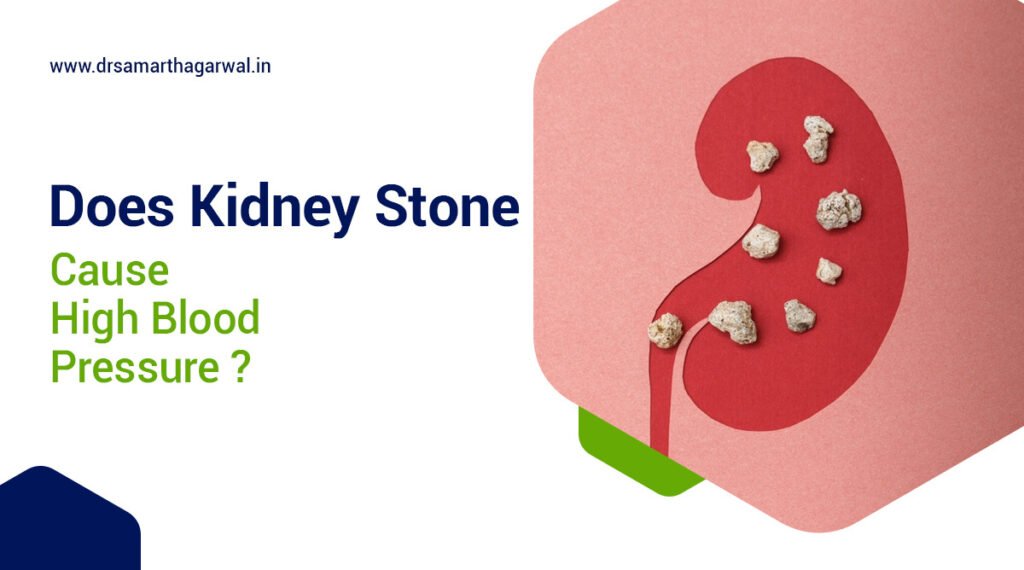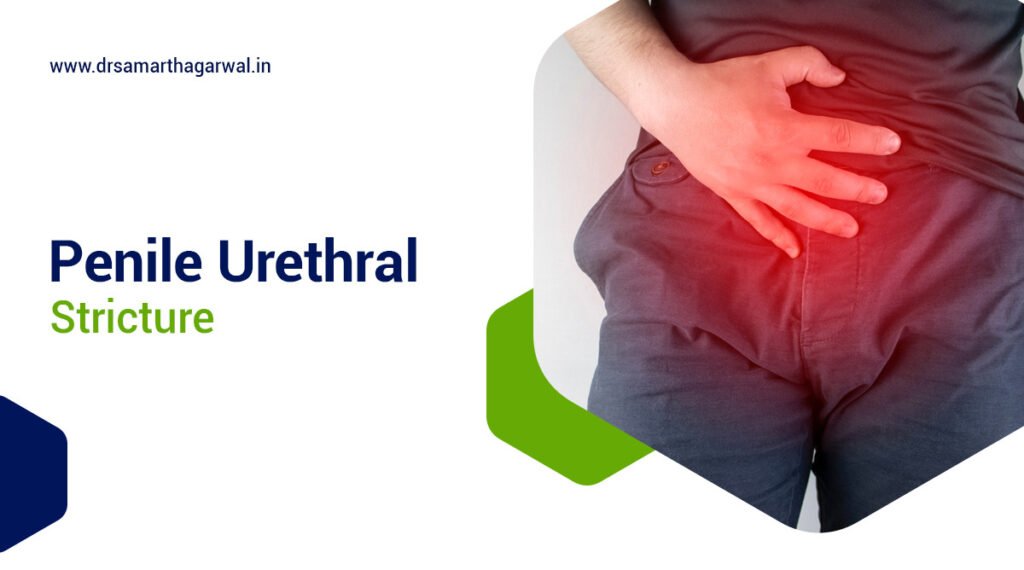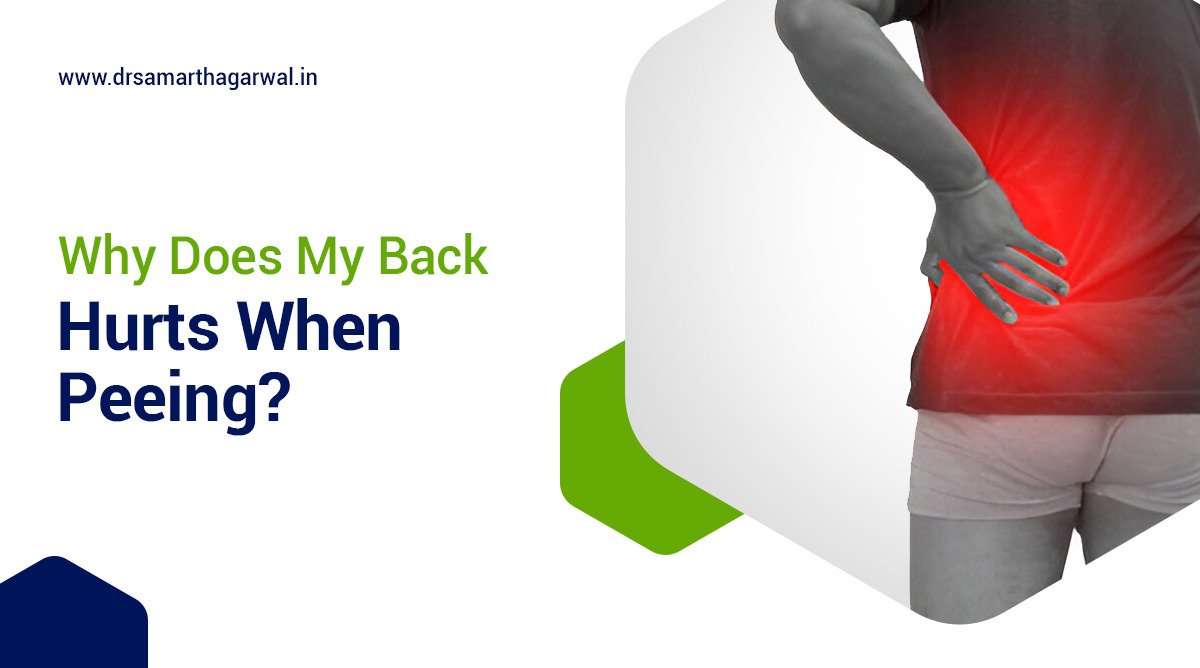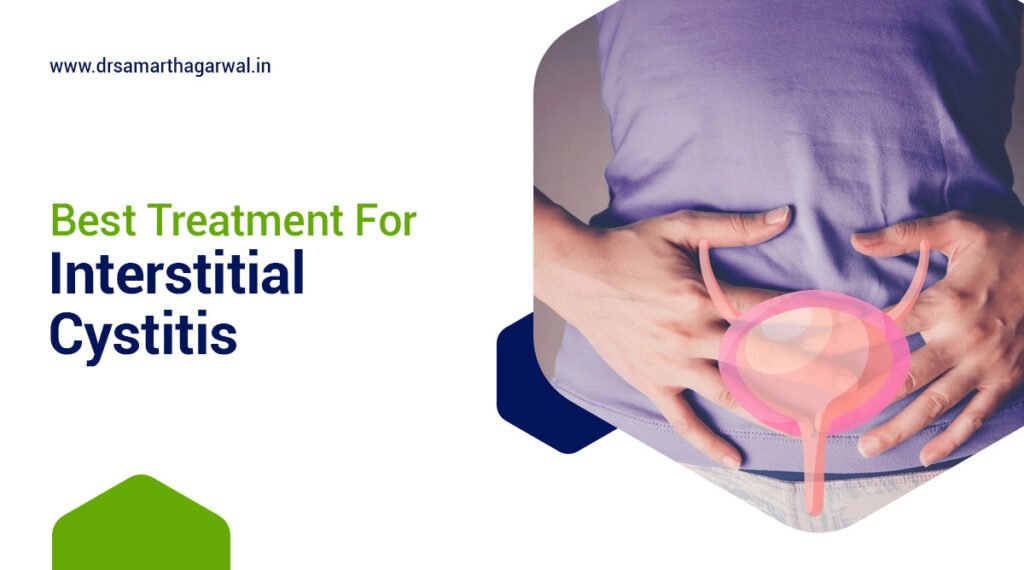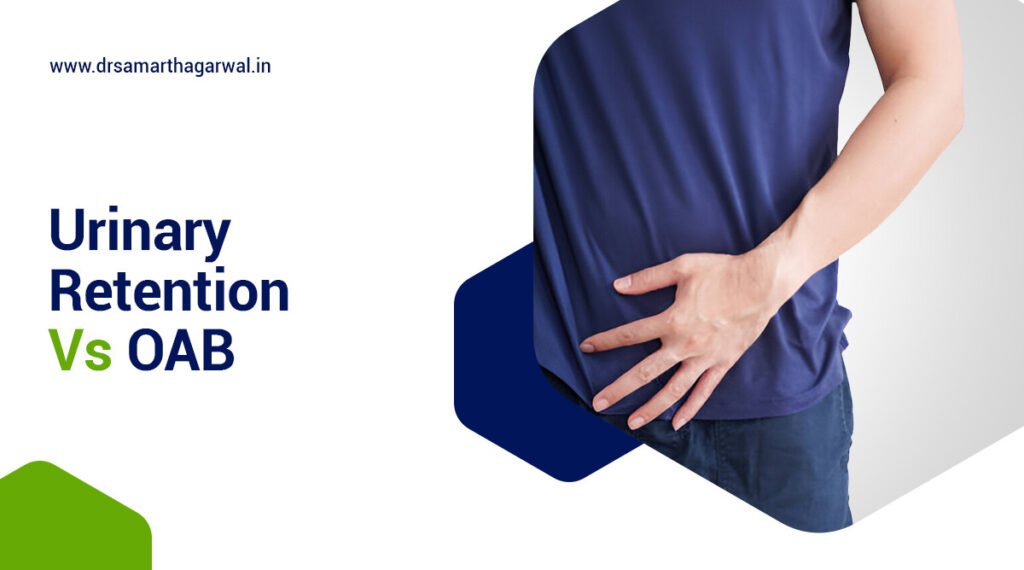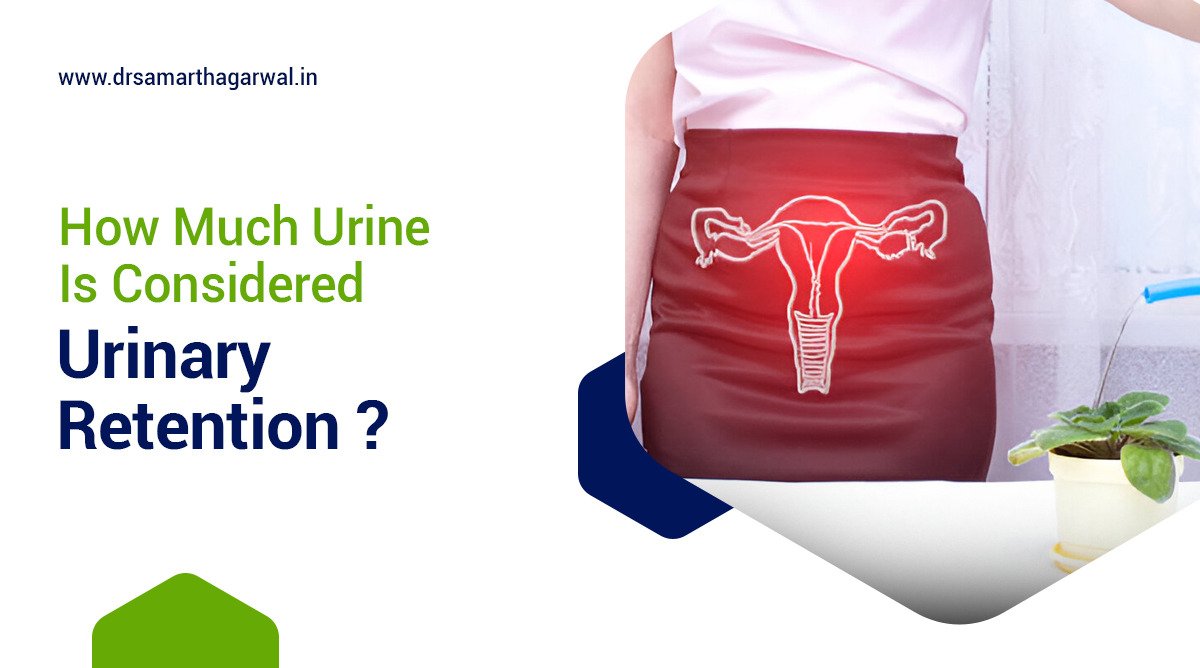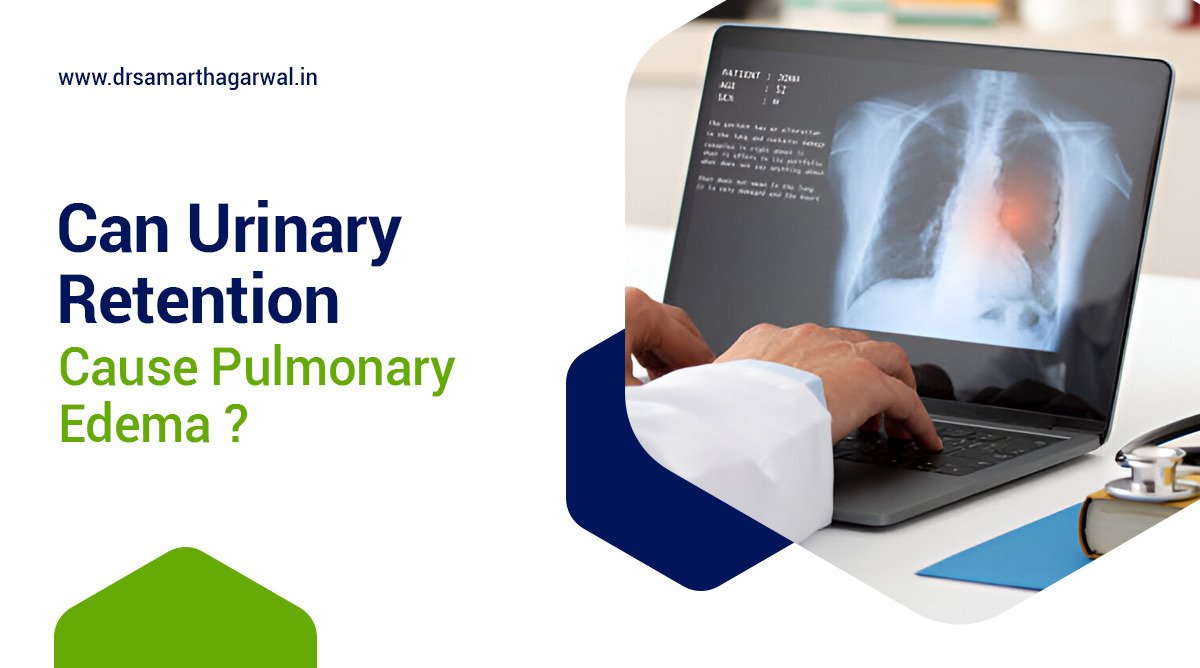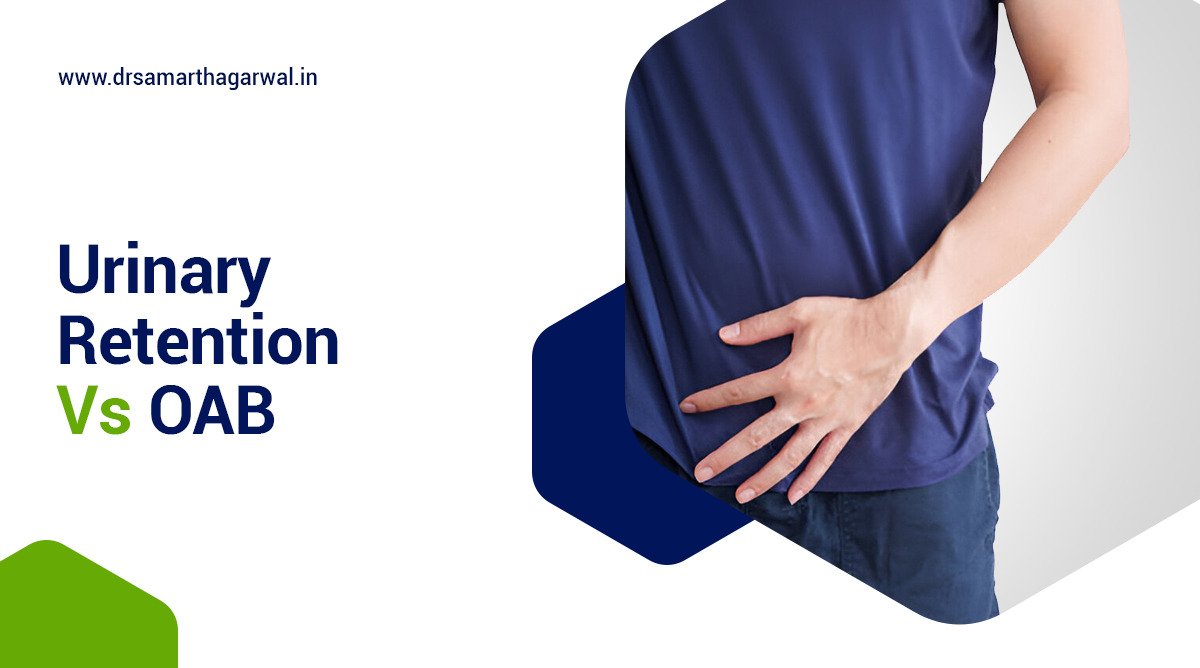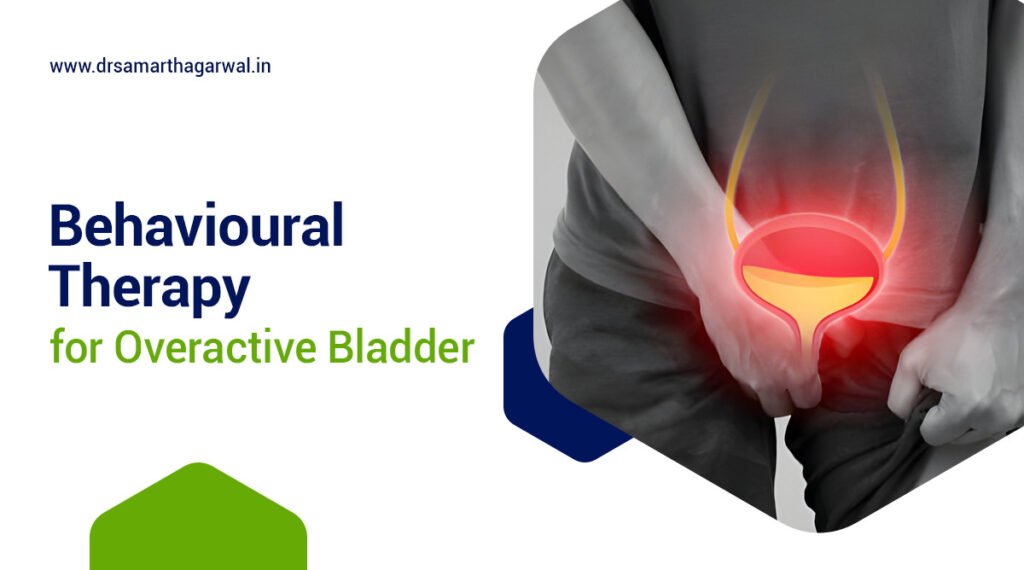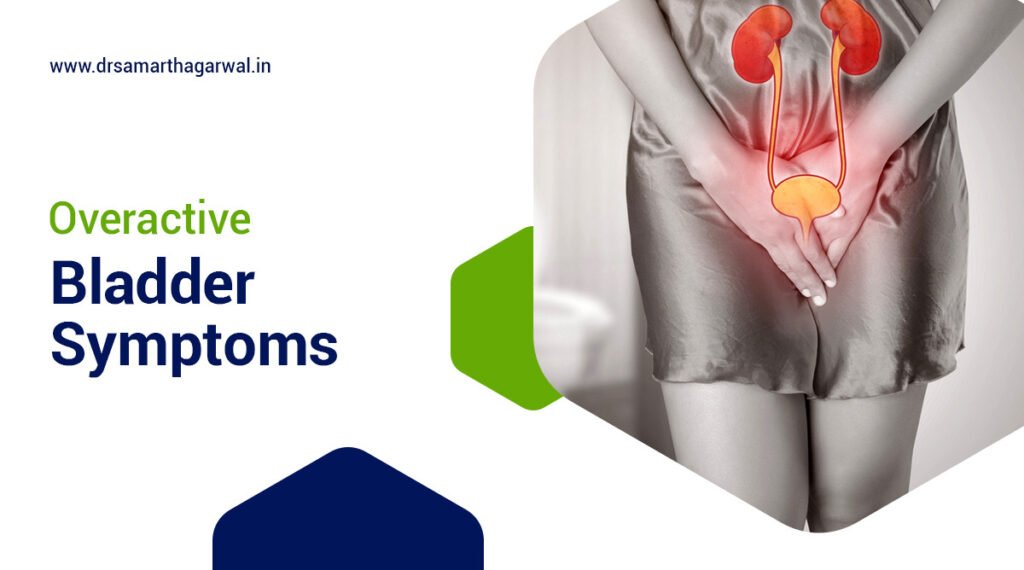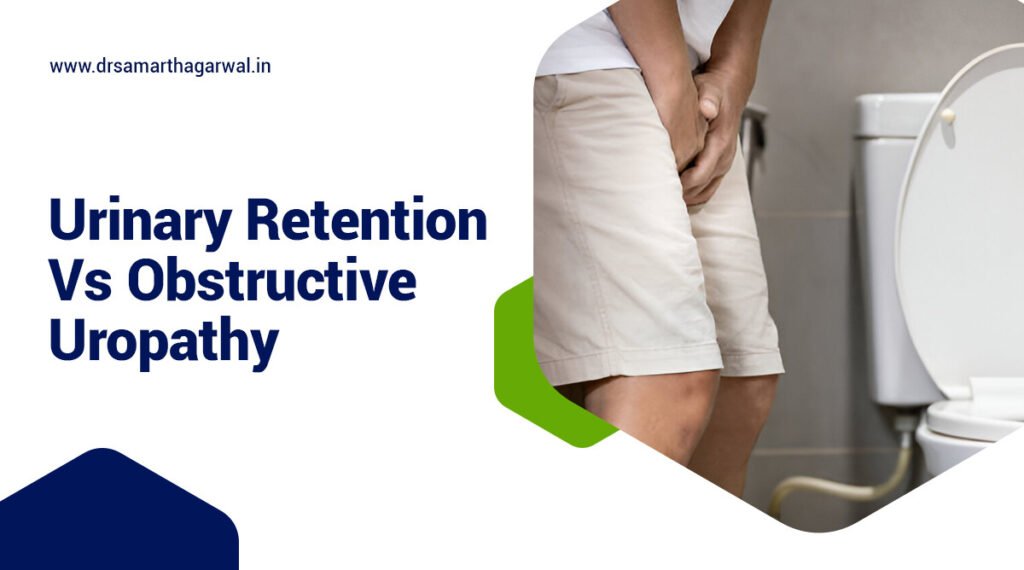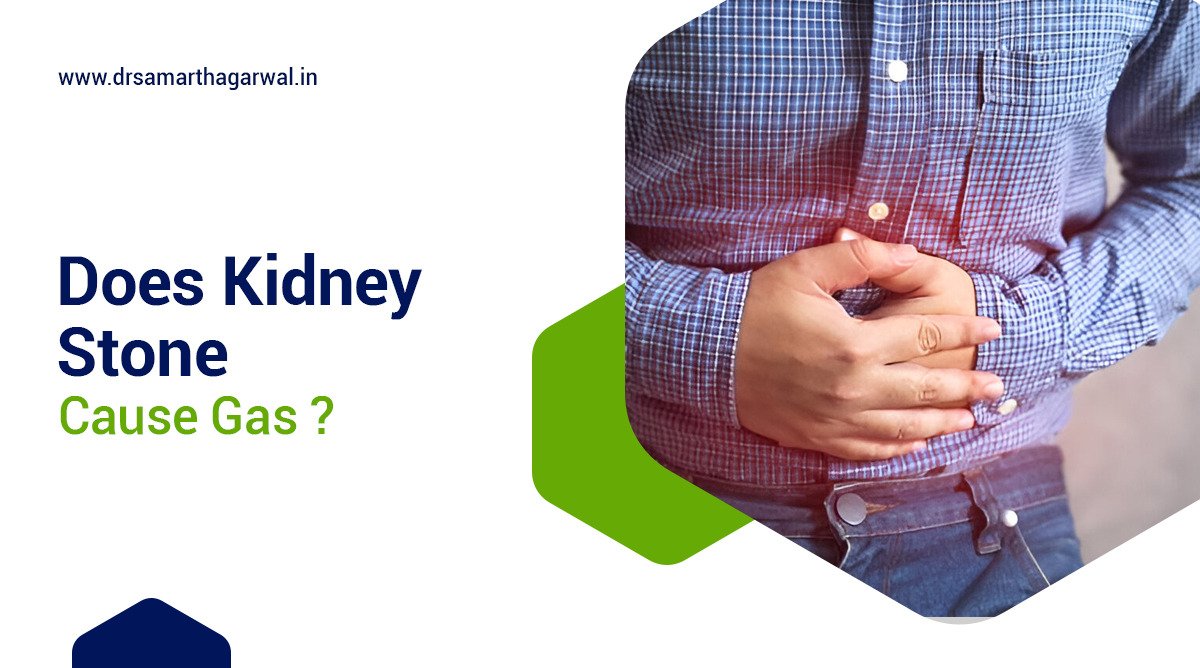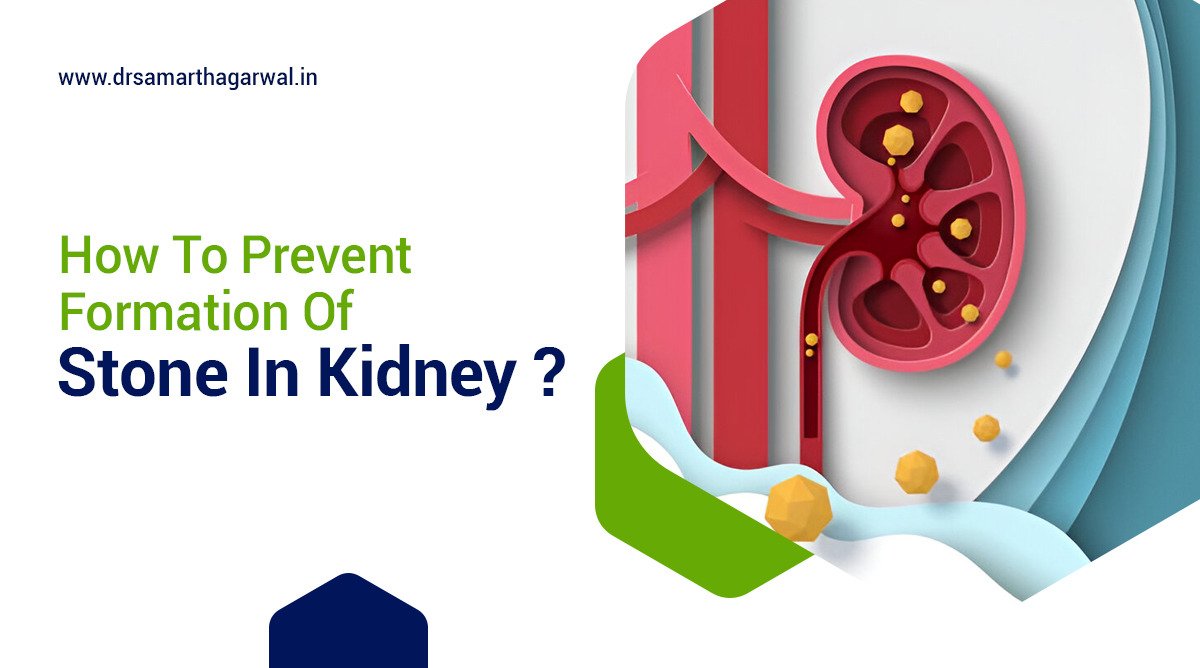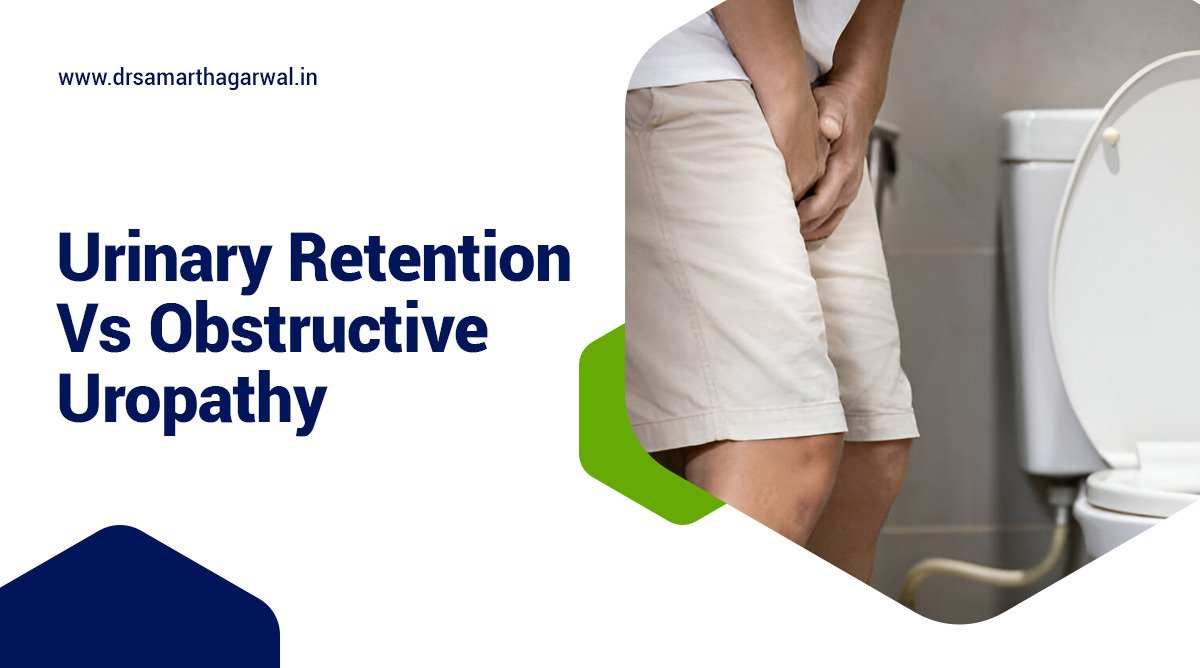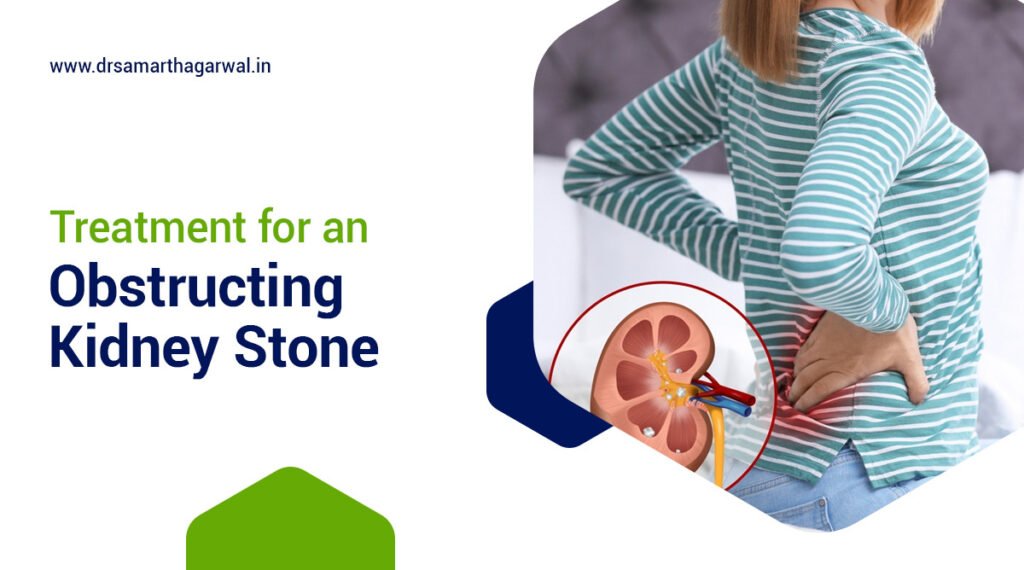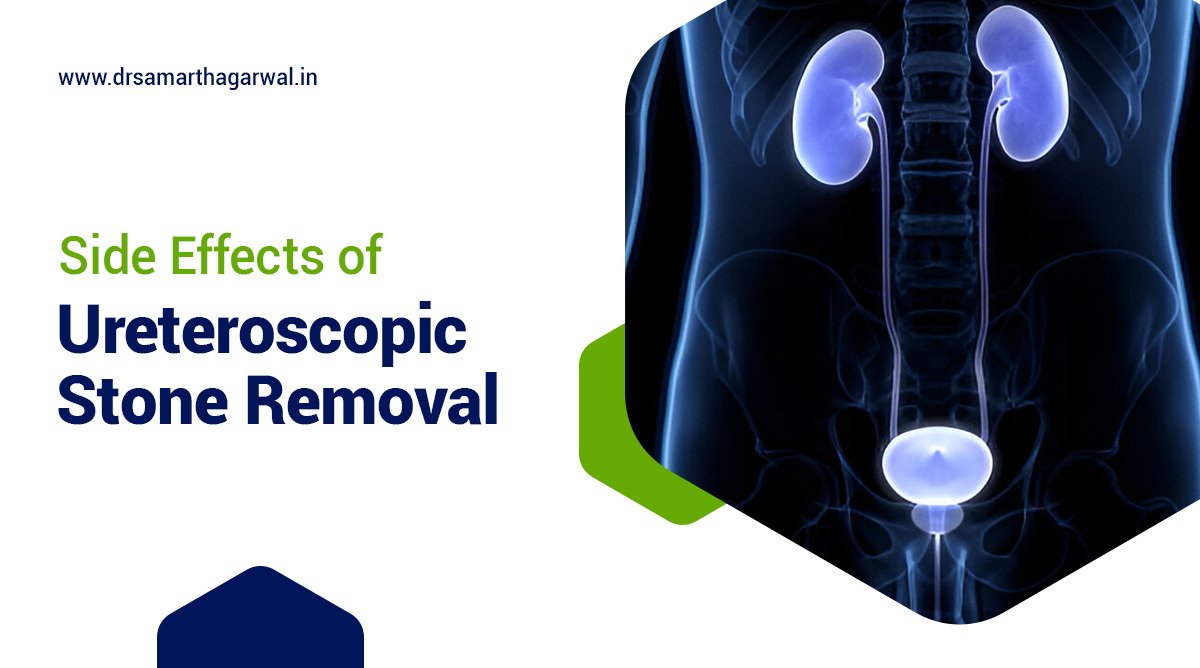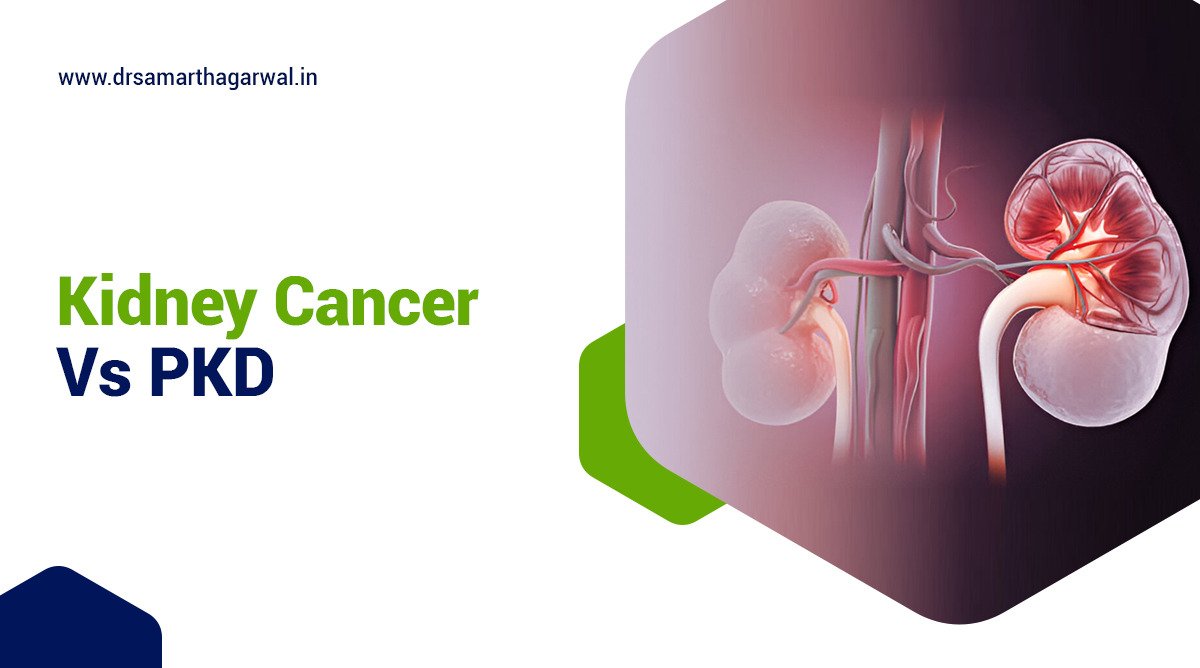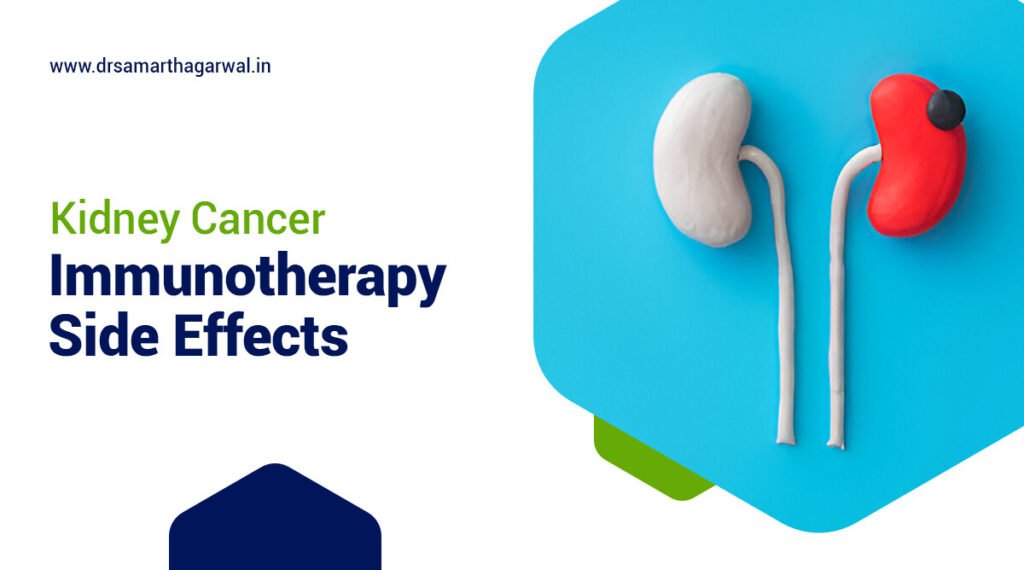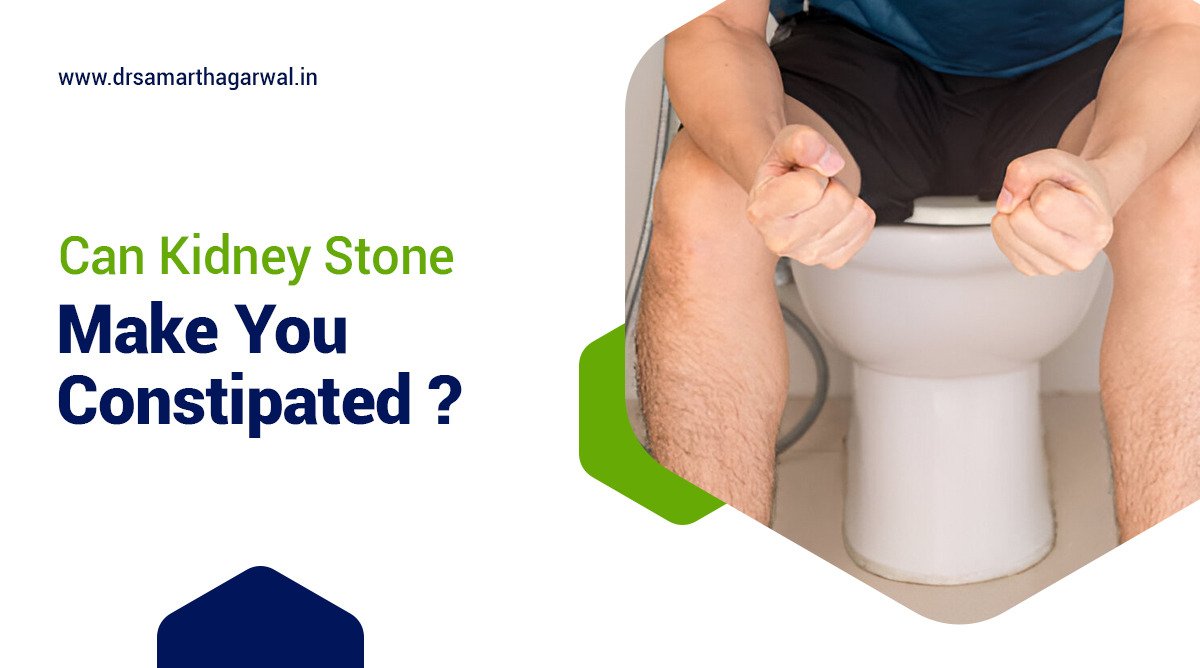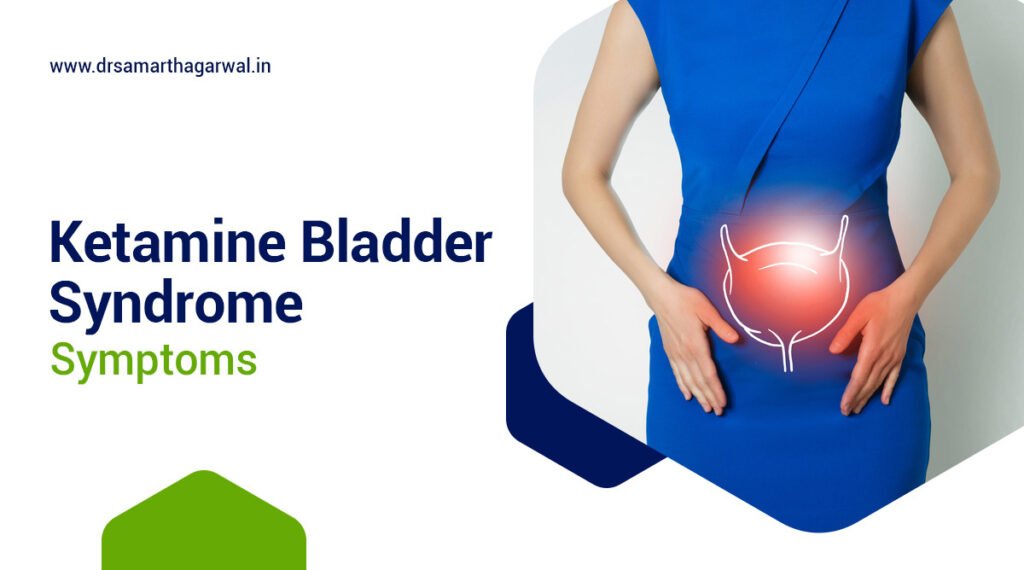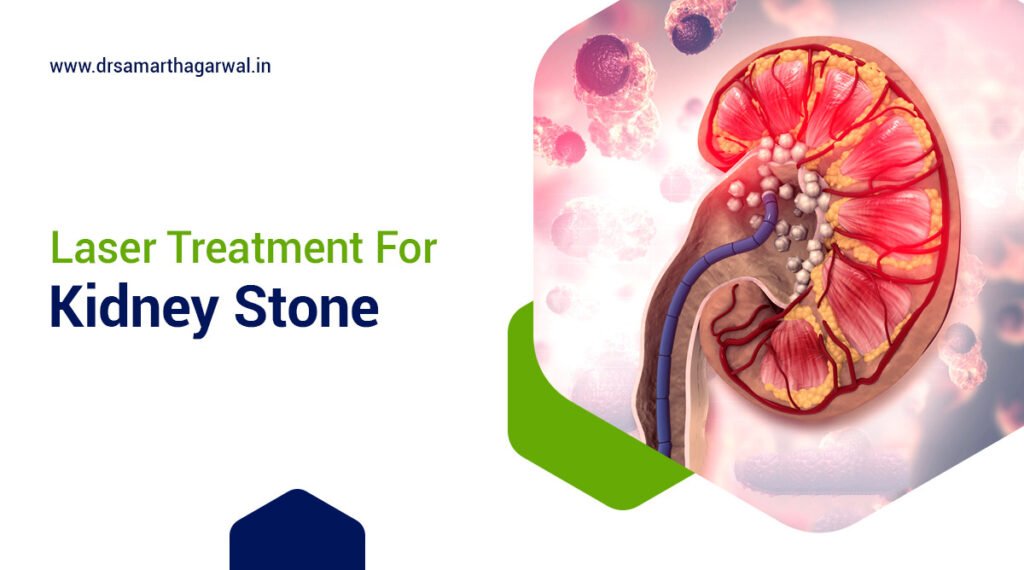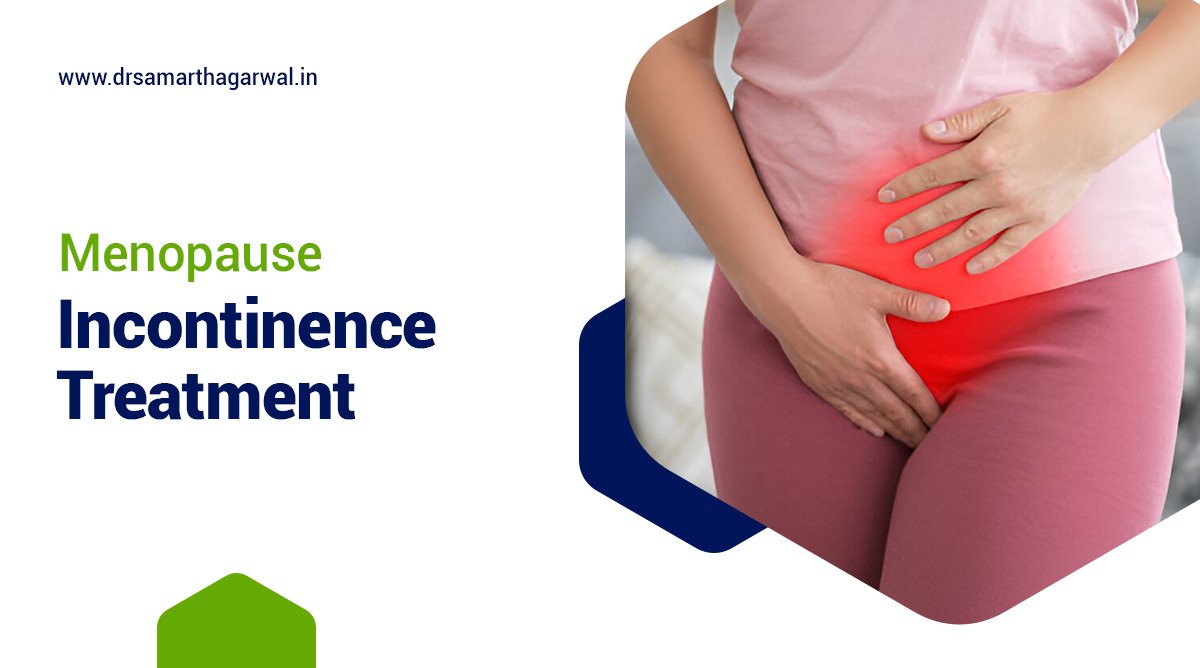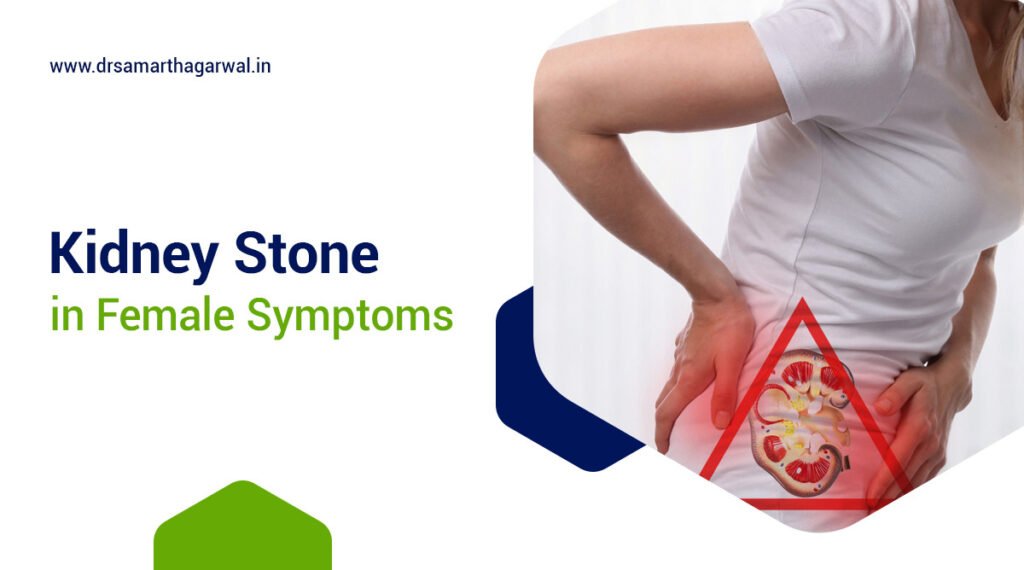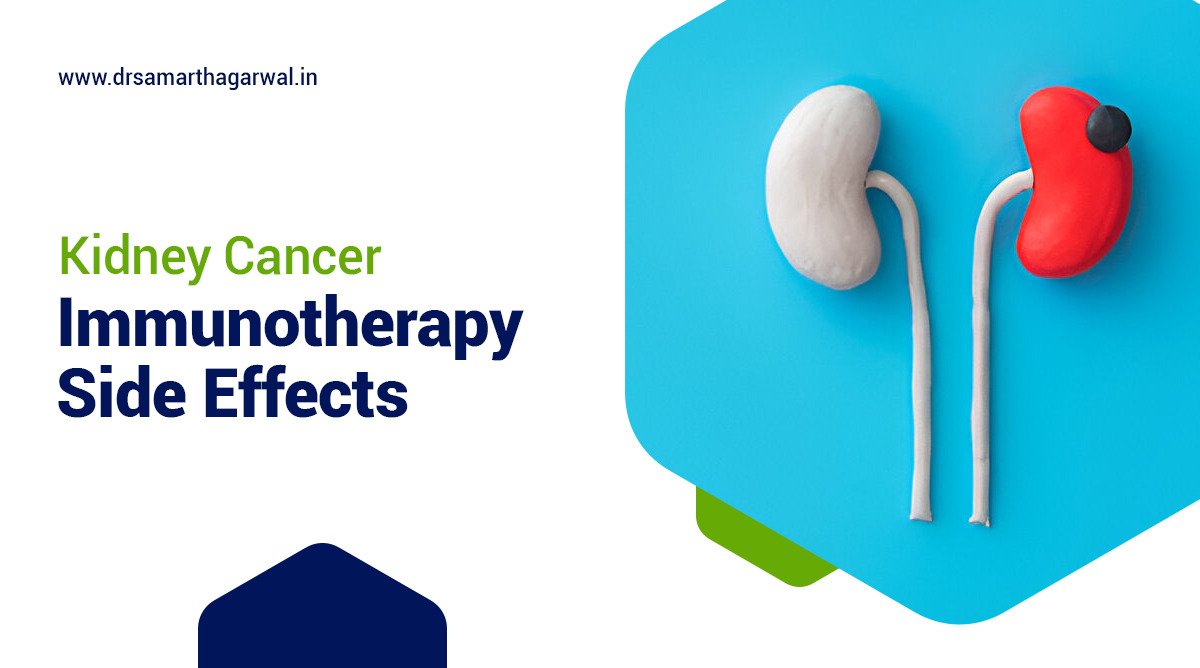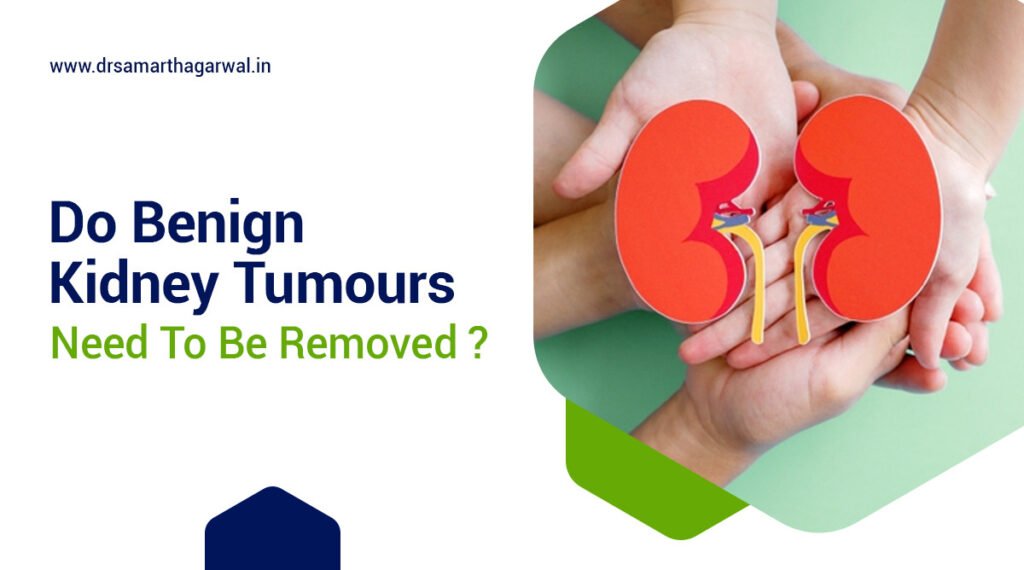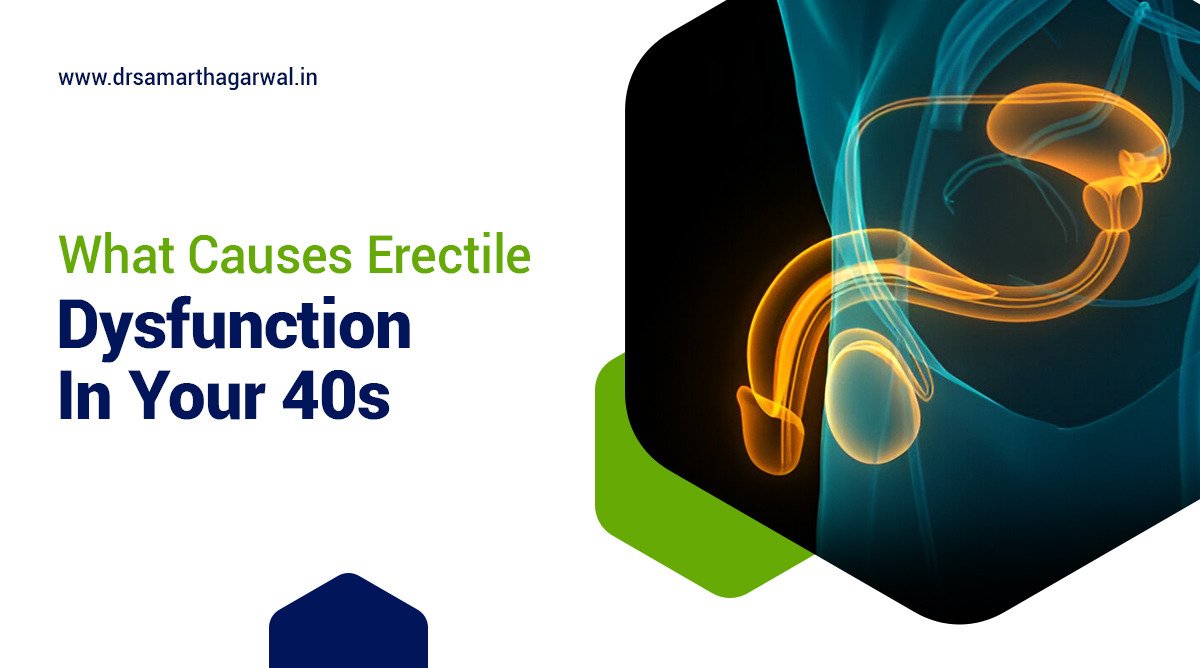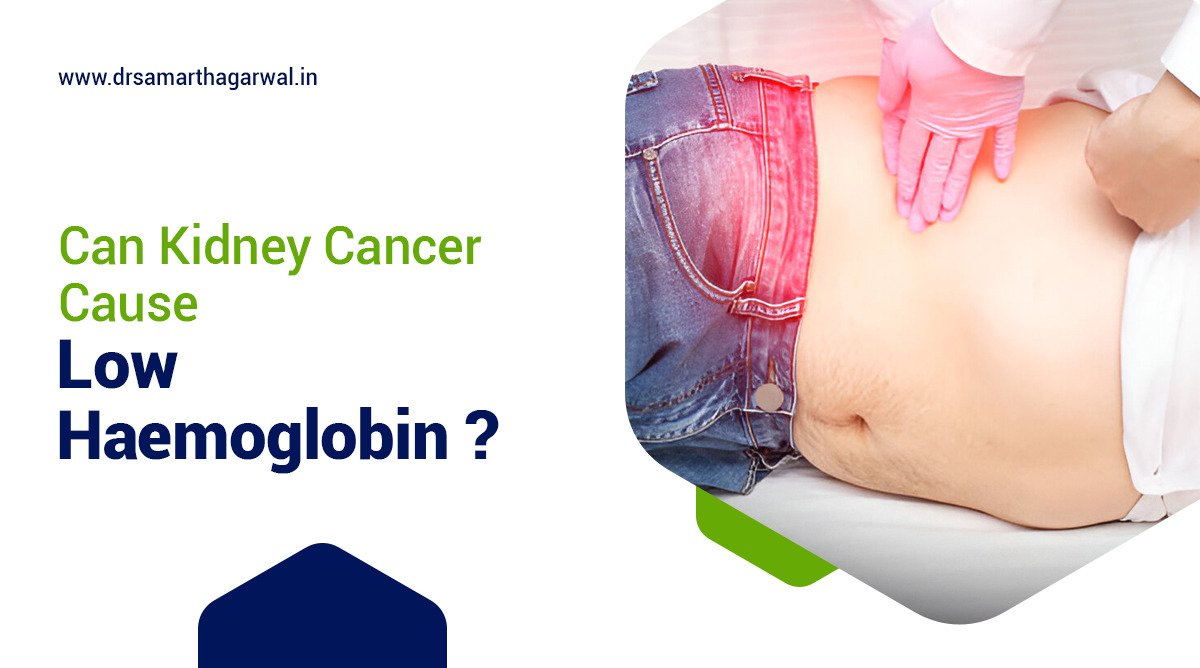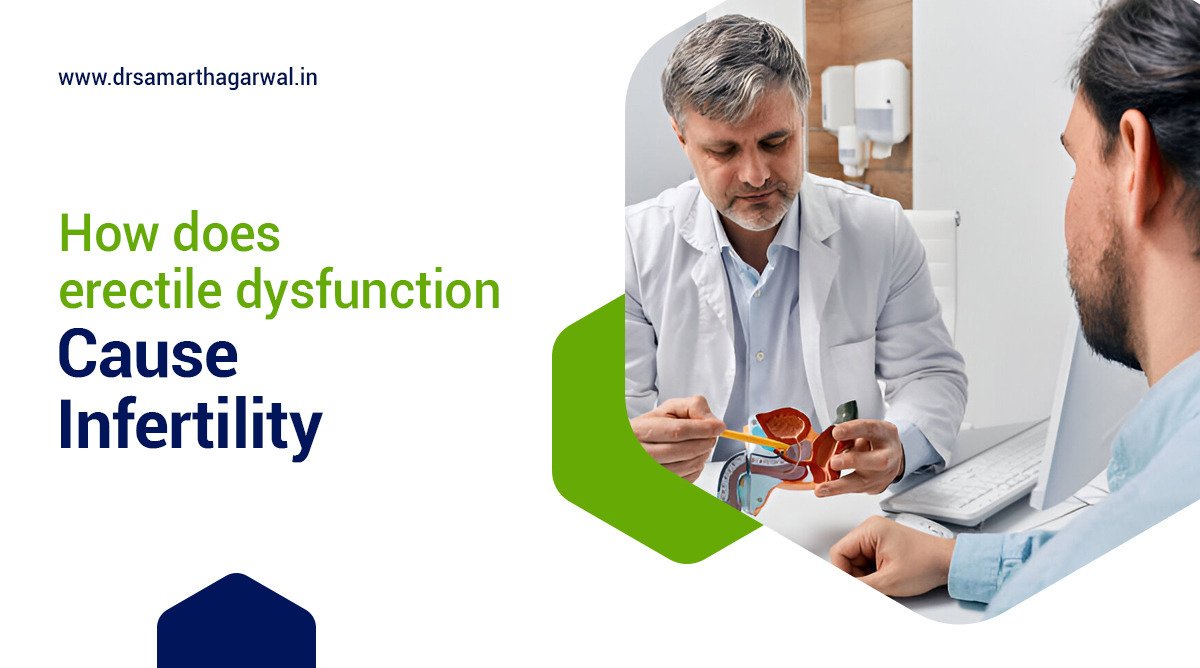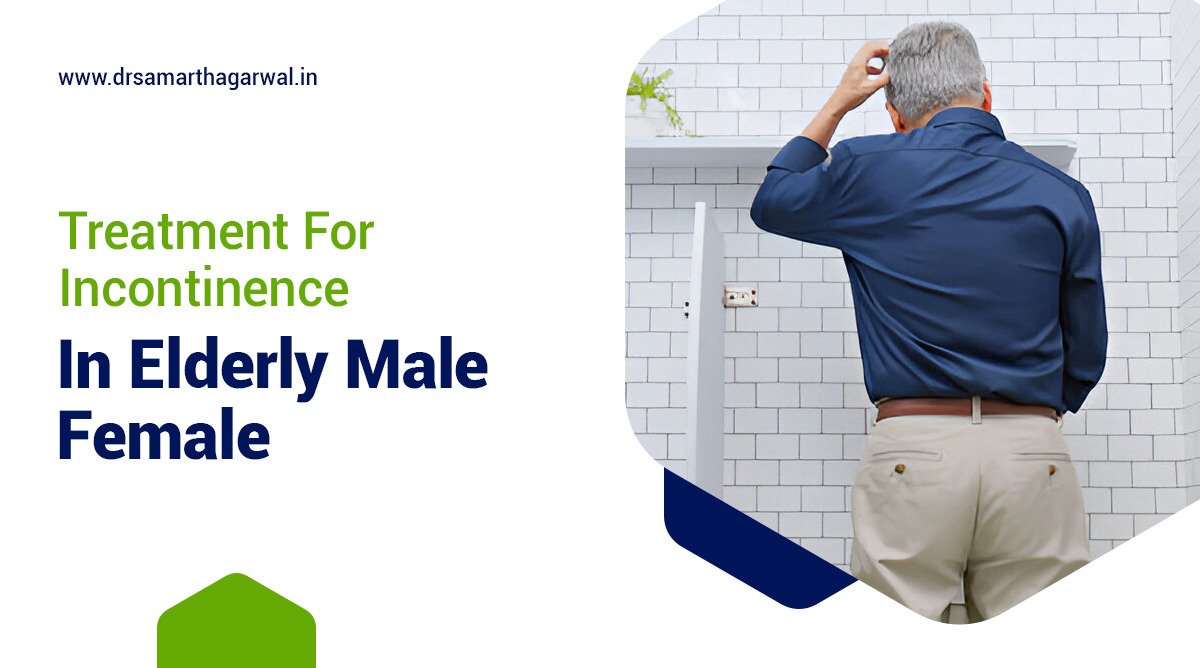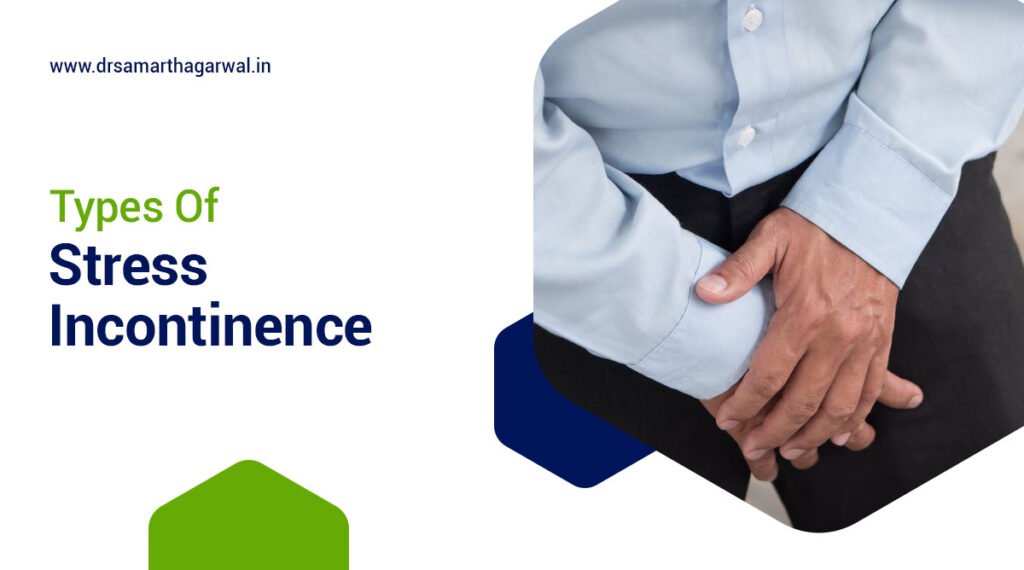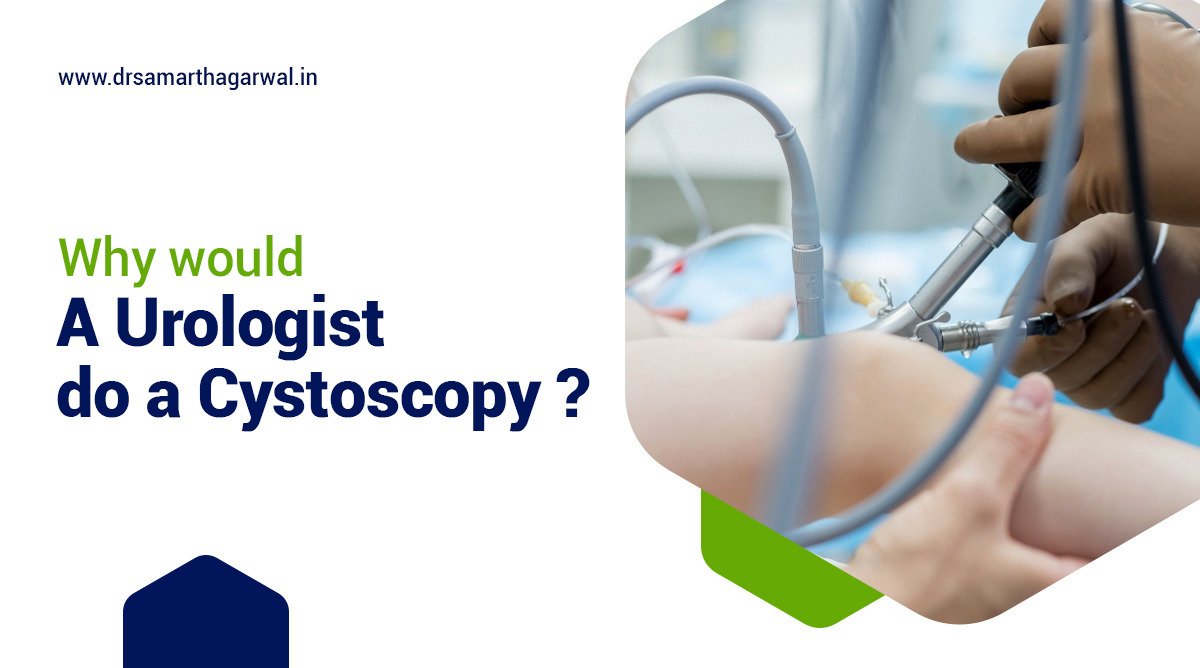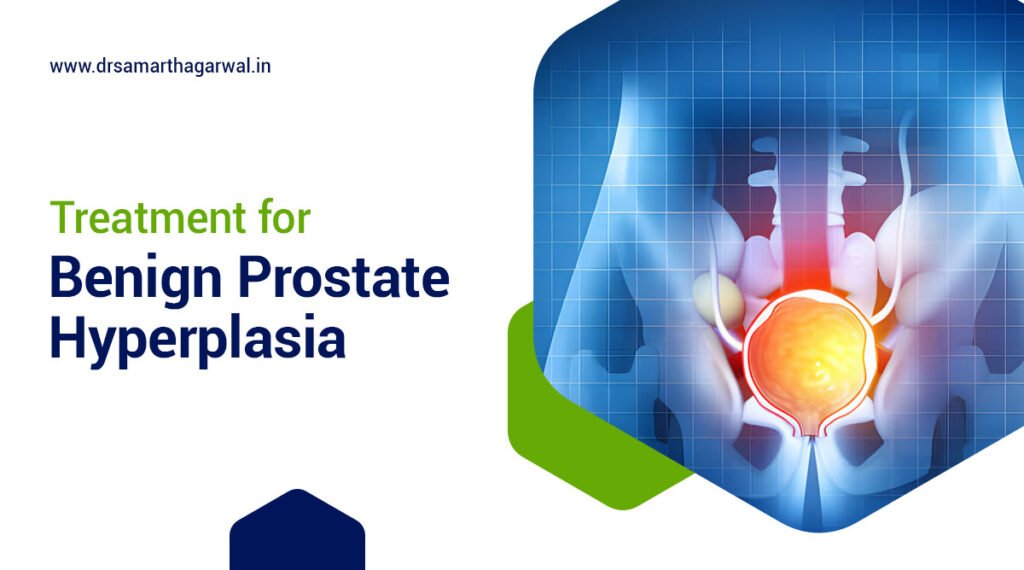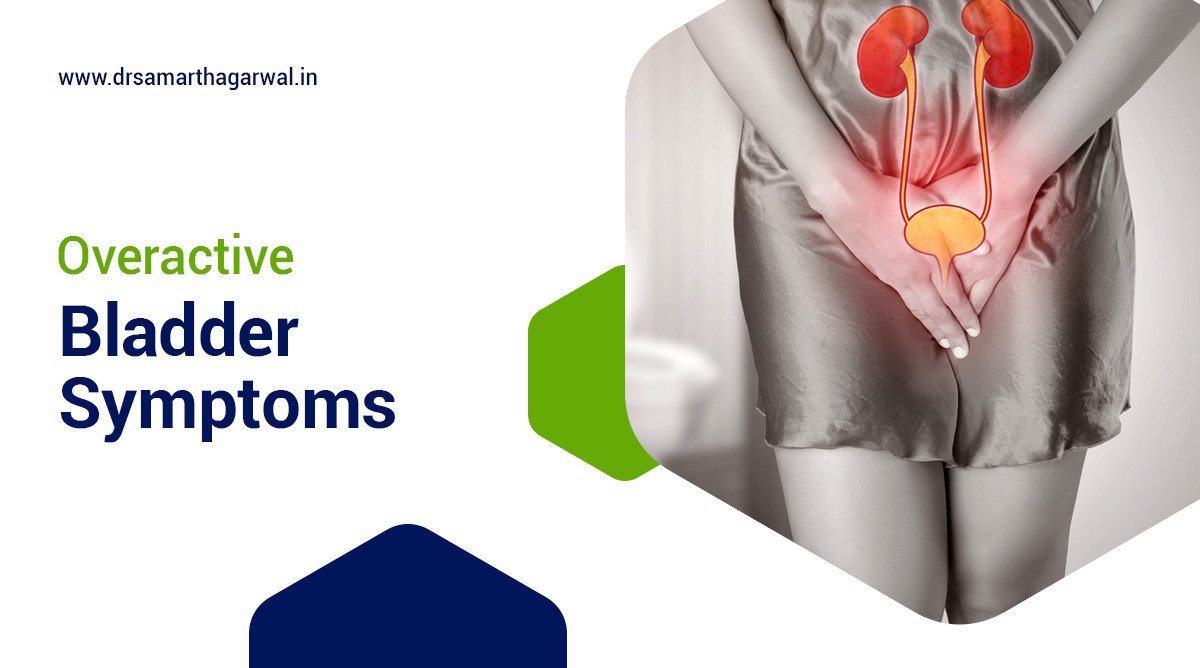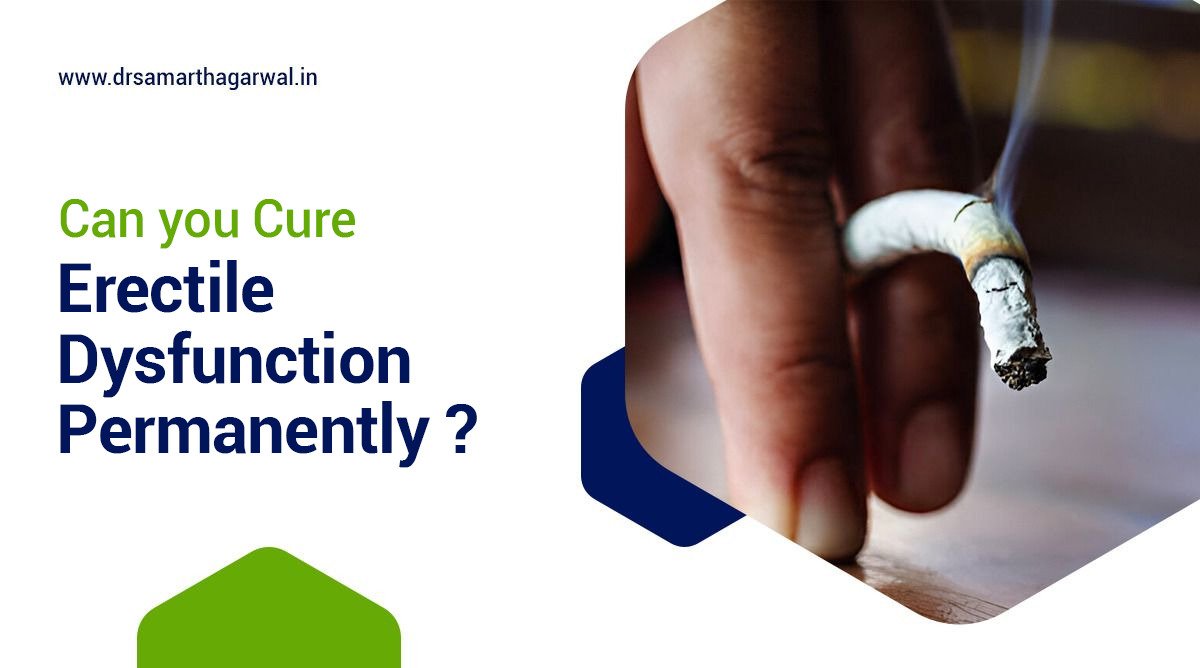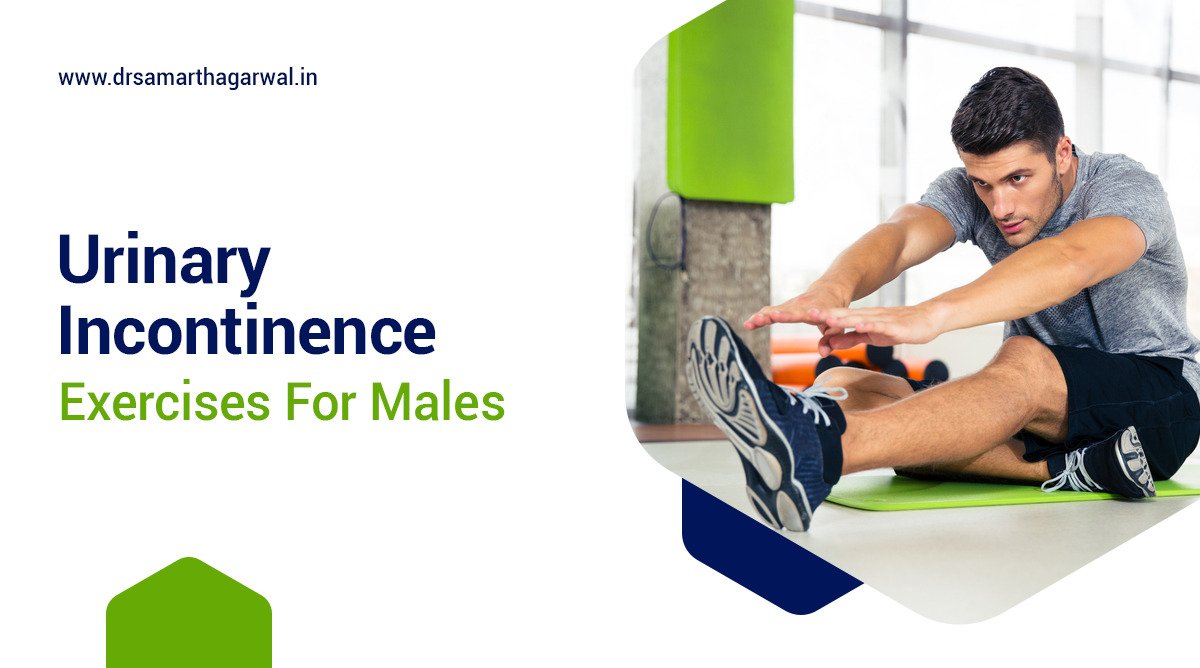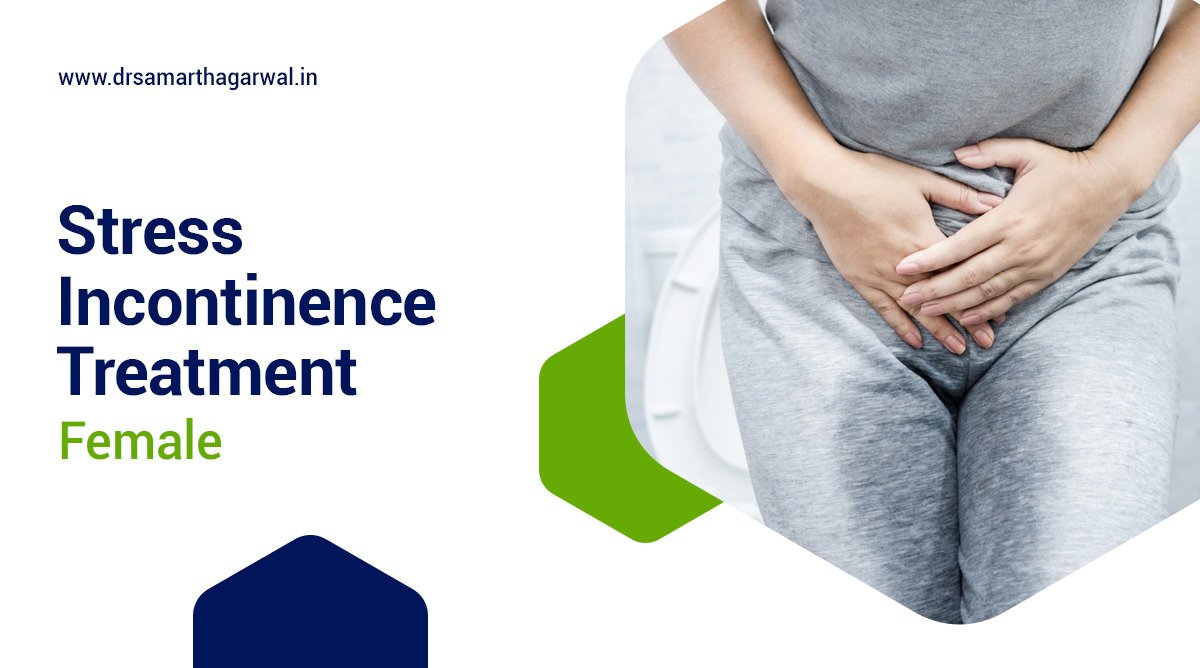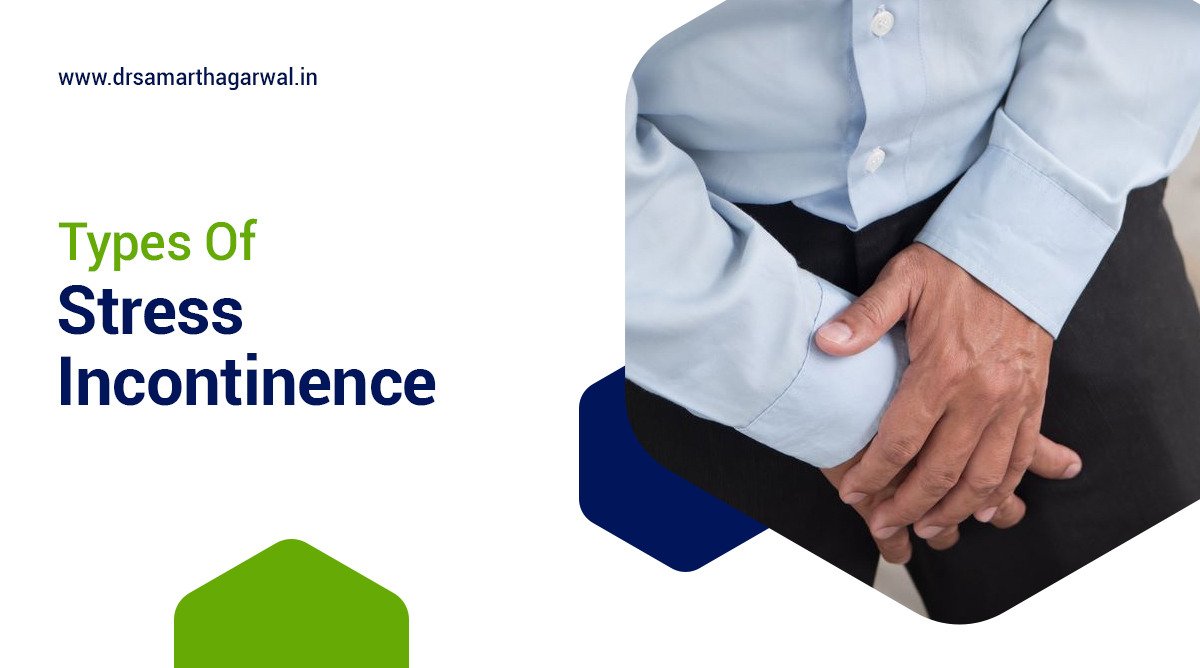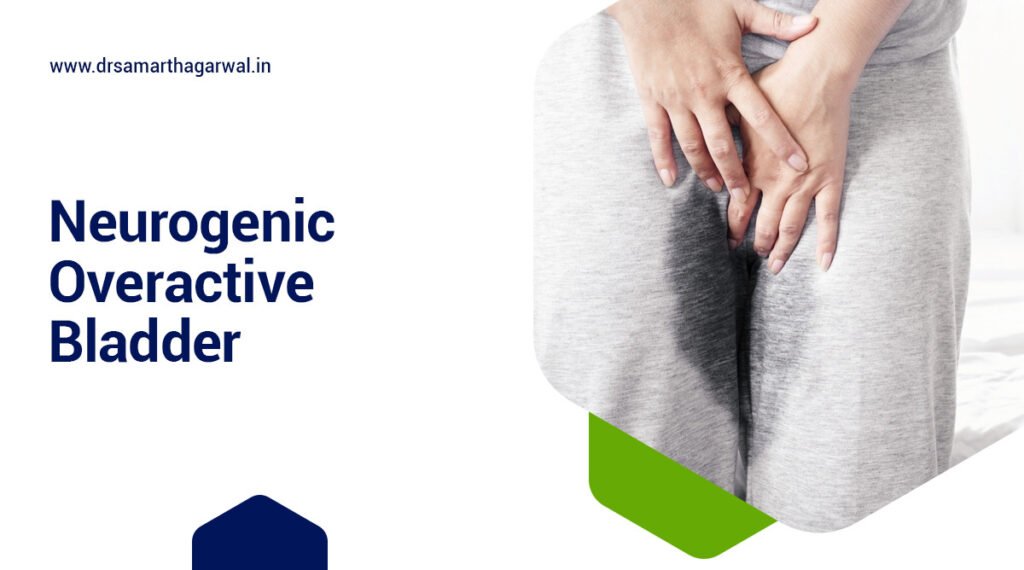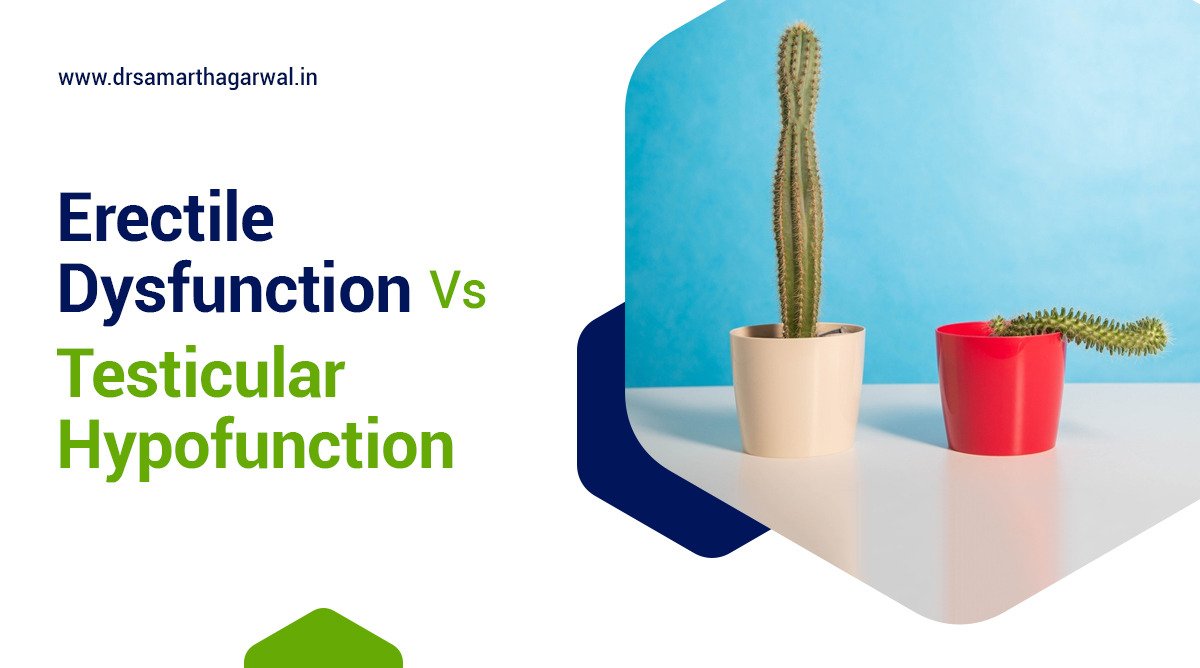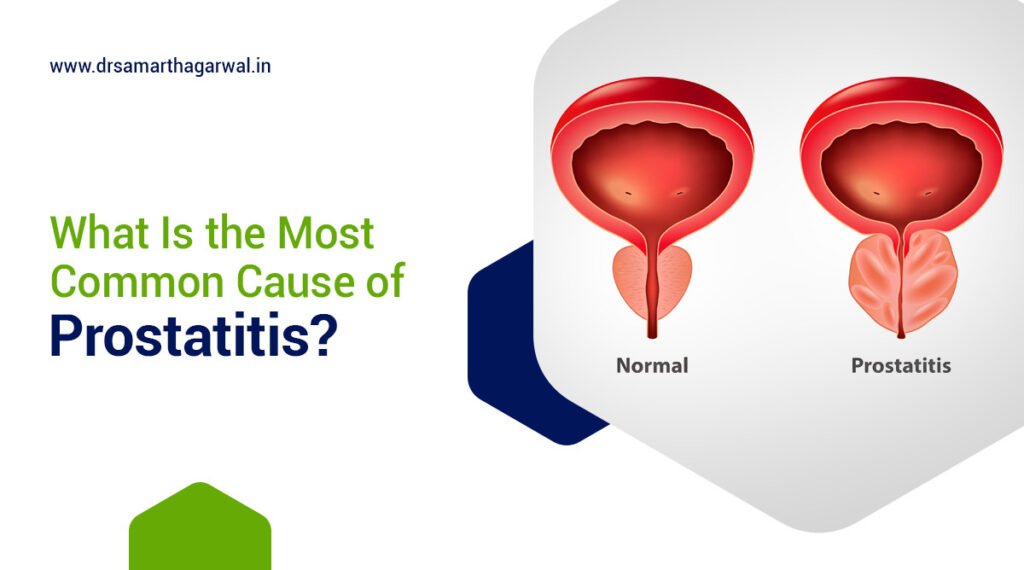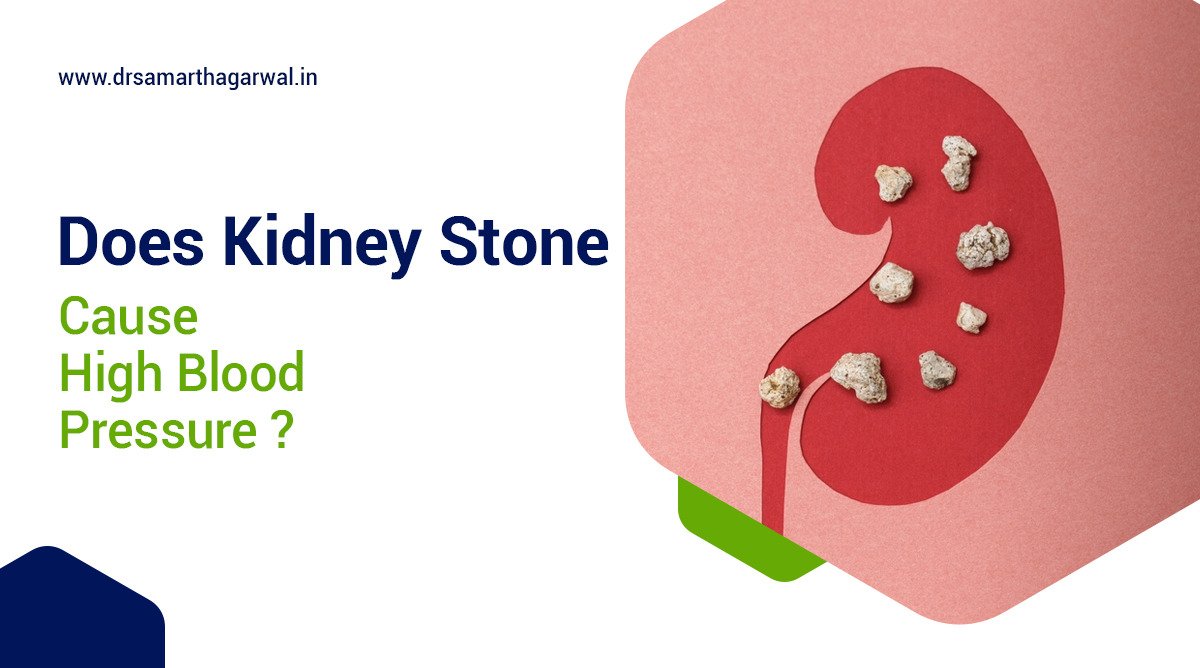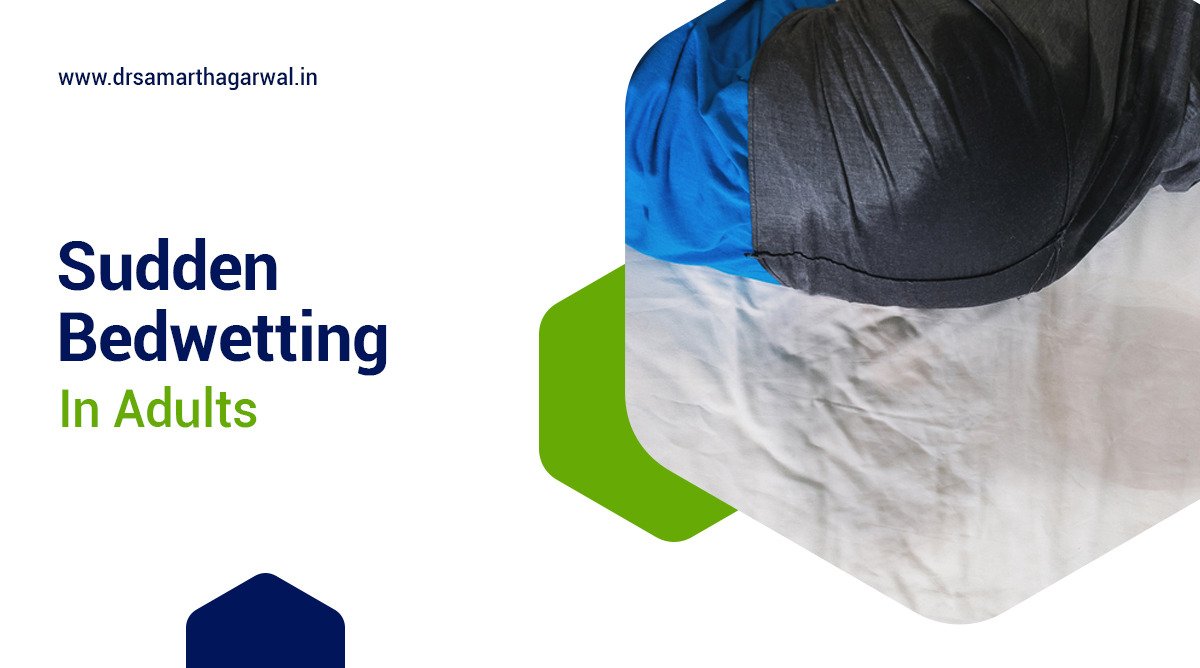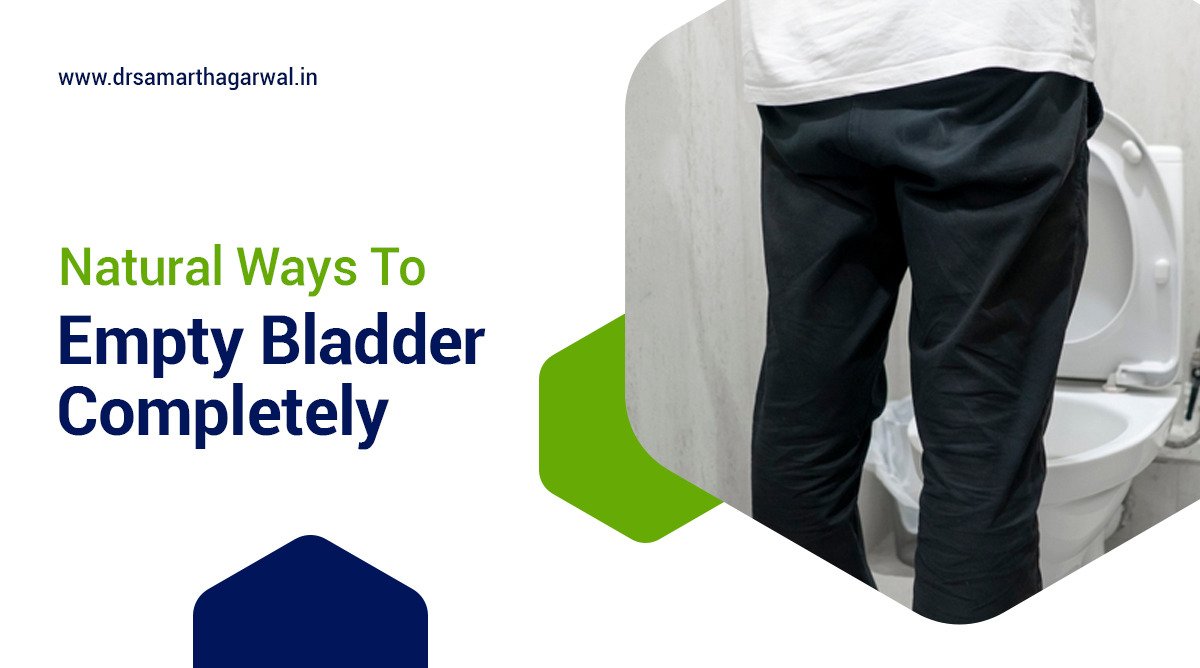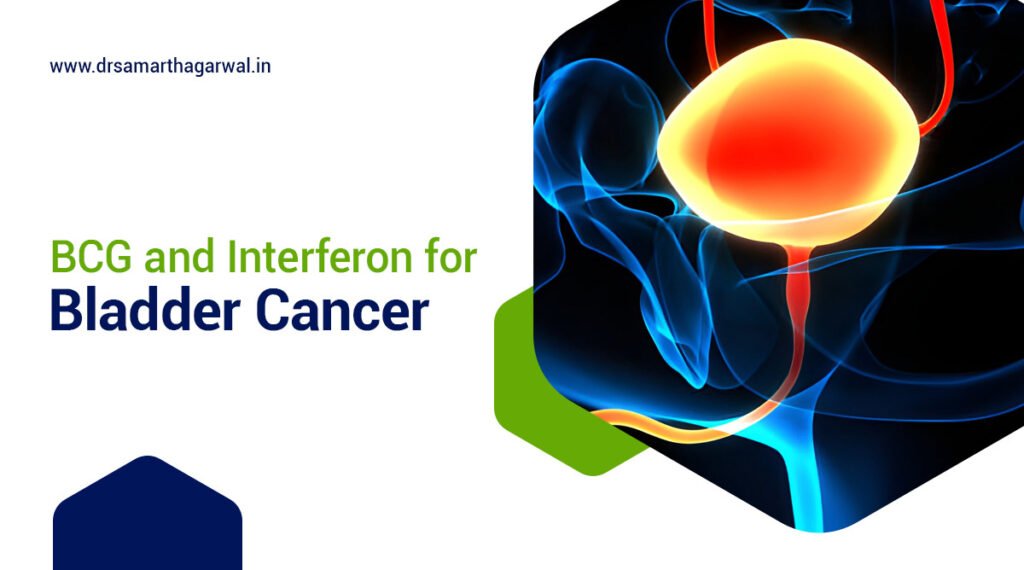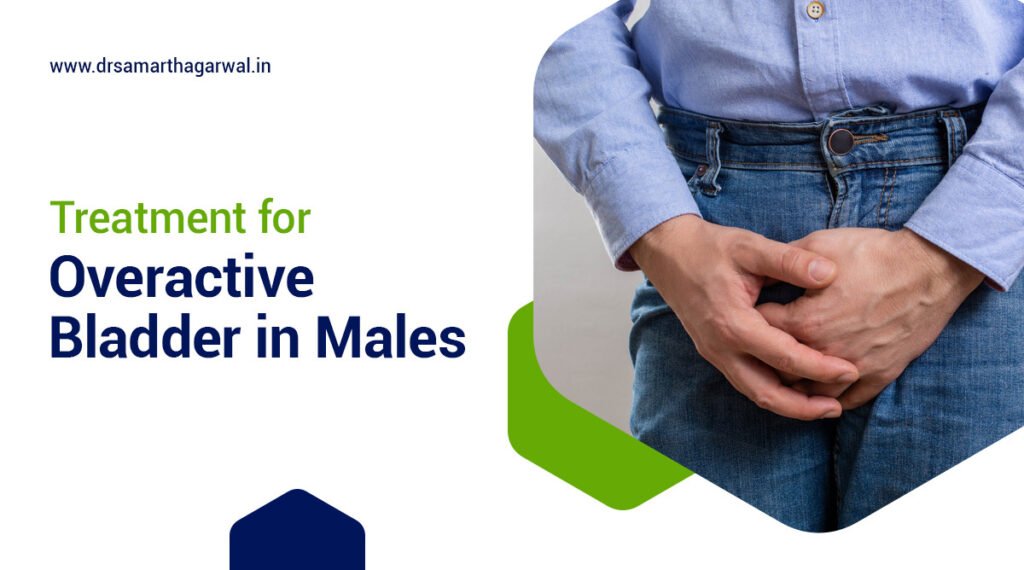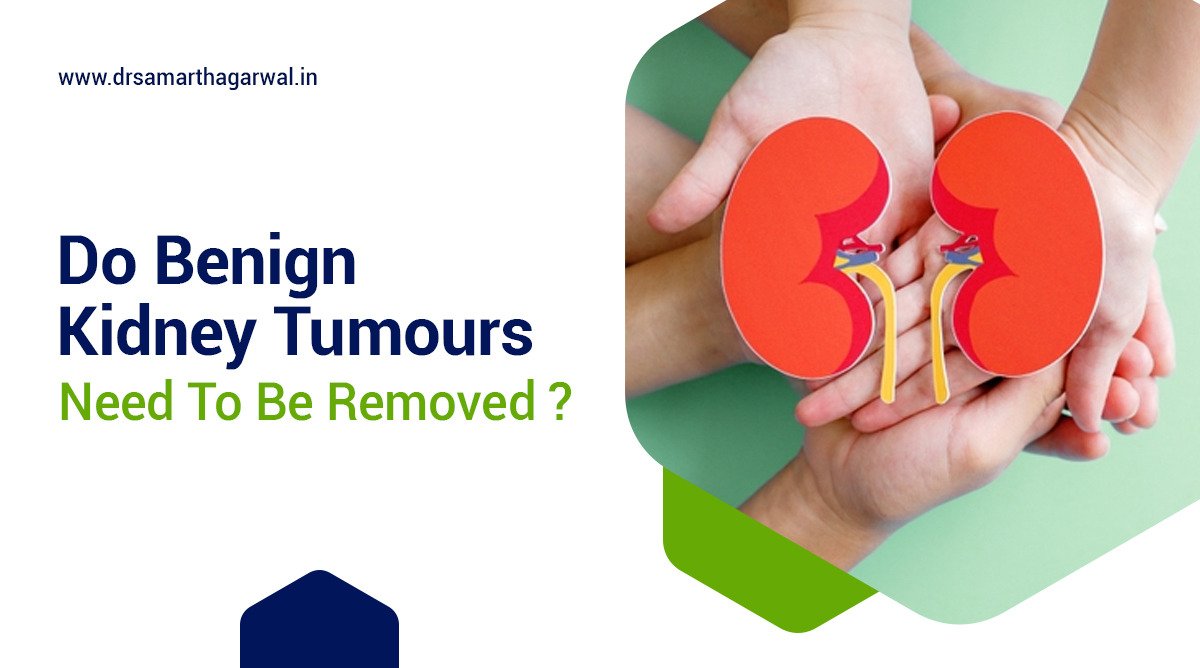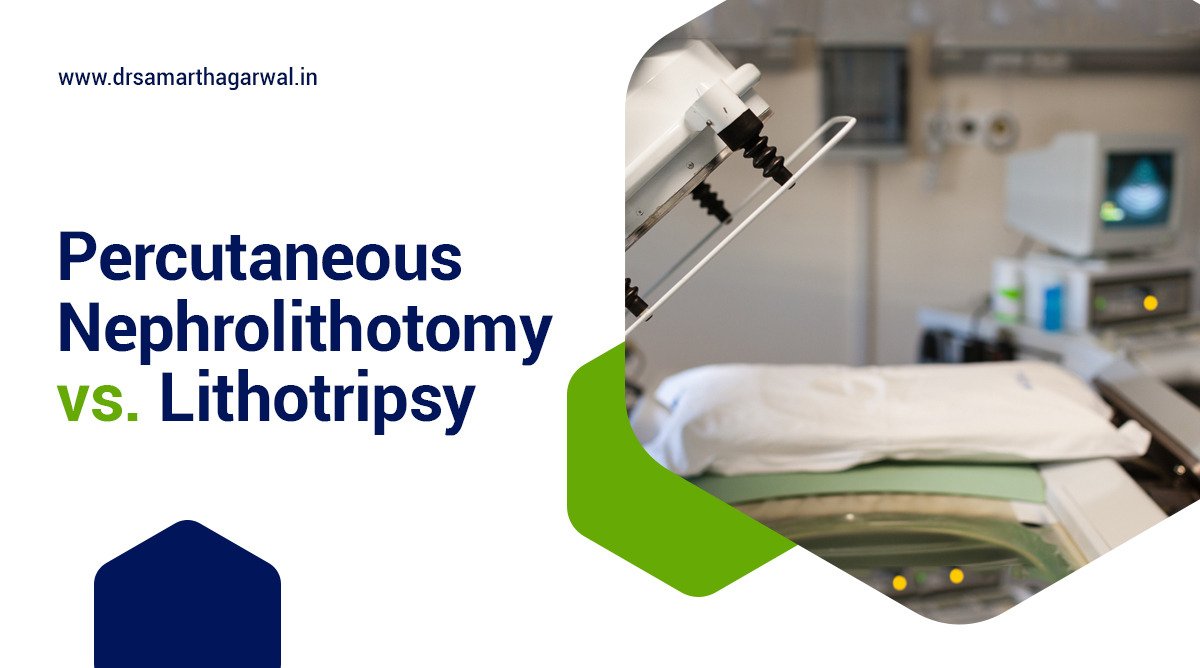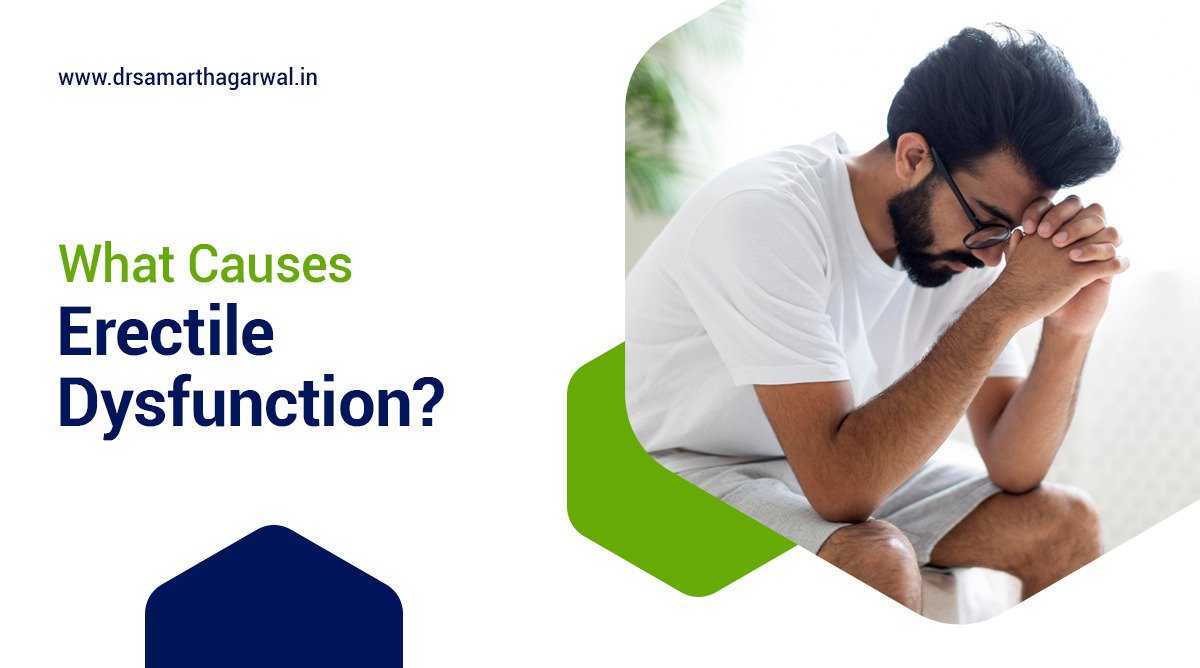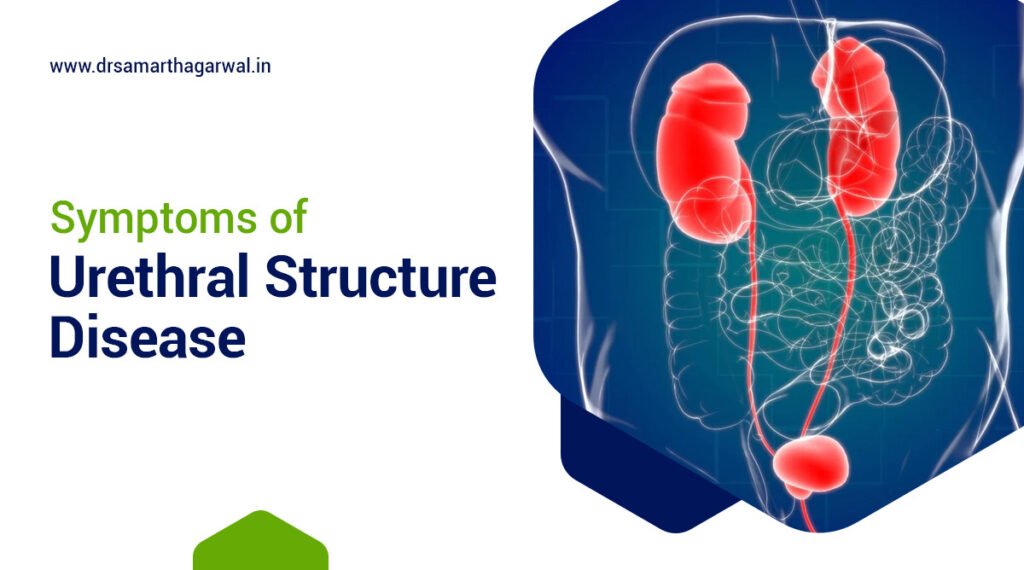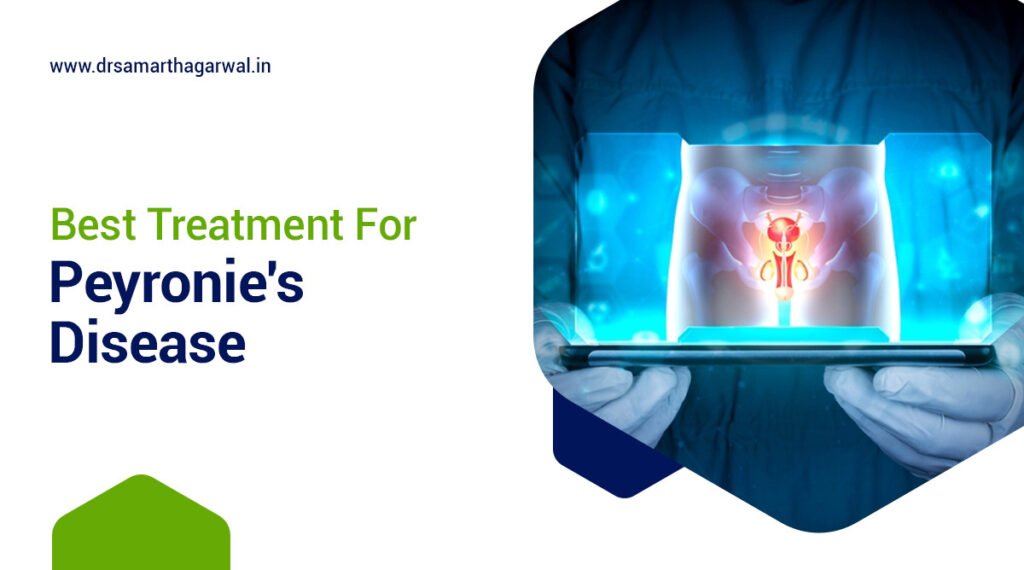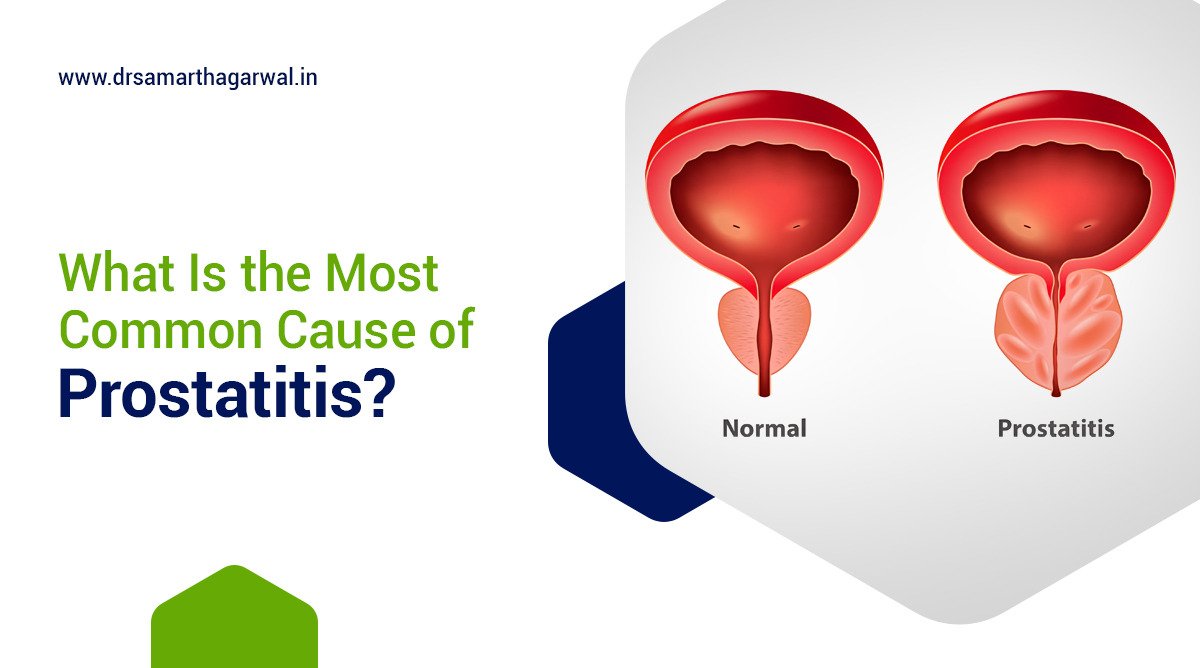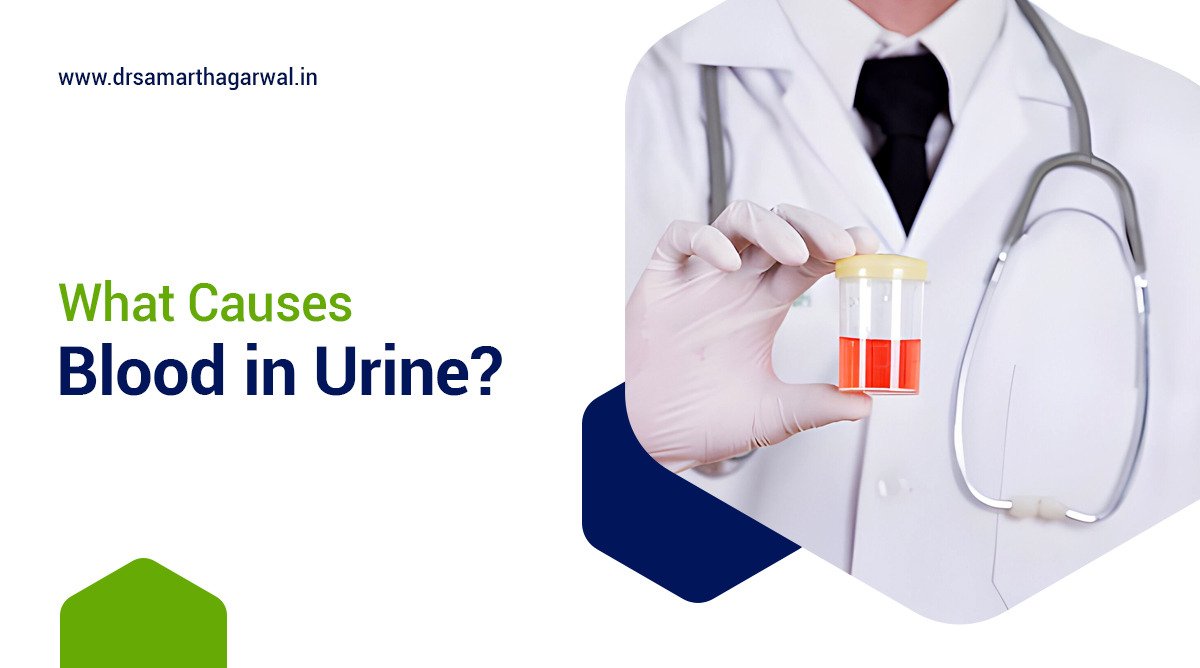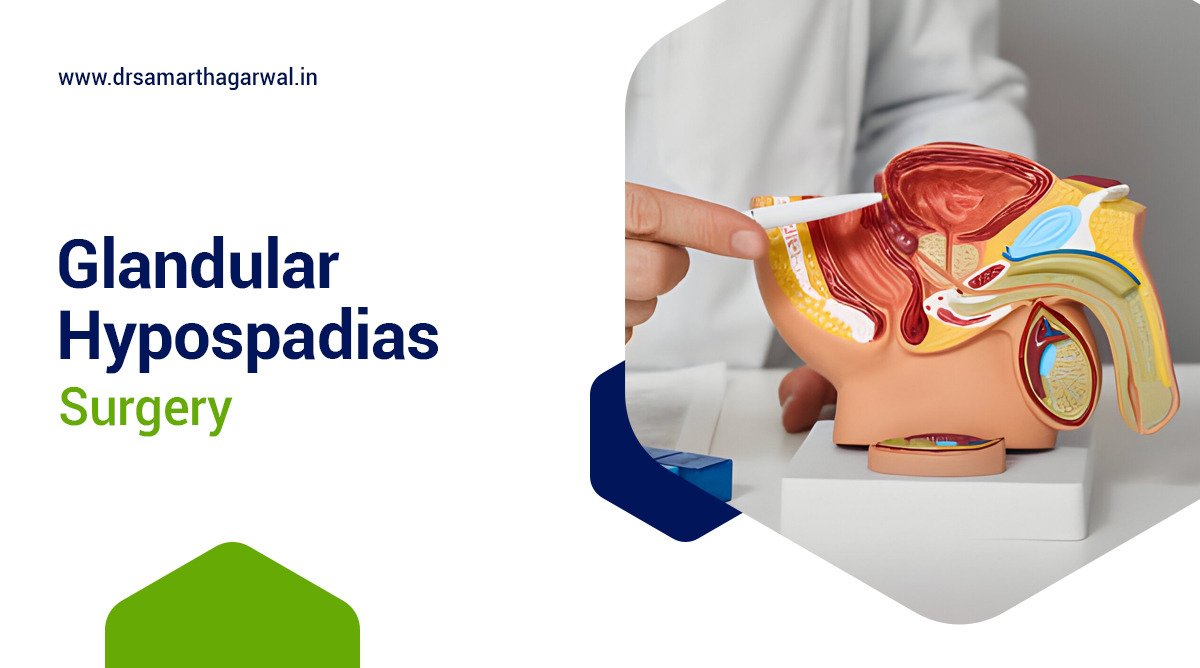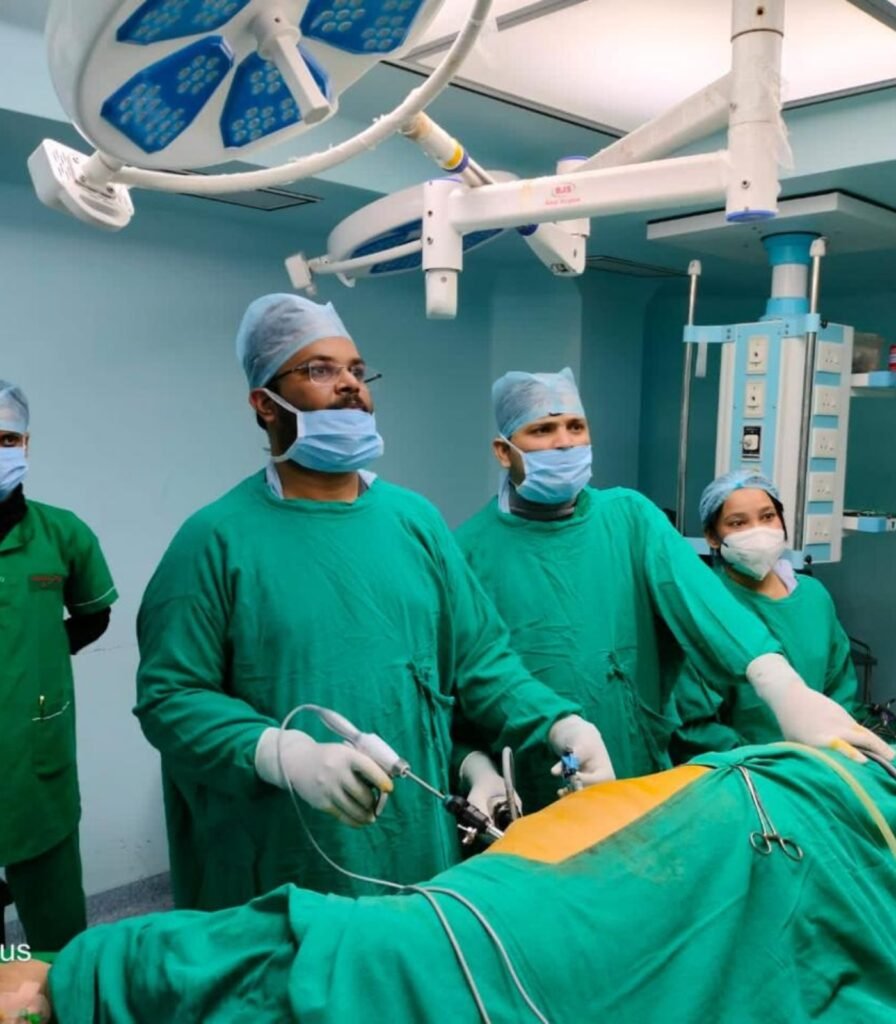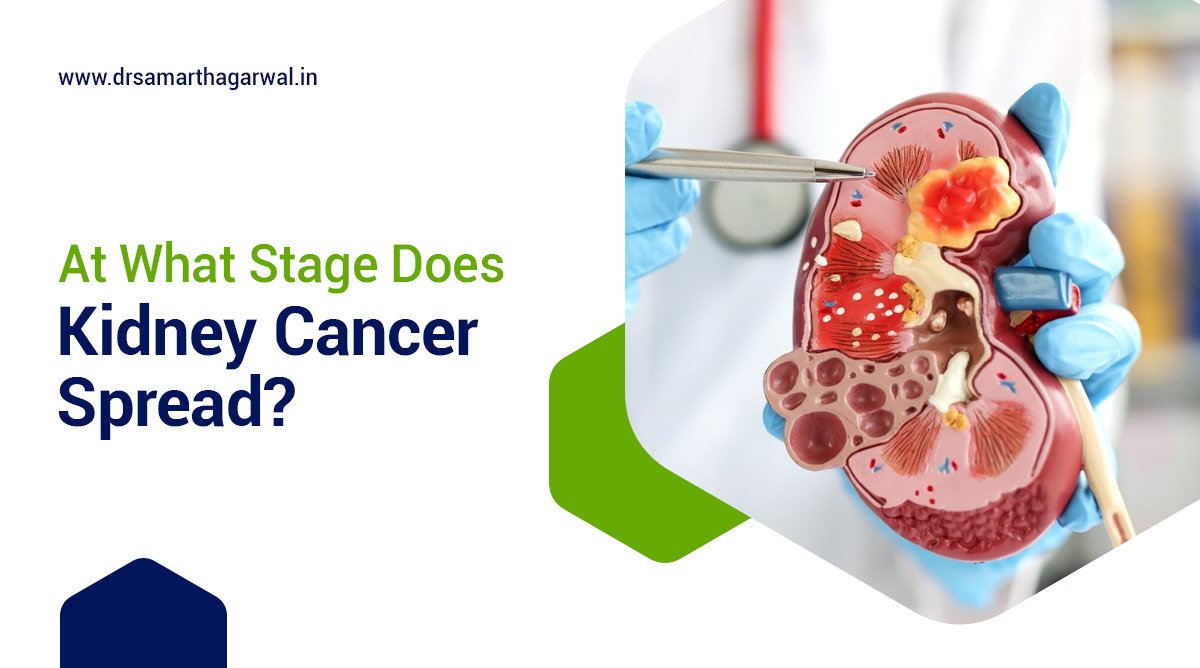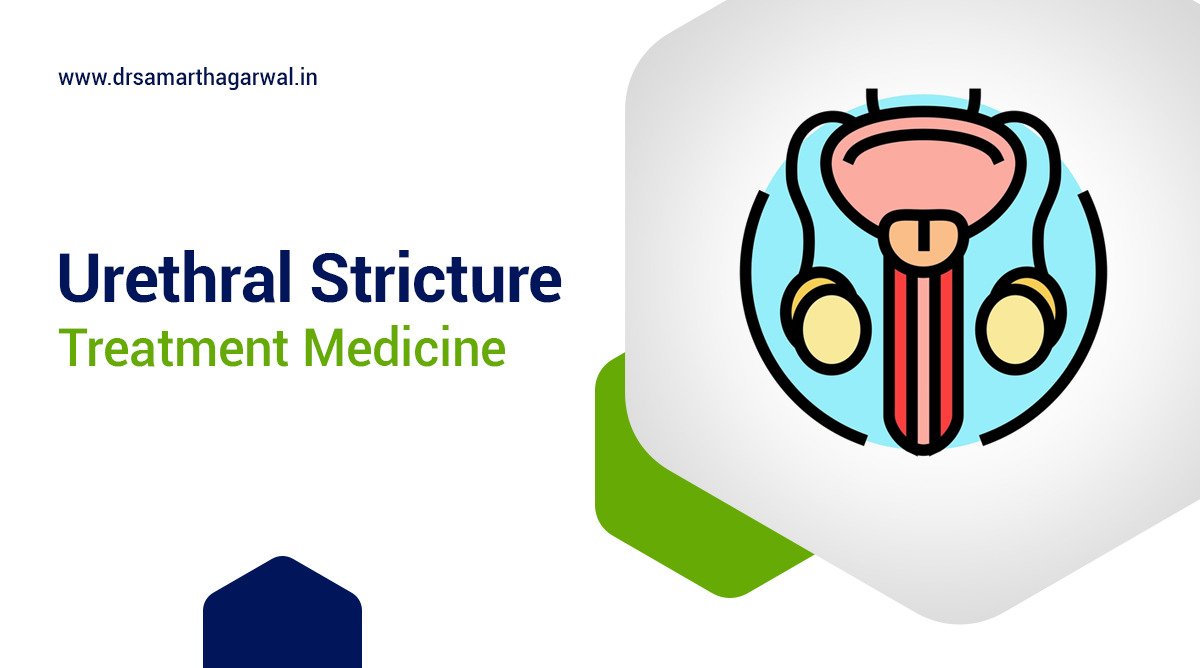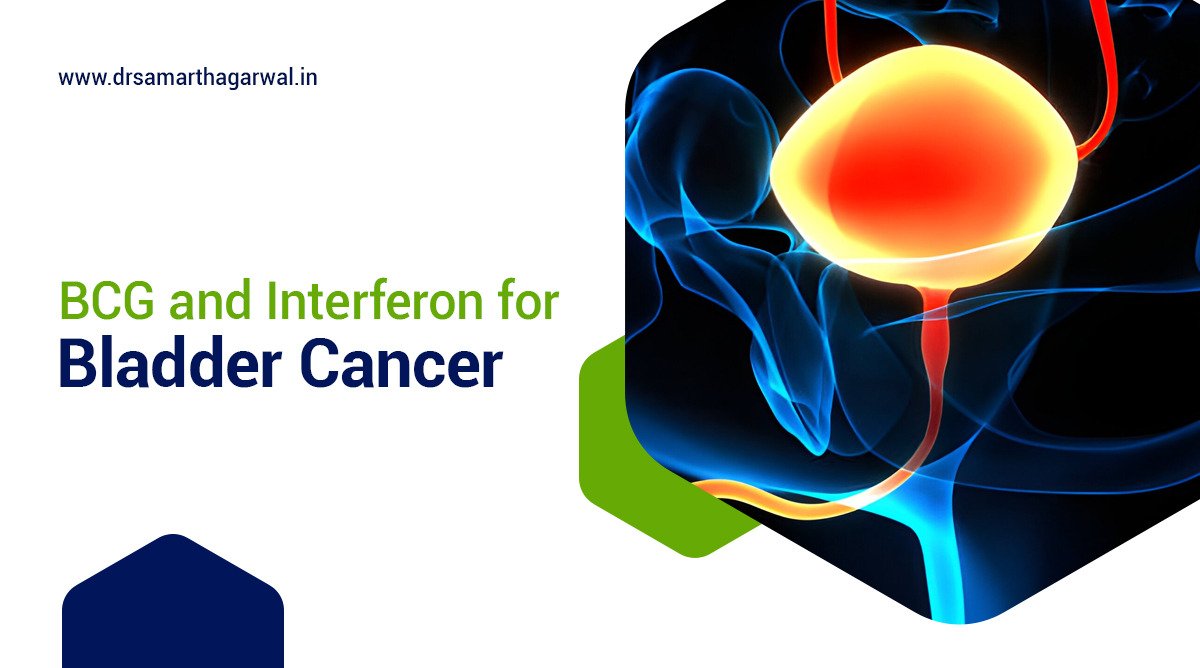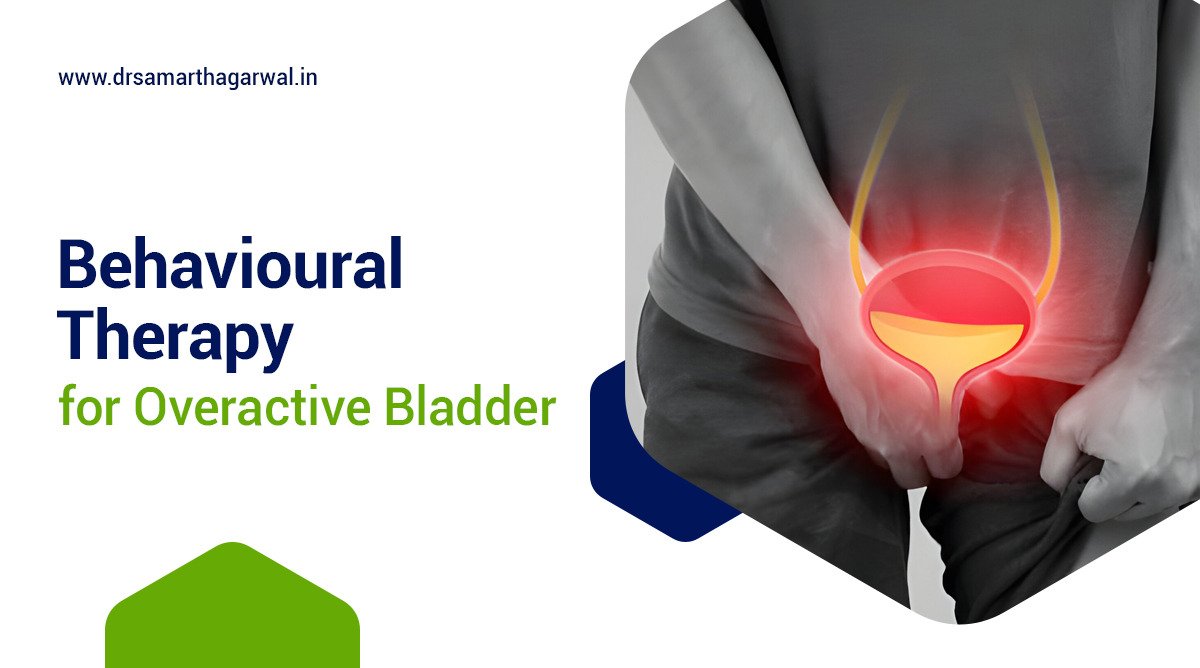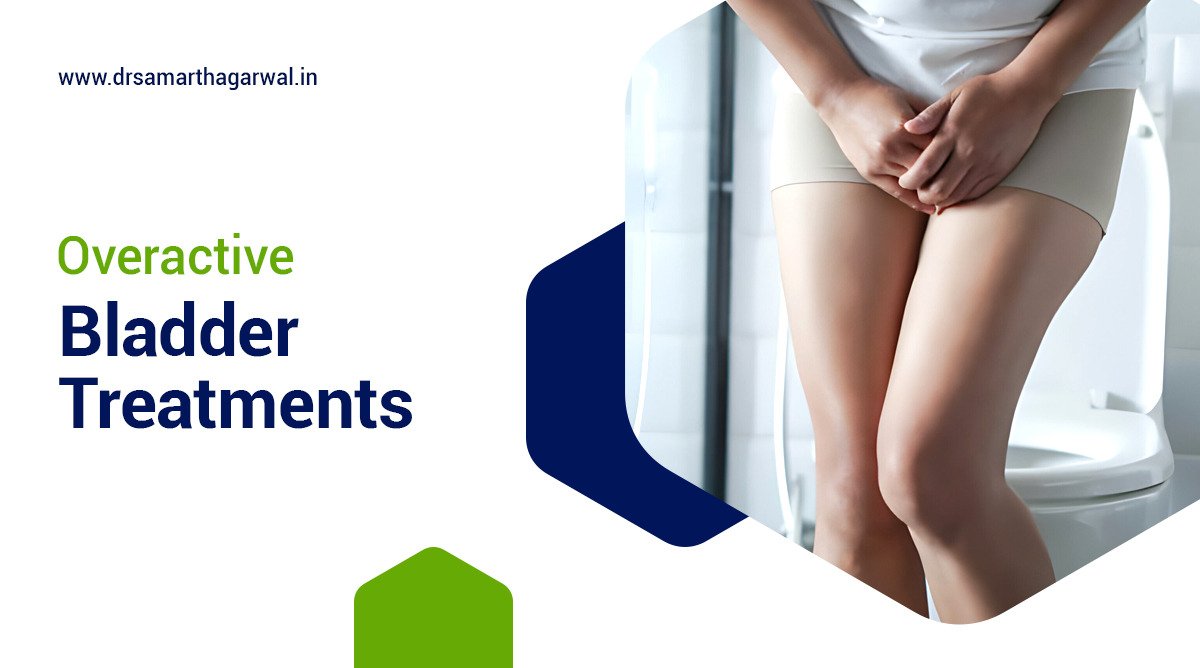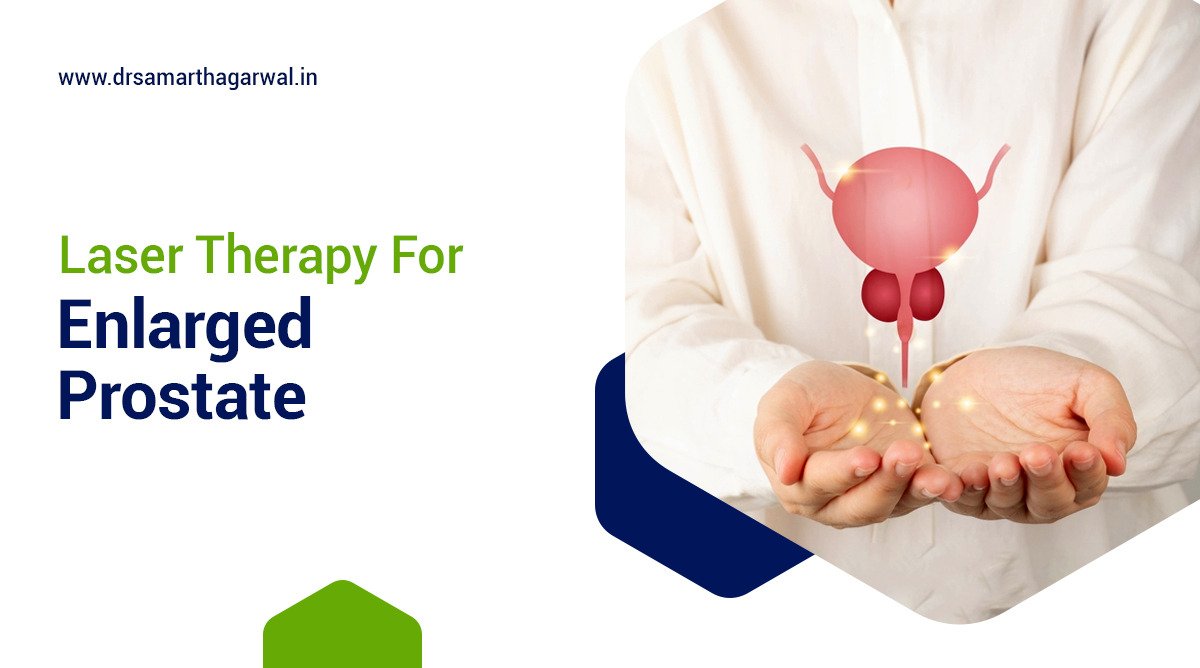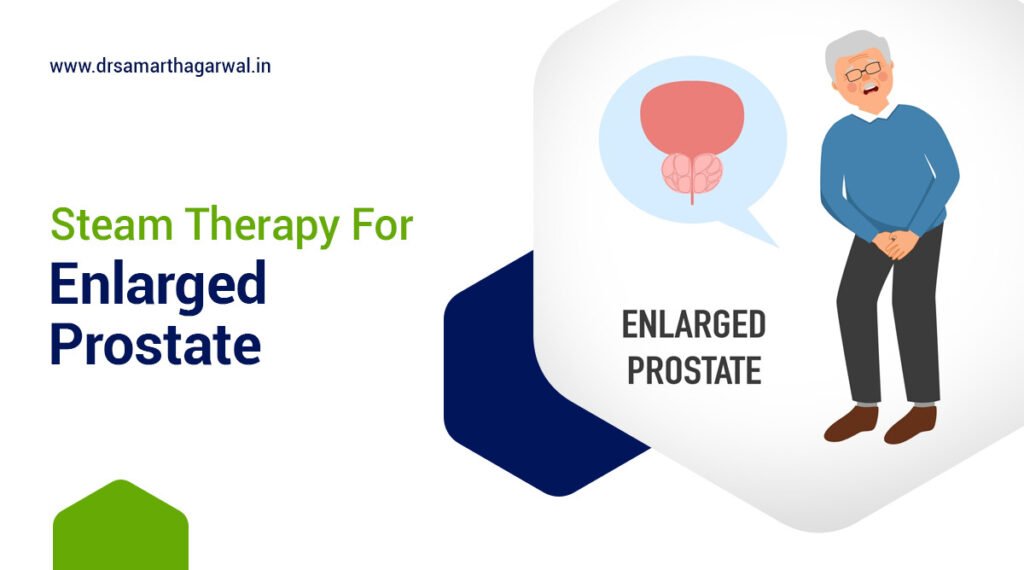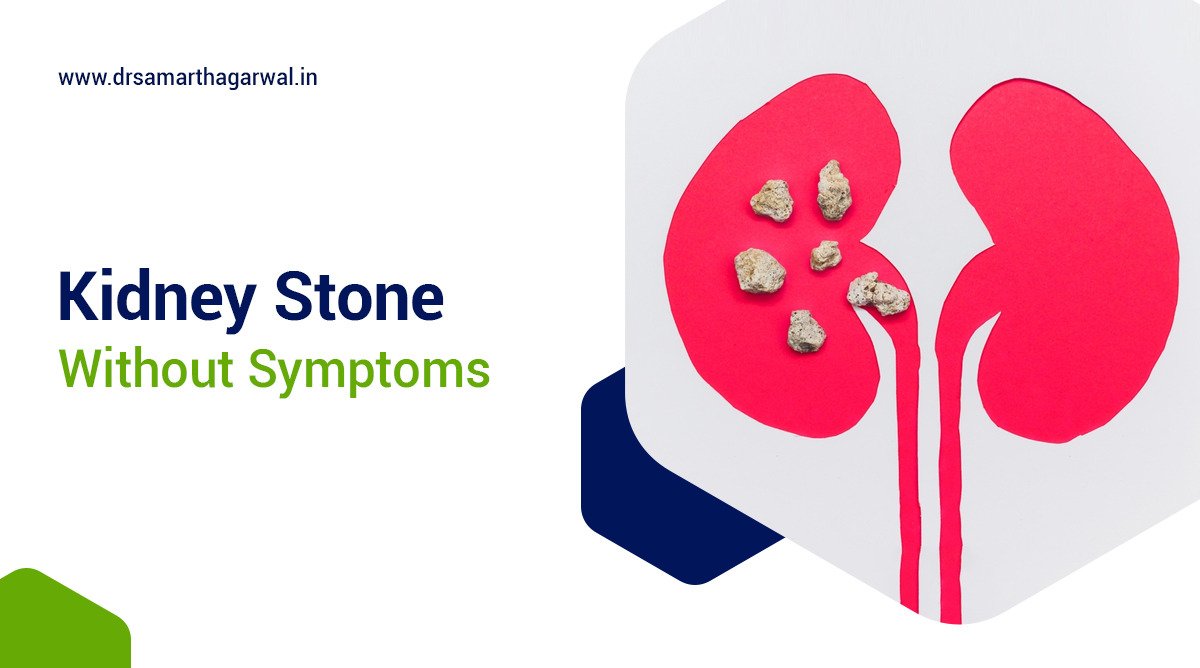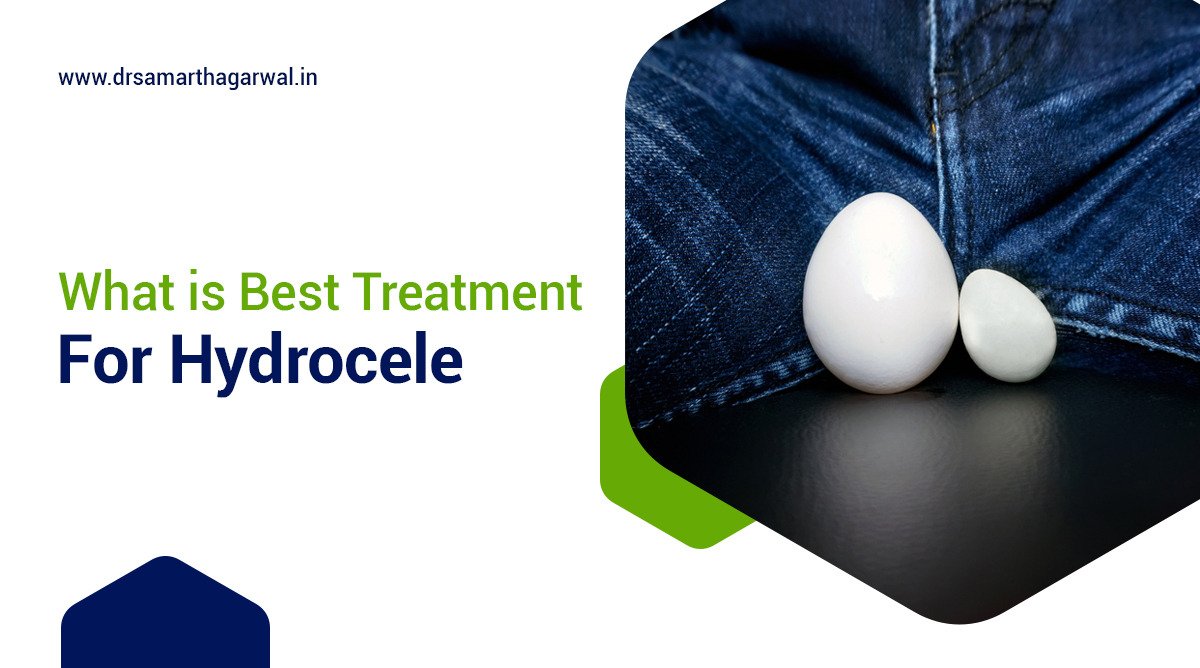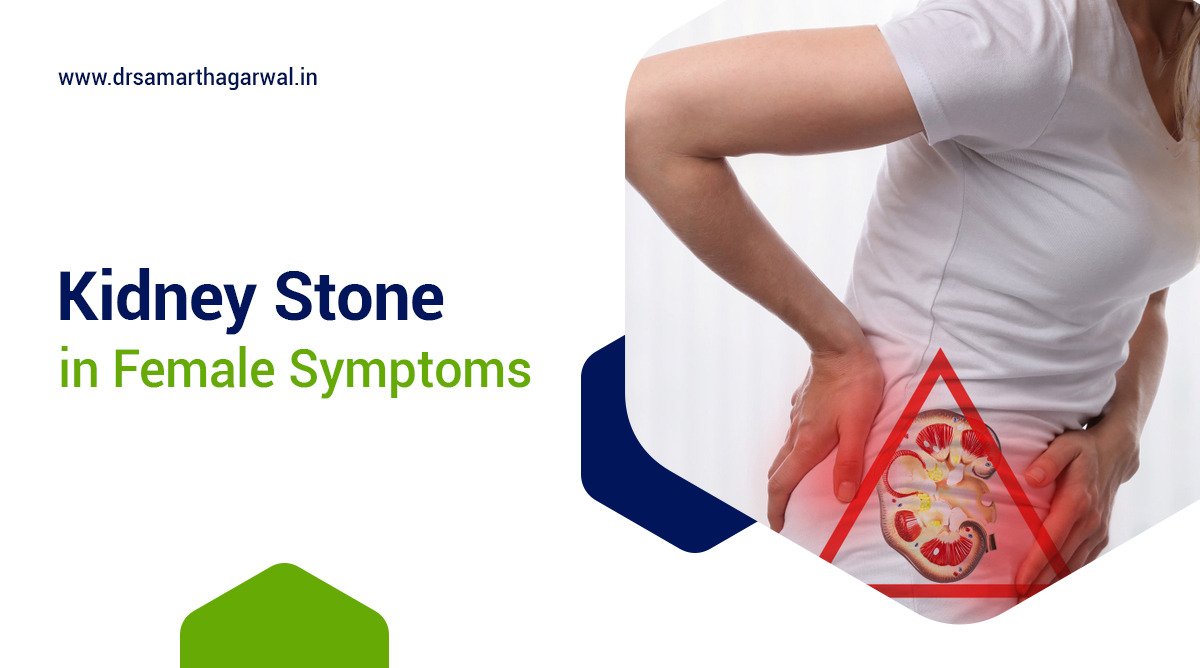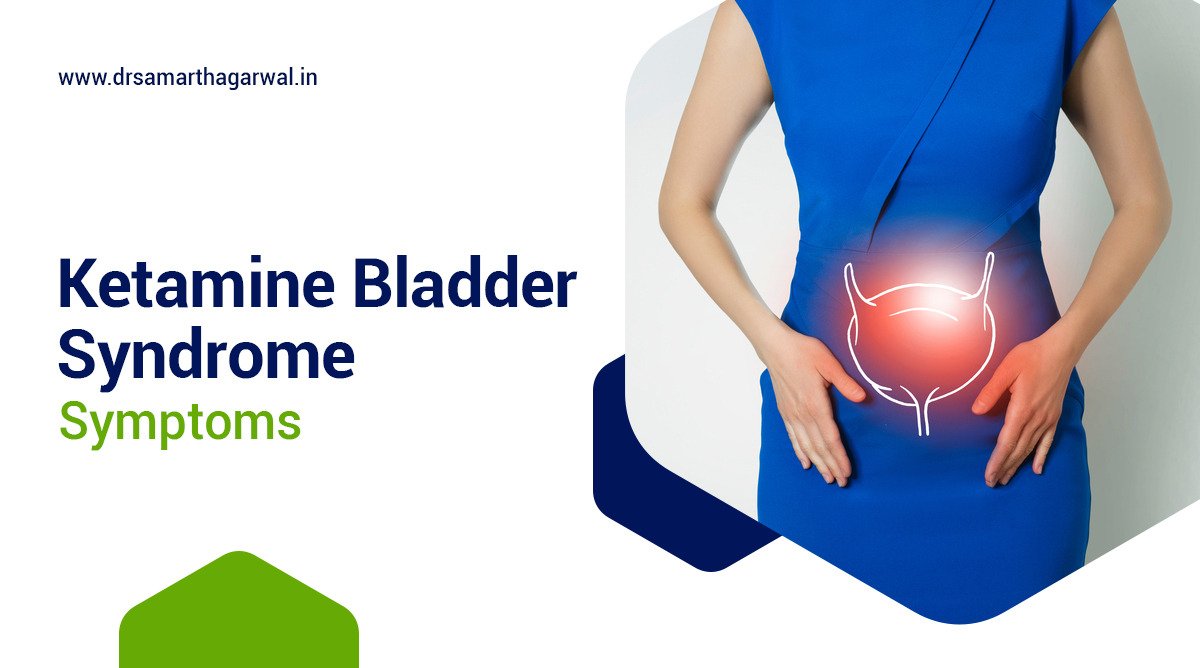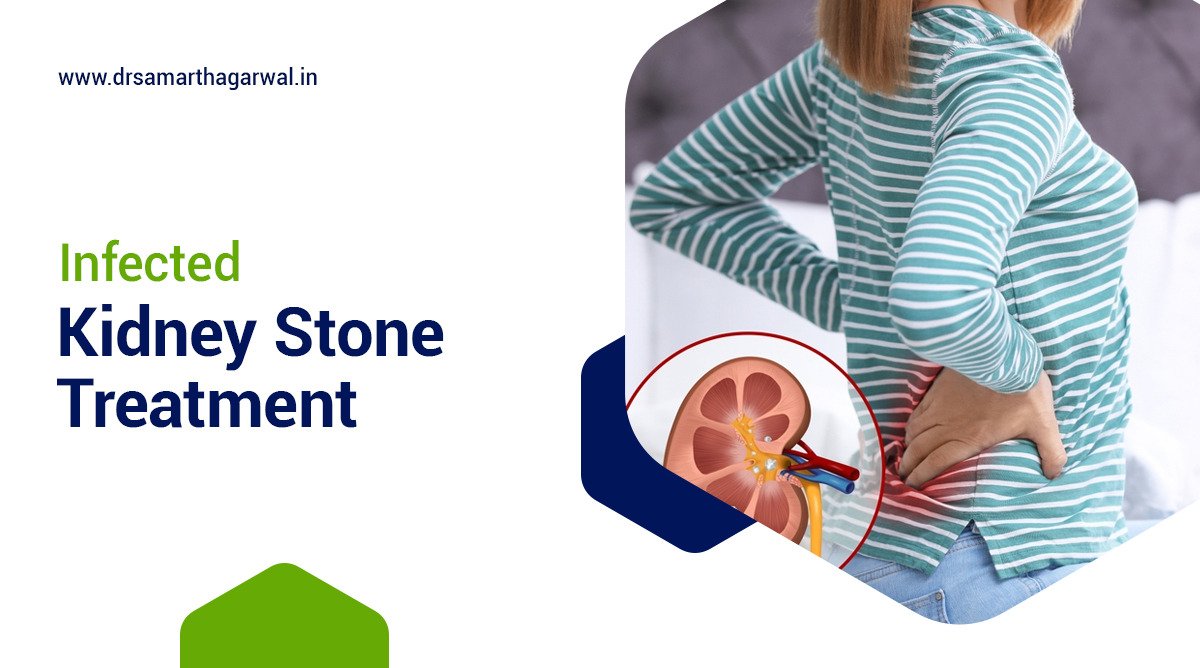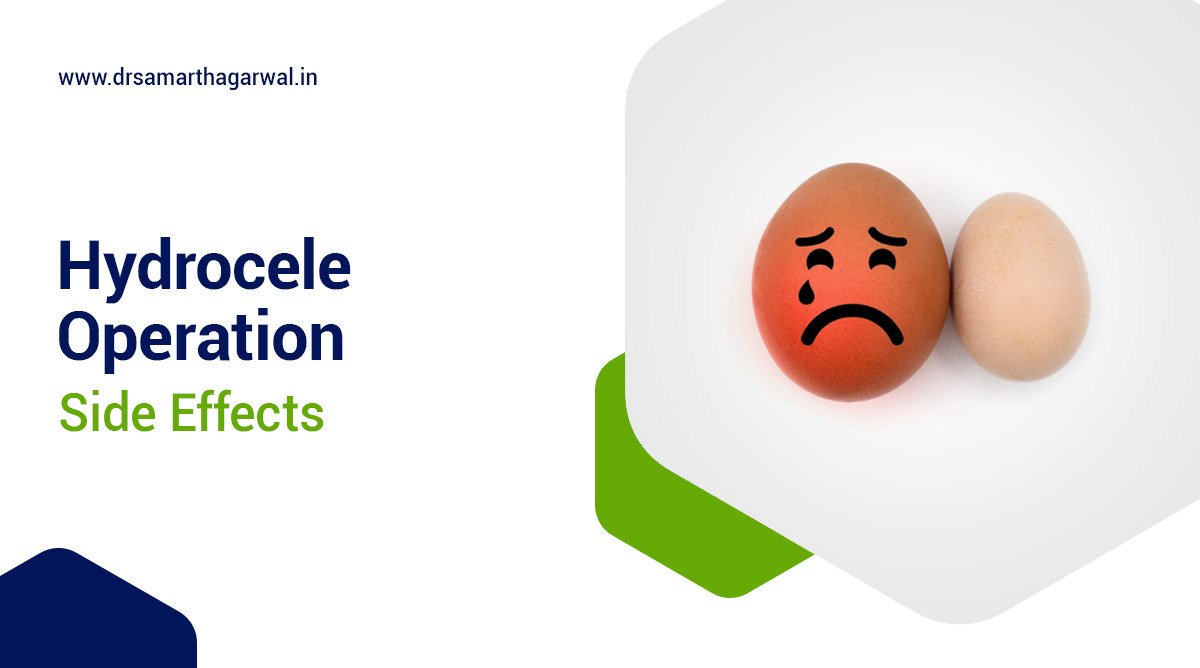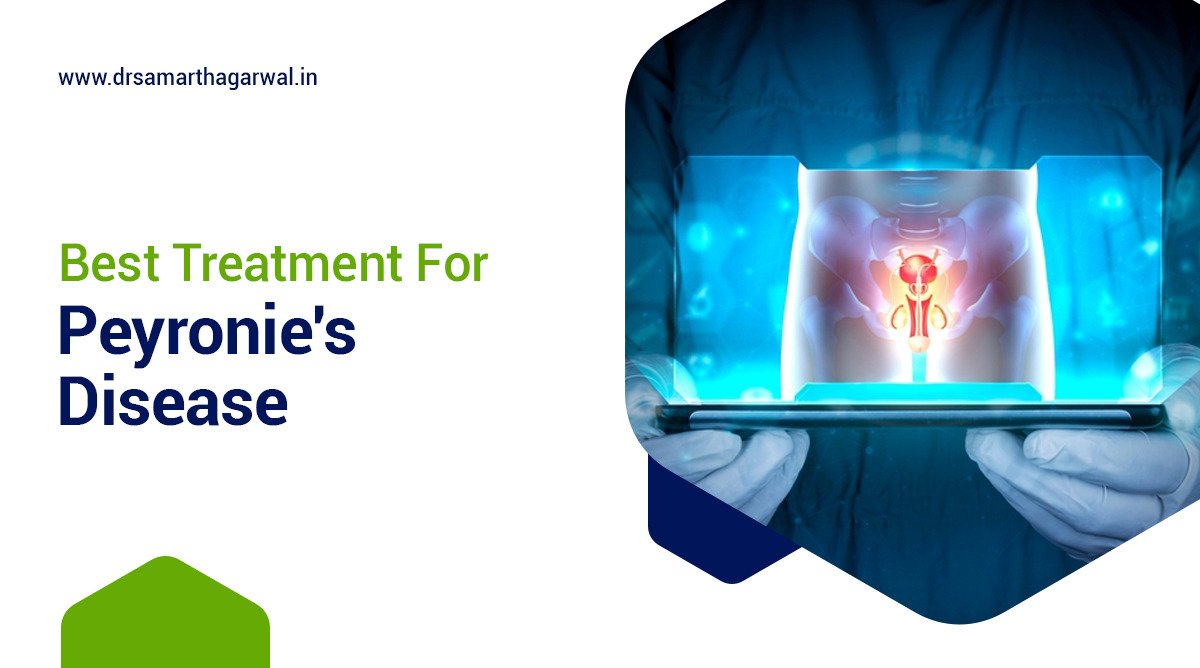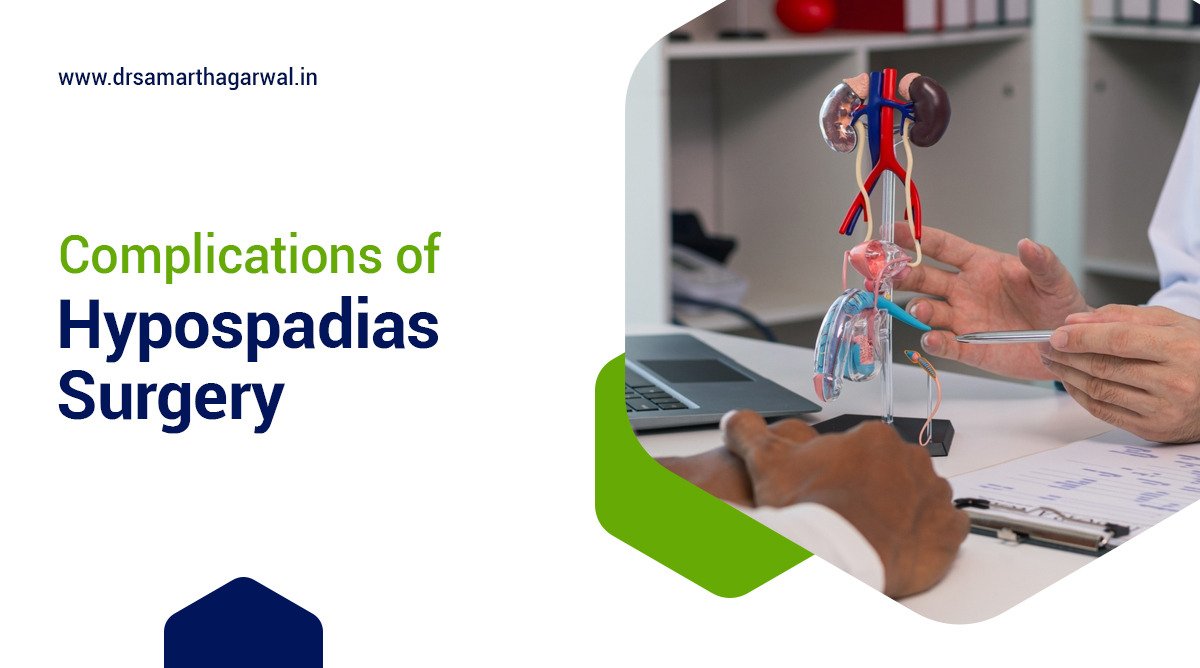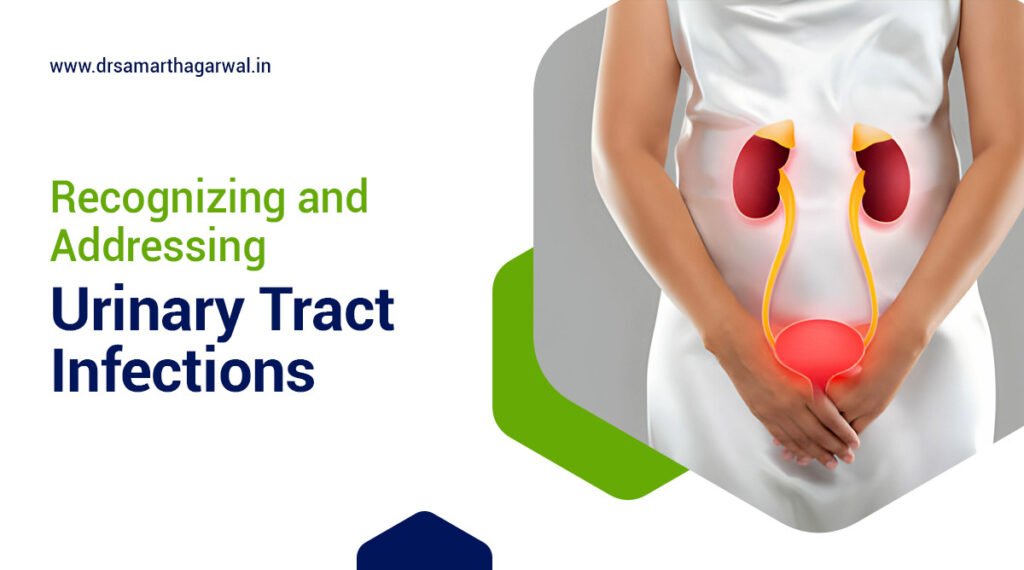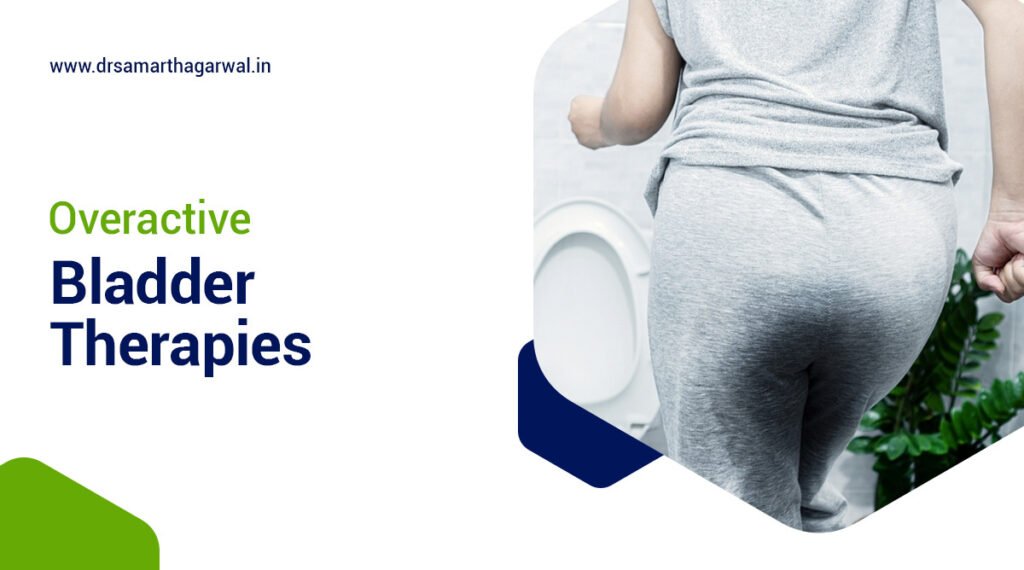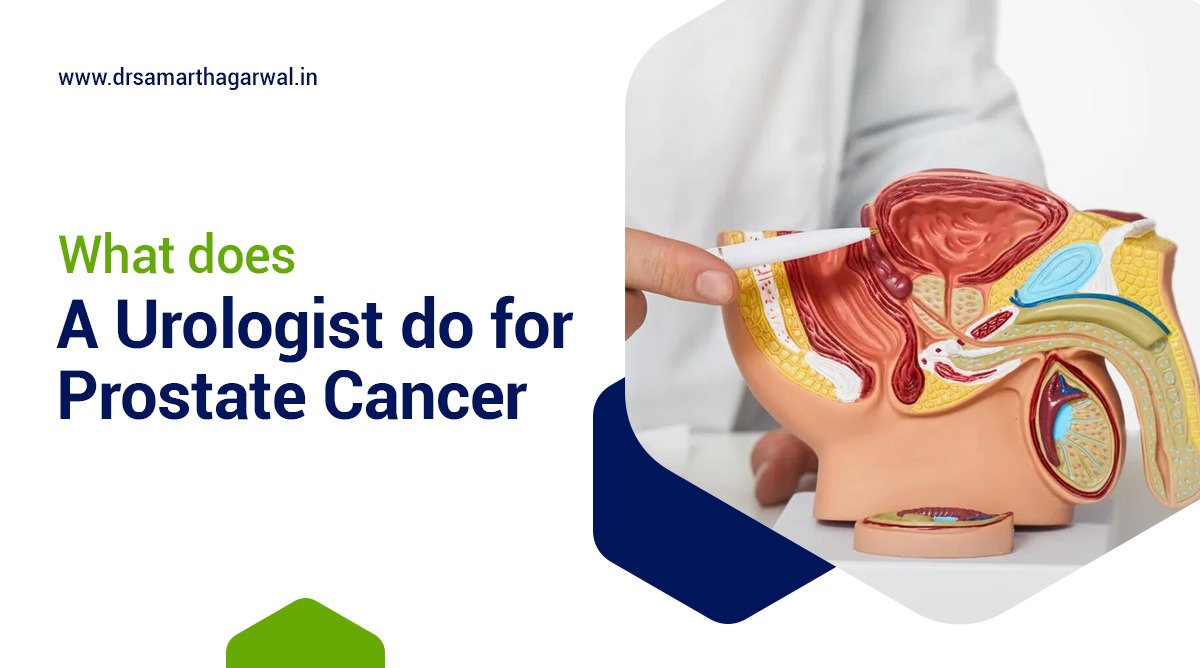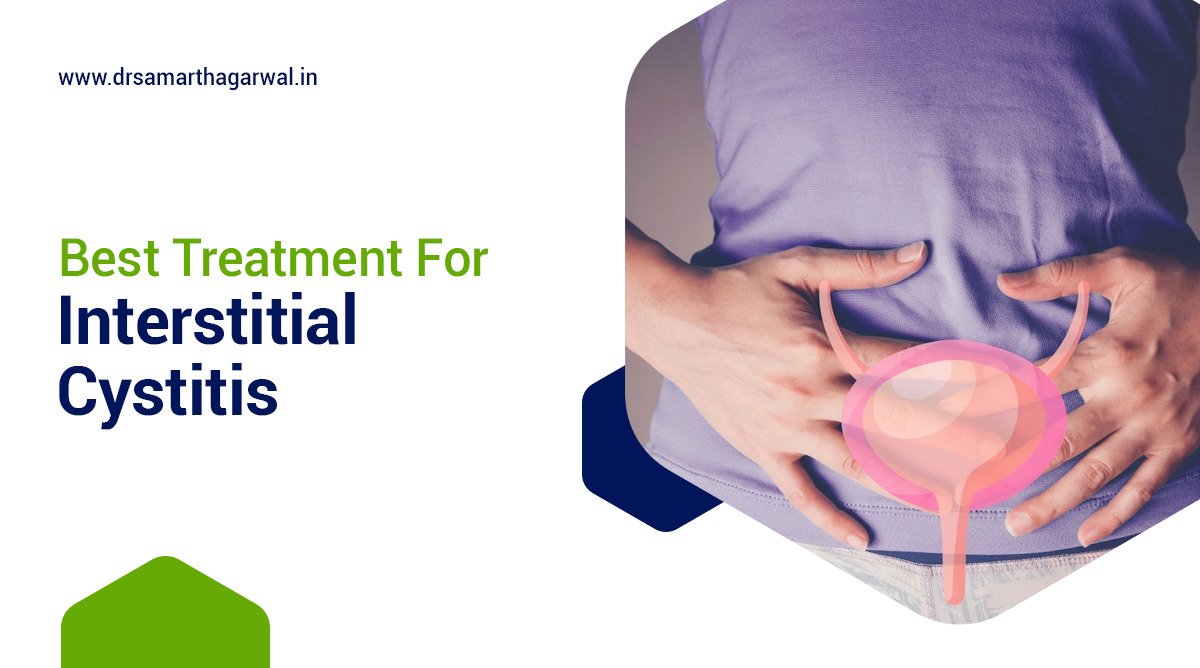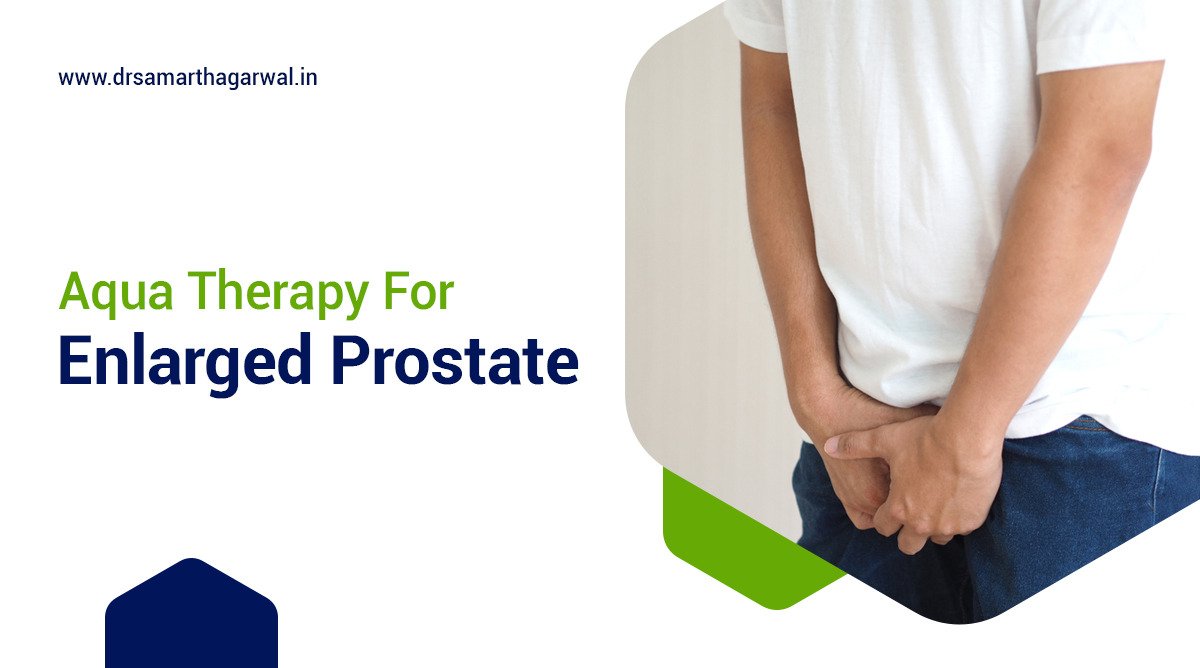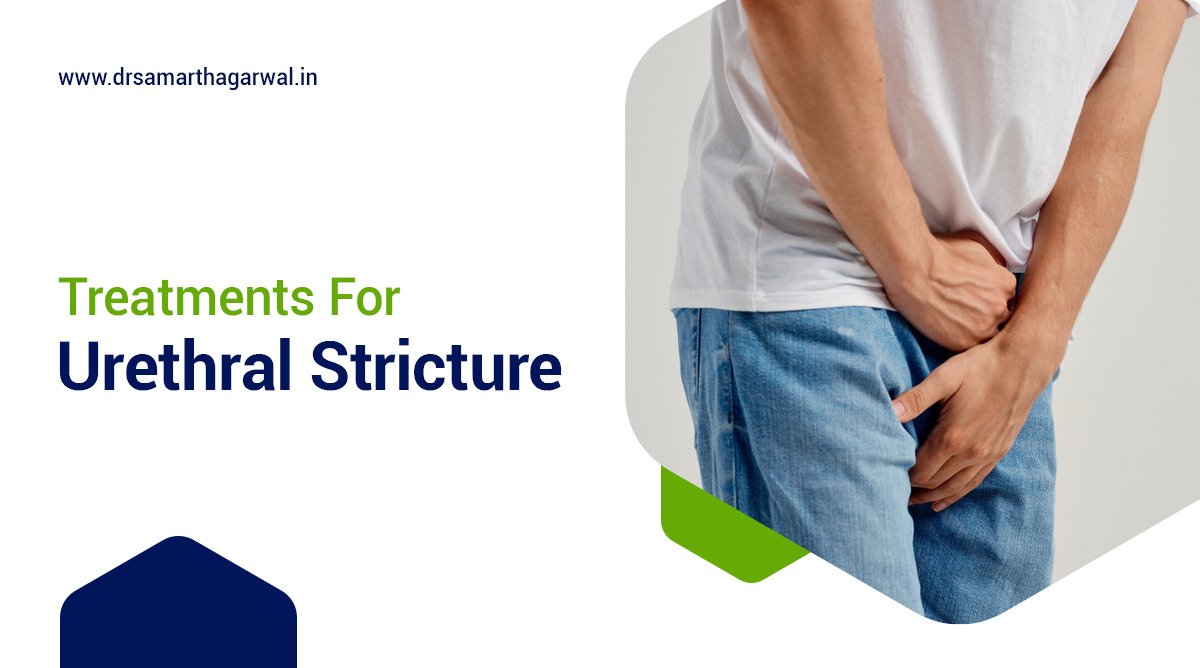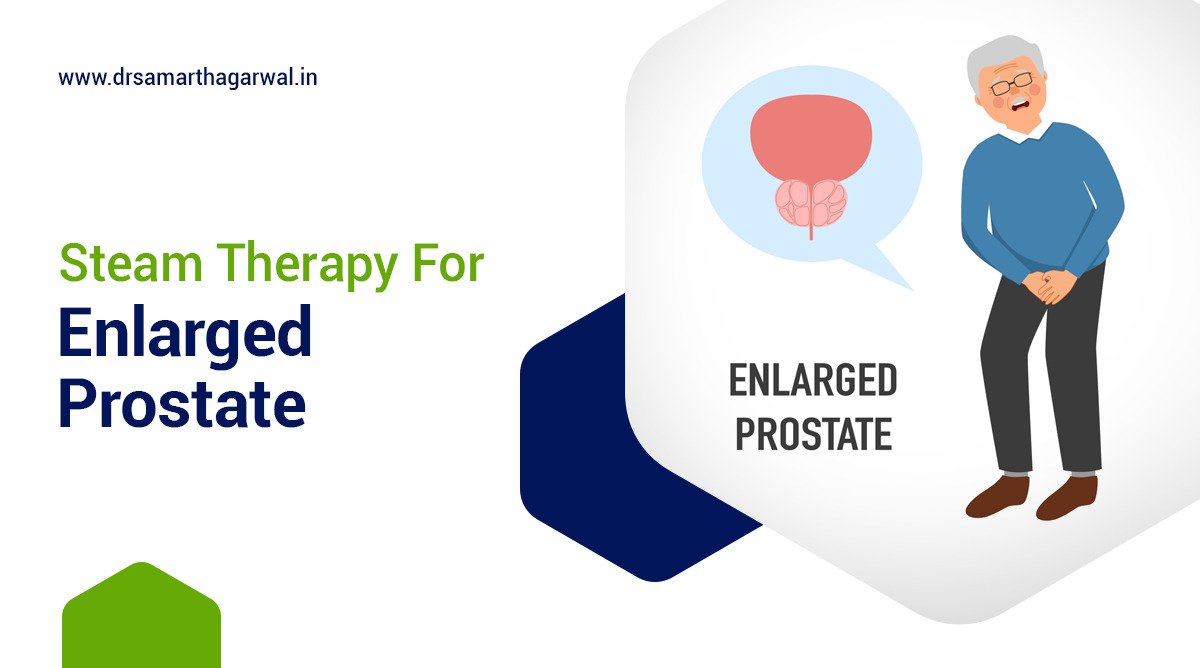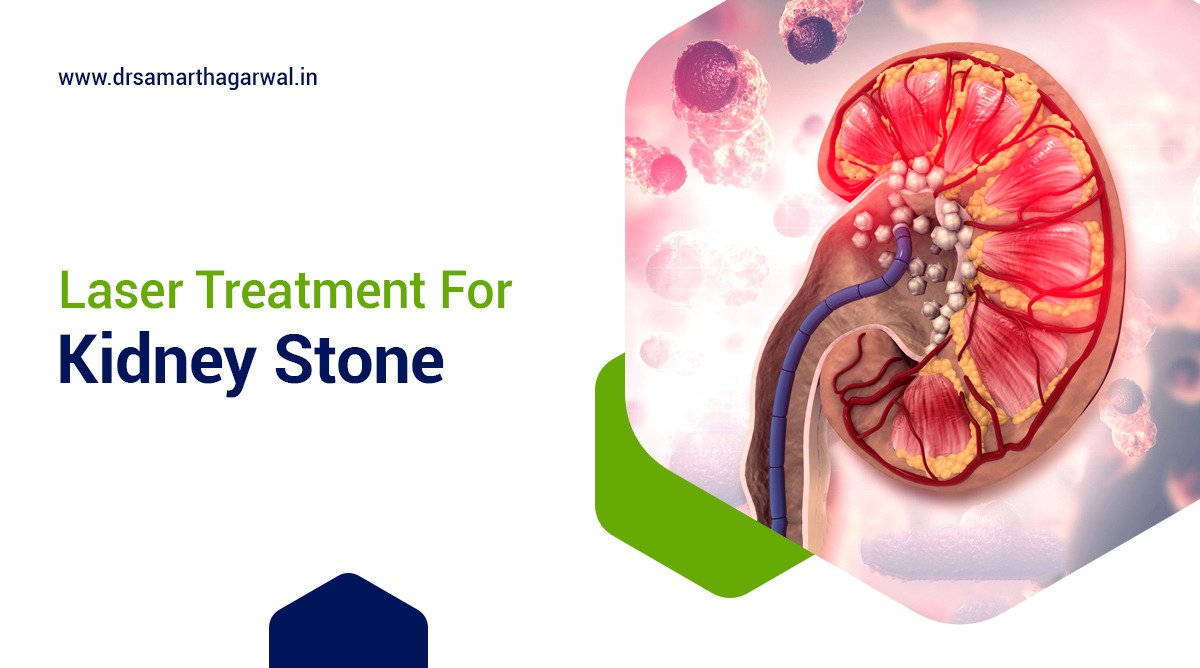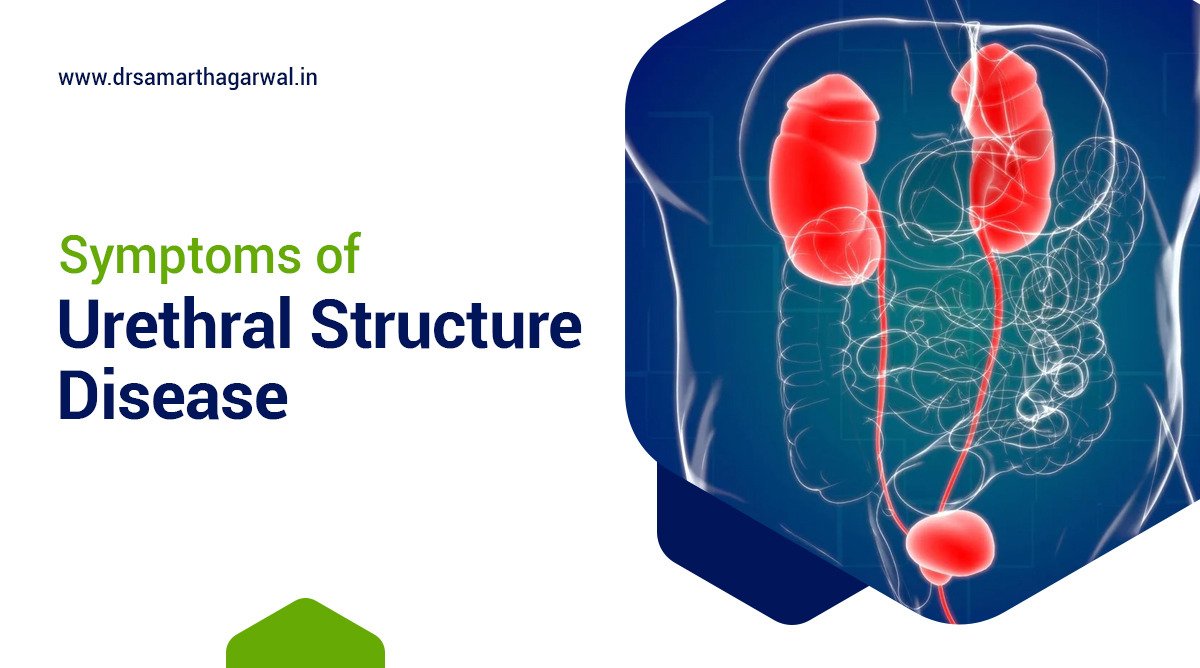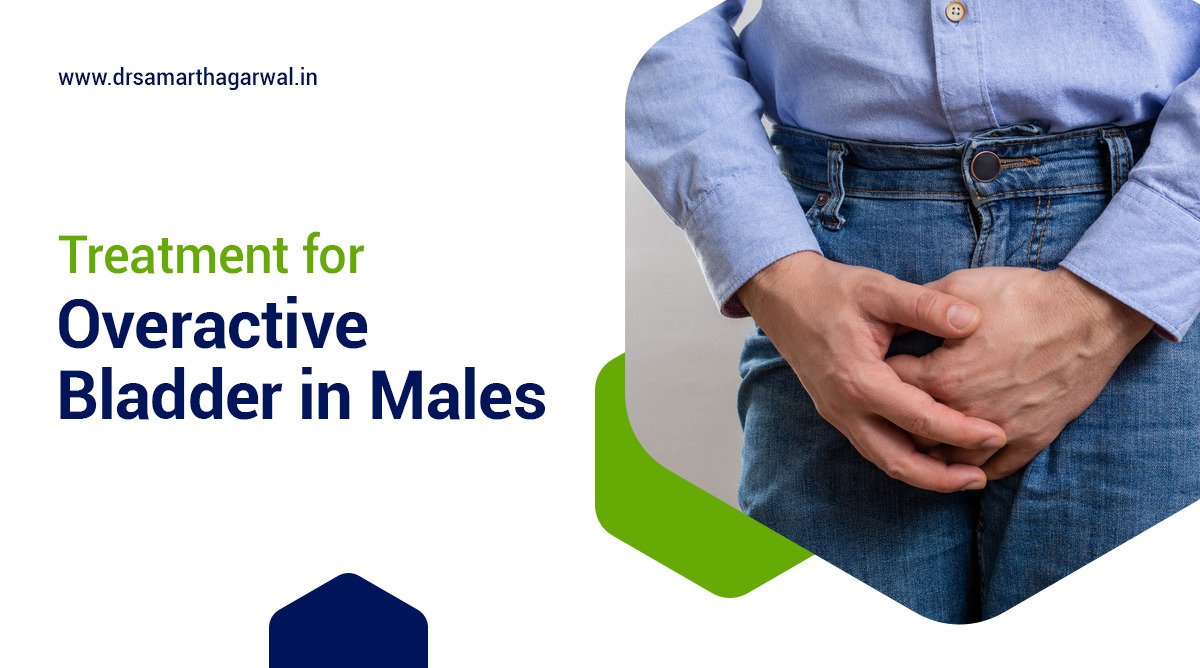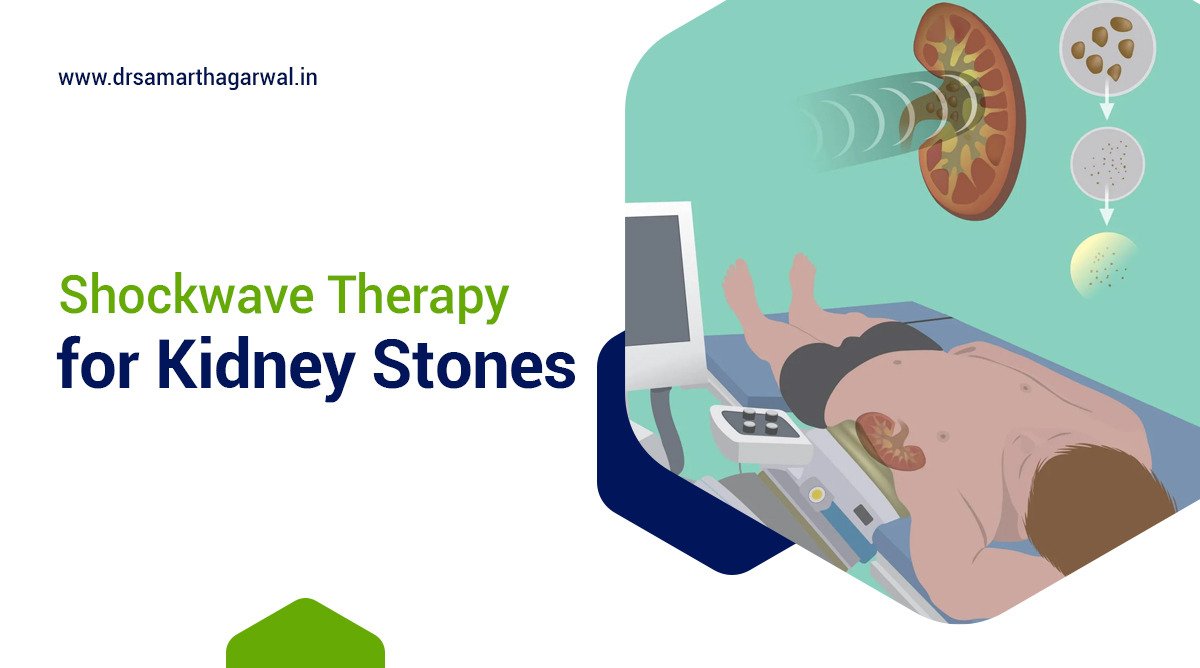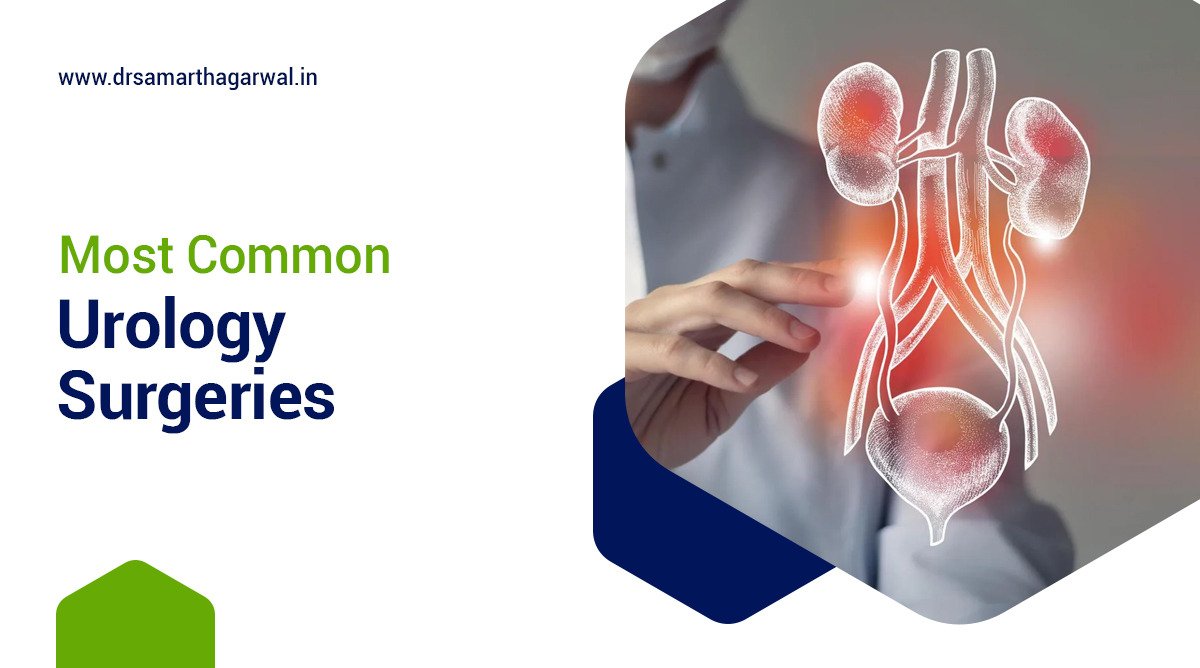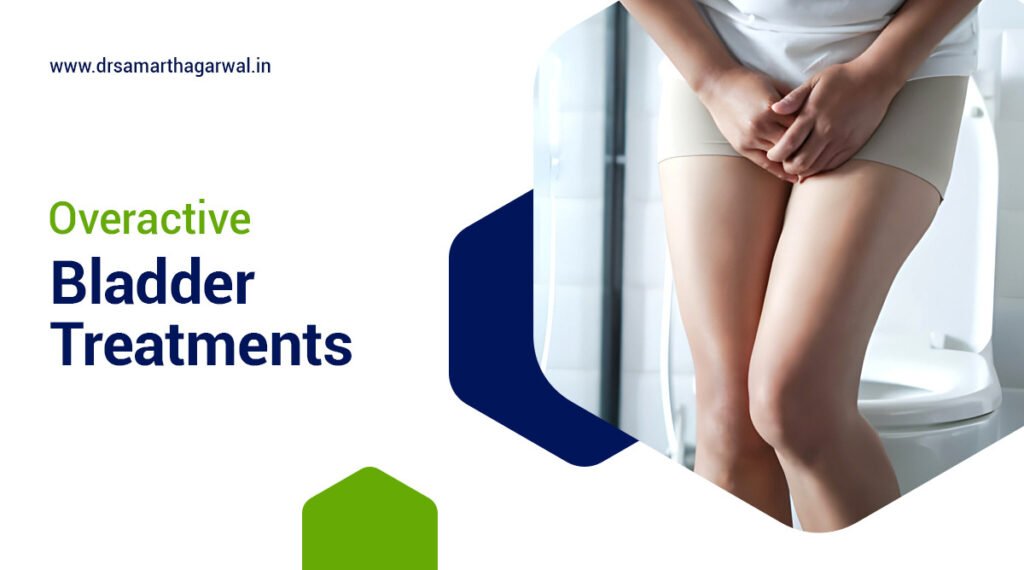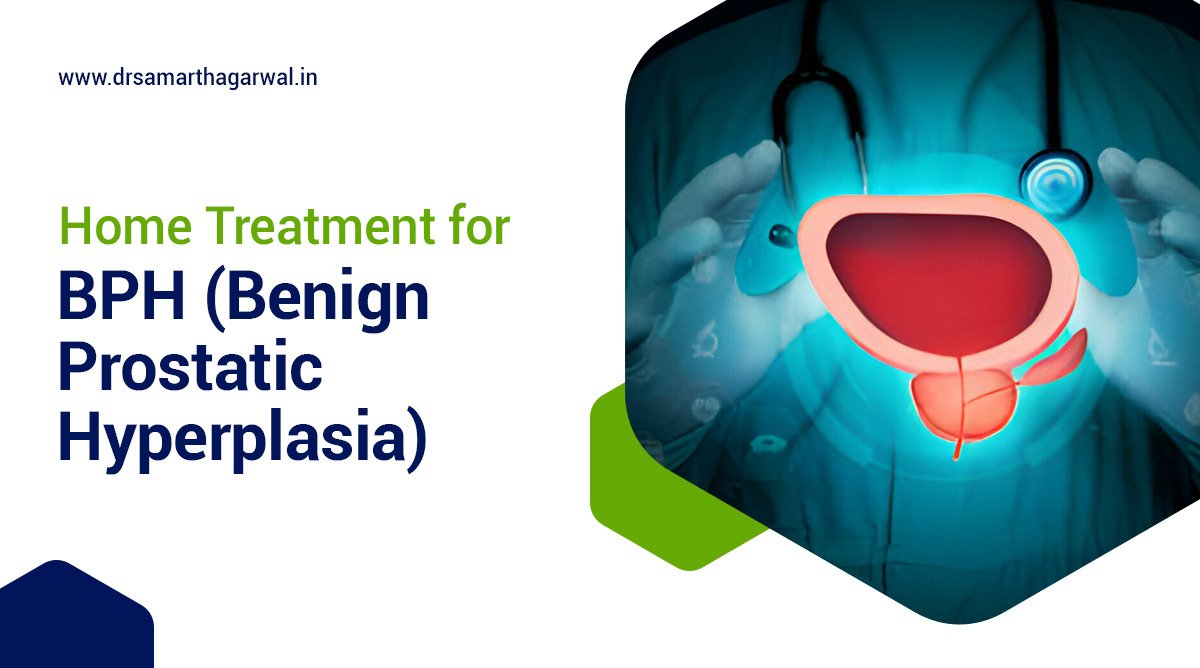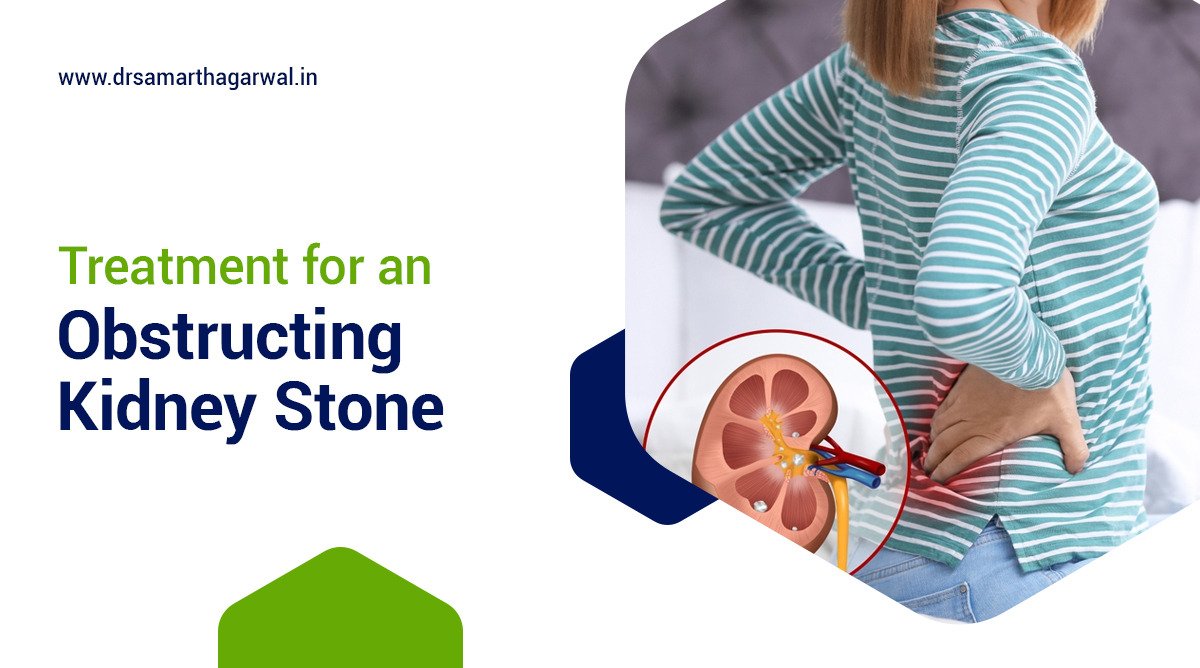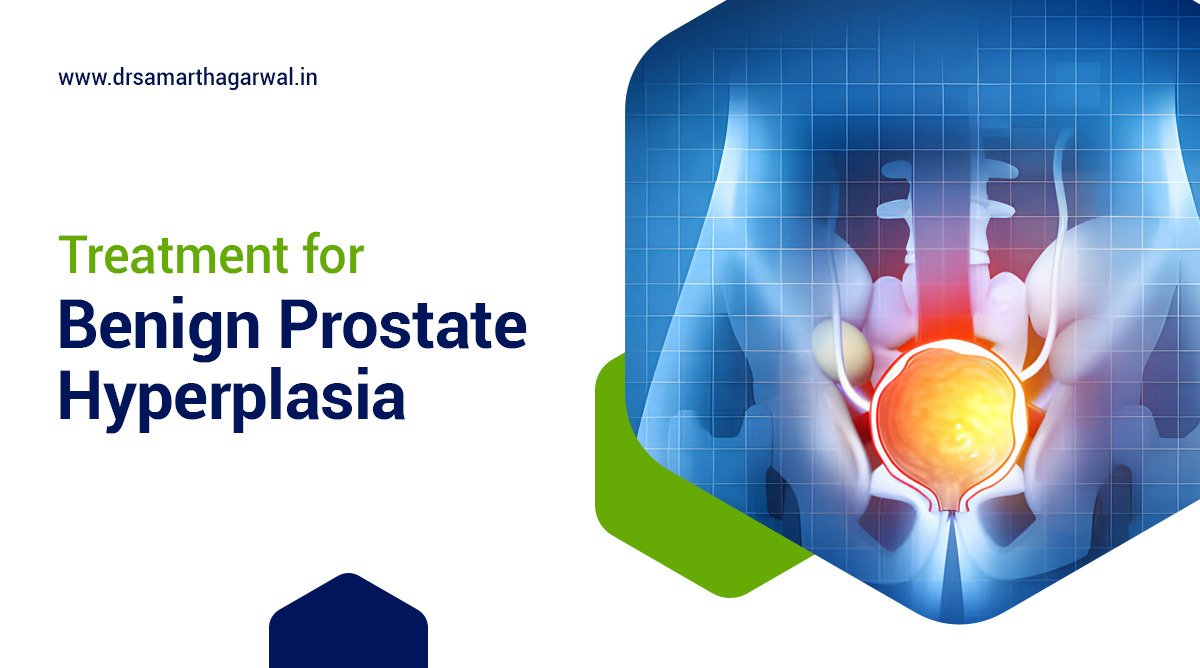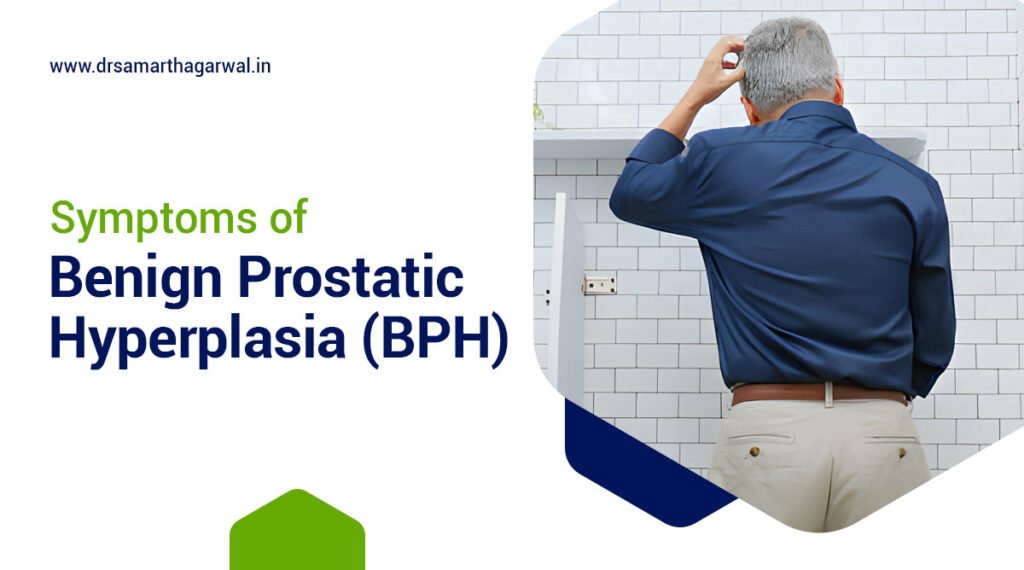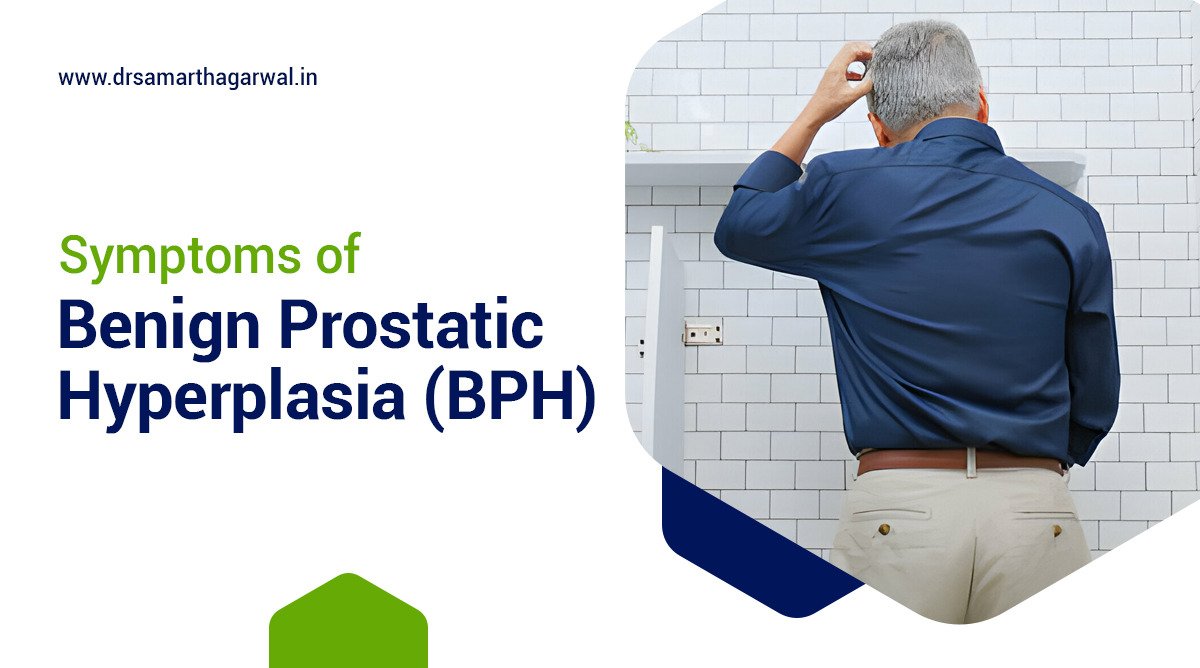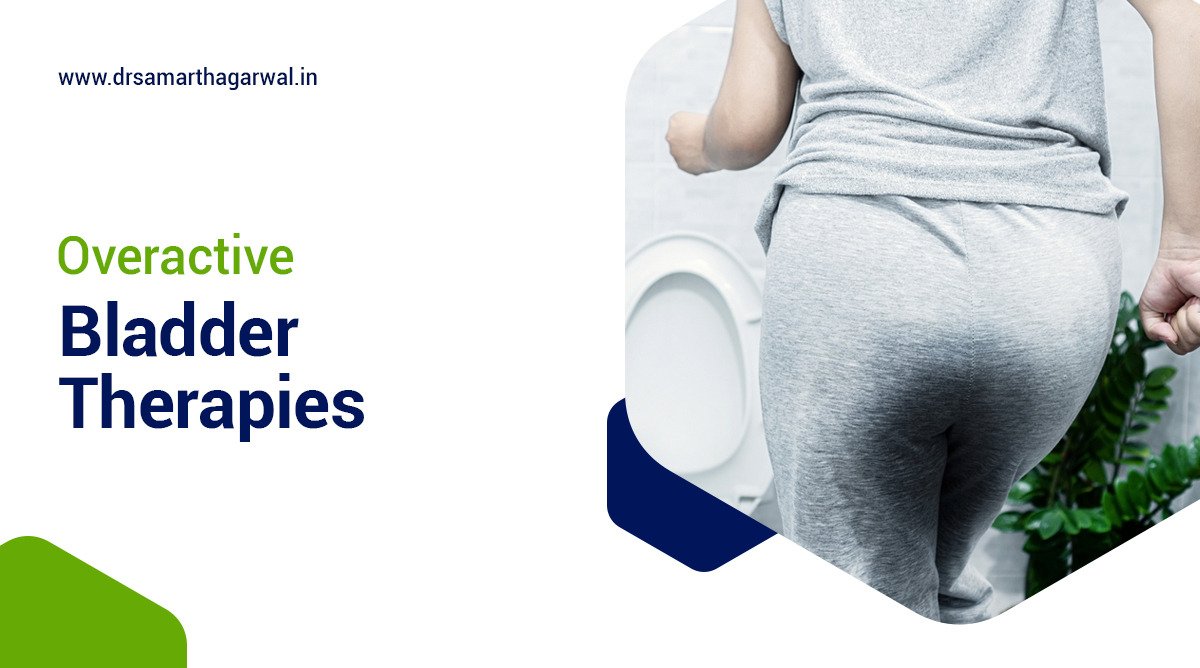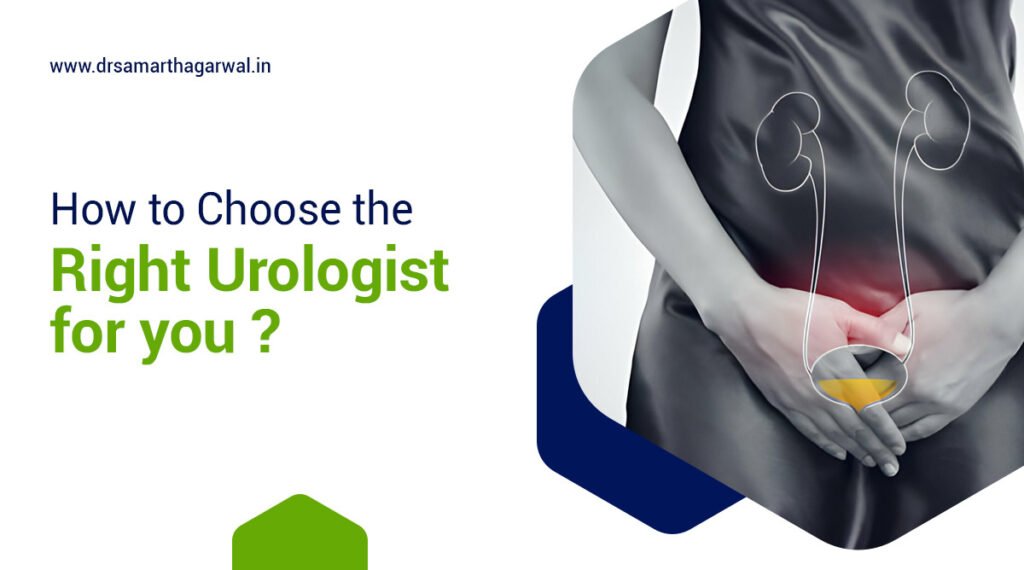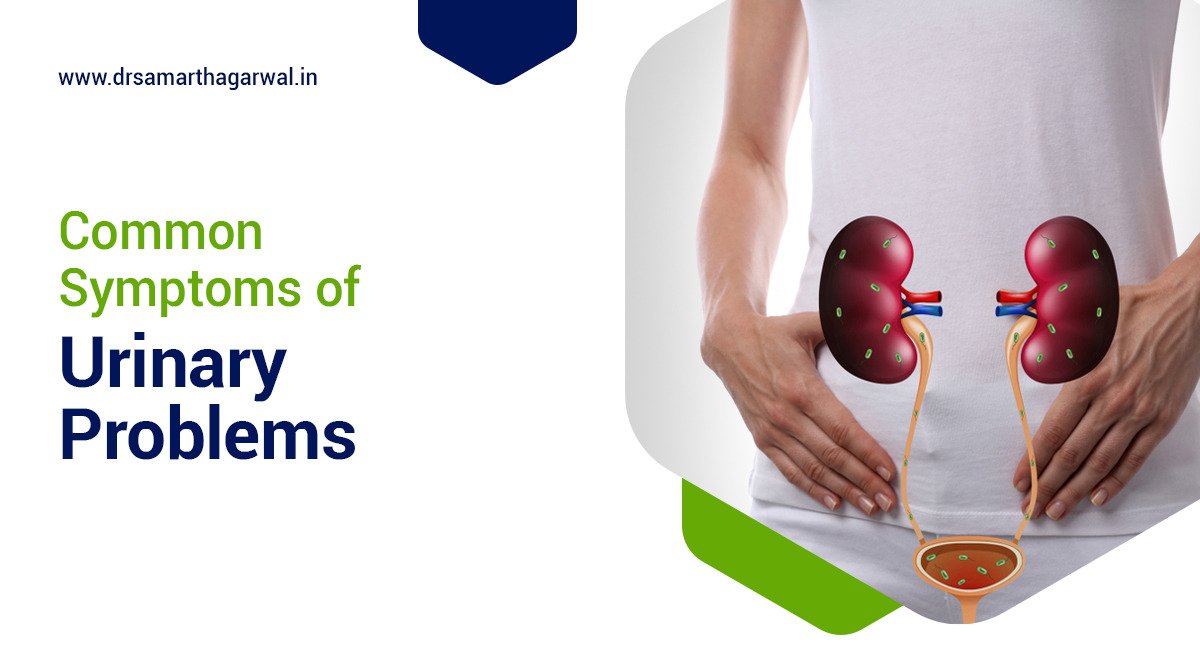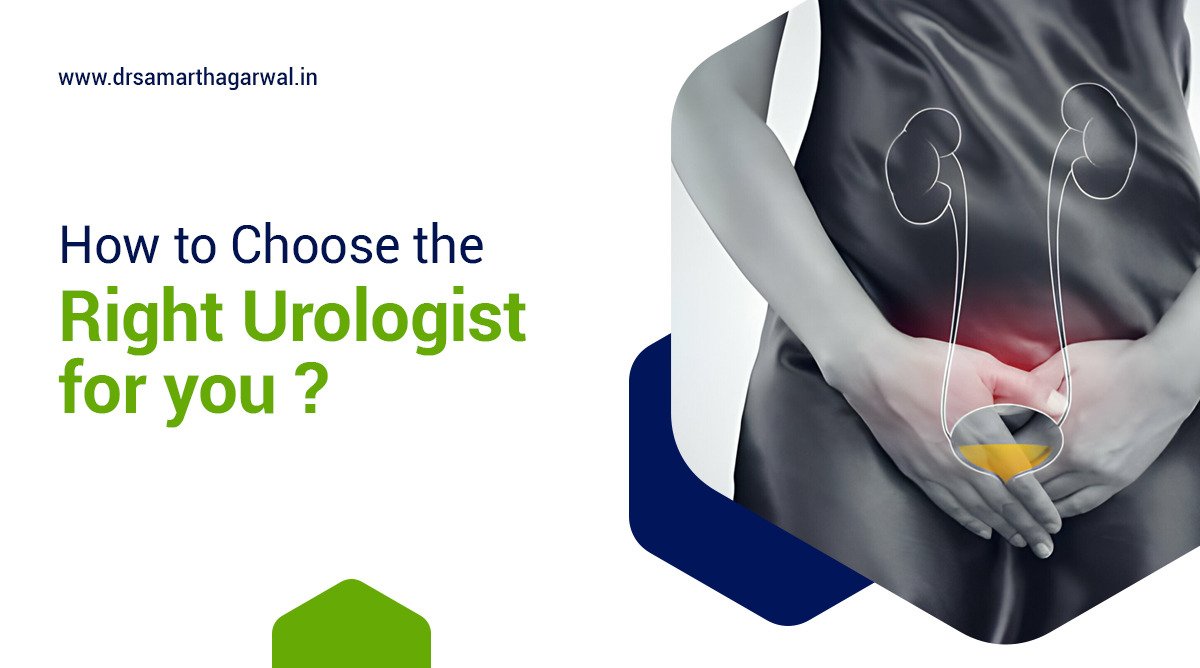Menopause and urinary incontinence treatment refers to the various methods used to manage the symptoms of urinary incontinence that can occur during menopause. Menopause is a natural transition in a woman’s life that marks the end of menstruation and reproductive capabilities. During this time, hormonal changes can lead to a variety of physical and emotional symptoms, one of which is urinary incontinence.
Urinary incontinence is a common condition that affects millions of women worldwide. It is characterized by the involuntary leakage of urine, and it can be caused by a variety of factors, including weakened pelvic floor muscles, nerve damage, and hormonal changes
Types of Urinary Incontinence During Menopause
During menopause, women may experience various types of urinary incontinence, including stress incontinence, urge incontinence, and mixed incontinence.
Stress incontinence occurs when physical activities like coughing or sneezing put pressure on the bladder, while urge incontinence is characterized by a sudden, intense urge to urinate. Mixed incontinence combines features of both stress and urge incontinence, and overflow incontinence involves the bladder not emptying completely, leading to leakage. Functional incontinence is related to physical or cognitive impairments that hinder timely bathroom access.
Stress Incontinence
Stress incontinence occurs when physical activities such as coughing, sneezing, or exercising put pressure on the bladder, leading to involuntary leakage of urine. This type of incontinence is often linked to hormonal changes that affect pelvic floor muscles and connective tissues, as well as the weakening of these structures due to aging and childbirth.
The distinguishing features of stress incontinence include the occurrence of leakage during moments of physical exertion rather than a sudden urge to urinate, which is characteristic of urge incontinence. Understanding these distinctions is crucial for effective management and treatment, as stress incontinence can significantly impact a woman’s quality of life during menopause.
Urge Incontinence
Urge incontinence is characterized by a sudden, intense urge to urinate, often resulting in involuntary leakage before reaching the bathroom. The causes of urge incontinence during menopause are primarily linked to hormonal changes that affect bladder function, as well as age-related changes in the bladder muscle and nerve signaling. Symptoms typically include frequent urination, nocturia (waking at night to urinate), and the inability to control the urge to urinate.
The distinguishing features of urge incontinence include the urgency and frequency of urination, which can occur even when the bladder is not full. Unlike stress incontinence, which is triggered by physical activities, urge incontinence is often unpredictable and can lead to significant anxiety about potential leakage. Understanding these characteristics is essential for women experiencing this type of incontinence, as it can greatly influence their daily activities and overall quality of life during menopause.
Mixed Incontinence
Mixed incontinence is a common type of urinary incontinence that many women experience during menopause, combining elements of both stress and urge incontinence. This condition can manifest as involuntary leakage during physical activities, such as coughing or sneezing (stress incontinence), as well as a sudden, strong urge to urinate that may lead to leakage (urge incontinence). The causes of mixed incontinence during menopause are often multifactorial, involving hormonal changes that weaken pelvic floor muscles, age-related bladder changes, and the cumulative effects of childbirth.
The distinguishing features of mixed incontinence include the presence of both urgency and stress-related leakage, making it a complex condition to manage. Women may find themselves experiencing episodes of leakage in various situations, which can significantly impact their daily lives and emotional well-being. Understanding the interplay between the symptoms of stress and urge incontinence is crucial for effective diagnosis and treatment, allowing for a tailored approach that addresses the unique challenges posed by mixed incontinence during menopause.
Overflow Incontinence
Overflow incontinence is another type of urinary incontinence that can affect women during menopause, characterized by the involuntary leakage of urine due to an overfilled bladder. This condition often arises from a combination of factors, including hormonal changes that impact bladder function, weakened pelvic floor muscles, and age-related changes that can lead to bladder outlet obstruction or impaired bladder contraction. Symptoms typically include frequent urination, a constant feeling of fullness in the bladder, and dribbling of urine, particularly after urination.
The distinguishing features of overflow incontinence include the inability to fully empty the bladder, resulting in frequent, small amounts of leakage rather than a sudden urge to urinate. Unlike stress or urge incontinence, overflow incontinence is often associated with a chronic retention of urine, which can lead to complications such as urinary tract infections. Understanding these characteristics is essential for women experiencing this type of incontinence, as it requires a different management approach that focuses on addressing the underlying causes and improving bladder function during menopause.
Functional Incontinence
Functional incontinence is a type of urinary incontinence that can occur in women during menopause, primarily resulting from physical or cognitive impairments that hinder timely access to the bathroom. This condition is not directly caused by issues with the bladder or urinary tract but rather by factors such as mobility limitations, arthritis, or cognitive decline, which can make it difficult for individuals to respond to the urge to urinate. Symptoms often include frequent accidents due to an inability to reach the restroom in time, rather than the involuntary leakage associated with other types of incontinence.
The distinguishing features of functional incontinence include the absence of bladder dysfunction; instead, it is characterized by the inability to manage urination due to external factors. For instance, a woman may know she needs to use the bathroom but cannot get there quickly enough due to physical limitations or confusion. Understanding functional incontinence is crucial for effective management, as it often requires addressing the underlying mobility or cognitive issues to improve the individual’s ability to respond to urinary urges during menopause.
Causes of Urinary Incontinence in Menopause
The causes of urinary incontinence during menopause are multifaceted, with several key factors contributing to this condition. Among these are pelvic floor weakening, the impact of childbirth and aging, and changes in the bladder and urethra. Each of these elements plays a significant role in how urinary control is affected during this transitional phase of a woman’s life.
Hormonal Changes
Hormonal changes play a significant role in the development of urinary incontinence during menopause, primarily due to the decline in estrogen levels. Estrogen is crucial for maintaining the health and elasticity of the bladder and urethral tissues, and its deficiency can lead to weakened pelvic floor muscles and altered bladder function. As a result, women may experience various symptoms, including increased urinary urgency, frequency, and involuntary leakage, which can significantly impact their daily lives.
The effects of these hormonal changes extend beyond physical symptoms; they can also lead to emotional distress and a decreased quality of life. Women may find themselves avoiding social situations or activities due to fear of leakage, leading to isolation and anxiety. Understanding the connection between hormonal changes and urinary incontinence is essential for developing effective management strategies and improving overall well-being during menopause.
Estrogen Deficiency and Bladder Function
Estrogen deficiency significantly impacts bladder function and is a key cause of urinary incontinence during menopause. As estrogen levels decline, the tissues of the bladder and urethra can become less elastic and more prone to irritation, leading to changes in bladder control. This deficiency can result in symptoms such as increased urgency, frequency of urination, and involuntary leakage, which are common complaints among menopausal women.
The effects of estrogen deficiency on bladder function can be profound, contributing not only to physical discomfort but also to emotional and psychological challenges. Women may experience anxiety about potential leakage, leading to social withdrawal and a diminished quality of life. Understanding the relationship between estrogen deficiency and bladder function is crucial for addressing urinary incontinence effectively and improving the overall well-being of women during menopause.
Pelvic Floor Weakening
Pelvic floor weakening is a significant contributor to urinary incontinence during menopause. The pelvic floor muscles, which support the bladder and urethra, can become stretched and weakened due to hormonal changes, childbirth, and aging. This weakening can lead to a loss of bladder control, resulting in urinary incontinence. Additionally, factors such as obesity and chronic coughing can further strain these muscles, exacerbating the issue. Women may also experience a decline in muscle coordination, making it difficult to engage the pelvic floor muscles effectively when needed, which can lead to increased episodes of leakage.
Impact of Childbirth and Aging
Childbirth and aging can also impact the pelvic floor muscles, leading to urinary incontinence. Vaginal deliveries can cause trauma to the pelvic floor, including tearing of muscles and connective tissues, which can weaken support for the bladder. Furthermore, the hormonal fluctuations during pregnancy can lead to temporary changes in muscle tone. As women age, there is a natural decline in muscle strength and elasticity, compounded by the effects of menopause. This combination of factors can contribute to the weakening of the pelvic floor, making it more challenging to control the bladder and increasing the risk of both stress and urge incontinence.
Changes in Bladder and Urethra
Changes in the bladder and urethra during menopause can also contribute to urinary incontinence. The bladder muscle can become less flexible, leading to a decrease in bladder capacity and an increased frequency of urination. Additionally, the urethra can become shorter and less elastic, making it more difficult to maintain continence. These anatomical changes can result in a heightened sensitivity to bladder filling, causing an urgent need to urinate even when the bladder is not full. The loss of estrogen can also lead to thinning of the urethral lining, further compromising its ability to function effectively and increasing the likelihood of incontinence.
Impact of Aging and Menopause on Bladder Muscle
Aging and menopause can significantly impact the bladder muscle, leading to a decrease in muscle strength and tone. This decline can result in slower contraction and relaxation of the bladder muscle, making it more challenging to control the flow of urine. Hormonal changes during menopause can also affect the bladder muscle, leading to increased sensitivity and urgency. Additionally, the aging process can result in changes to the nerve pathways that communicate with the bladder, further complicating the ability to sense when the bladder is full. These combined factors can lead to a higher incidence of both urge incontinence and overflow incontinence, making it essential for women to seek appropriate management strategies during this transitional phase.
Medications
Certain medications can contribute to urinary incontinence in menopausal women. Diuretics, commonly prescribed for high blood pressure or fluid retention, increase urine production, which can lead to more frequent trips to the bathroom and potential leakage. Sedatives and some antidepressants may relax the bladder muscle, impairing its ability to contract effectively and control urination. Additionally, medications for conditions such as allergies or colds, which may contain antihistamines, can lead to urinary retention and overflow incontinence. While hormonal replacement therapy (HRT) is often used to alleviate menopausal symptoms, its impact on bladder function remains mixed; some women report improvements in urinary symptoms, while others may experience worsening incontinence.
Neurological Conditions
Neurological conditions, such as multiple sclerosis, Parkinson’s disease, and stroke, can significantly affect urinary control in menopausal women. These conditions can damage the nerves that control bladder function, disrupting the communication between the brain and the bladder. For instance, multiple sclerosis can lead to spastic bladder, where the bladder contracts uncontrollably, resulting in urgency and incontinence. Similarly, Parkinson’s disease can cause a decrease in the ability to initiate urination, leading to retention and overflow incontinence. Stroke can impair the brain’s ability to send signals to the bladder, further complicating bladder control. As a result, women with these conditions may experience a higher incidence of urinary incontinence, necessitating specialized management strategies.
Urinary Tract Infections (UTIs)
Urinary tract infections can be a significant cause of urinary incontinence in menopausal women. UTIs irritate the bladder and urethra, leading to increased urgency and frequency of urination, which can result in involuntary leakage. The symptoms of a UTI, such as burning during urination and pelvic discomfort, can mimic or exacerbate existing bladder control issues, making it difficult for women to distinguish between a UTI and chronic incontinence. Additionally, hormonal changes during menopause can make women more susceptible to UTIs due to thinning vaginal tissues and changes in the urinary tract’s flora. Prompt treatment of UTIs is essential, as untreated infections can lead to recurrent incontinence episodes and further complications.
Psychological Factors (e.g., anxiety, depression)
Psychological factors, such as anxiety and depression, can significantly contribute to urinary incontinence in menopausal women. Stress and anxiety can heighten awareness of bladder sensations, leading to increased urgency and a fear of leakage, which can create a cycle of anxiety that exacerbates the problem. Depression may result in a lack of motivation to engage in pelvic floor exercises or seek appropriate treatment, further worsening incontinence symptoms. Additionally, the emotional toll of dealing with incontinence can lead to social withdrawal and decreased quality of life, creating a complex interplay between mental health and urinary control. Addressing these psychological factors is crucial for effective management and improving overall well-being.
Lifestyle Factors (e.g., caffeine and alcohol consumption)
Lifestyle factors, such as caffeine and alcohol consumption, can significantly impact urinary incontinence in menopausal women. Caffeine, found in coffee, tea, and some sodas, is a diuretic that can increase urine production and irritate the bladder, leading to more frequent urination and urgency. Alcohol can relax the bladder muscle, impairing its ability to contract effectively and increasing the risk of leakage. Other lifestyle factors, such as obesity, can place additional pressure on the bladder and pelvic floor, exacerbating incontinence. Smoking is another contributing factor, as it can lead to chronic cough, which increases abdominal pressure and can trigger stress incontinence. Making lifestyle modifications, such as reducing caffeine and alcohol intake, maintaining a healthy weight, and quitting smoking, can help improve bladder control and reduce the incidence of urinary incontinence.
Diagnosing Menopause-Related Incontinence
Diagnosing menopause-related incontinence involves a comprehensive approach that includes medical history and symptom evaluation, physical examination, and various diagnostic tests.
Healthcare providers begin by assessing the patient’s medical history and specific symptoms, such as frequency and urgency of urination. A physical examination helps identify pelvic floor dysfunction, while pelvic exams and bladder function tests provide insights into muscle strength and bladder health. Additional diagnostic tests, including urinalysis and urodynamic testing, further clarify the type of incontinence and guide effective treatment strategies tailored to the individual’s needs.
Medical History and Symptom Evaluation
A thorough medical history and symptom evaluation are crucial in identifying the underlying causes of urinary incontinence. Healthcare providers assess a woman’s menopausal status, previous medical conditions, and specific symptoms such as frequency, urgency, and leakage patterns. This comprehensive approach not only helps in pinpointing potential causes but also aids in understanding the severity and impact of the incontinence on the patient’s quality of life. By gathering detailed information, healthcare professionals can tailor diagnostic steps and treatment plans to address the unique needs of each patient effectively.
Physical Examination
A physical examination is an essential component of the evaluation process for urinary incontinence, as it helps identify signs of pelvic floor dysfunction, bladder abnormalities, and other potential causes. During the exam, healthcare providers assess pelvic floor muscle strength, bladder position, and urethral mobility. This hands-on assessment can reveal weaknesses or abnormalities that may contribute to incontinence, allowing for a more accurate diagnosis. Additionally, the physical examination may include a neurological assessment to evaluate any nerve-related issues that could affect bladder control.
Pelvic Exam and Bladder Function Tests
A pelvic exam, combined with bladder function tests, provides valuable insights into bladder health and pelvic floor muscle strength. Tests such as cough stress tests can help determine if stress incontinence is present by assessing leakage during physical exertion. Bonney tests may be used to evaluate urethral mobility, while bladder diaries allow patients to track their fluid intake and output over time. This comprehensive evaluation helps healthcare providers understand the specific nature of the incontinence and informs the development of targeted treatment strategies.
Diagnostic Tests
Diagnostic tests, including urinalysis, urine culture, and blood tests, play a vital role in ruling out underlying medical conditions that may contribute to urinary incontinence. For instance, a urinalysis can detect urinary tract infections, while blood tests can identify diabetes or kidney disease. By eliminating these potential causes, healthcare providers can focus on the specific factors contributing to incontinence, ensuring that the treatment plan addresses the root of the problem rather than just the symptoms.
Urodynamic Testing and Urinary Analysis
Urodynamic testing and urinary analysis offer detailed information about bladder function, pressure, and flow rates, which are essential for diagnosing specific types of incontinence, such as stress or urge incontinence. Urodynamic tests measure how well the bladder and urethra store and release urine, providing insights into bladder capacity and muscle function. This information is crucial for guiding treatment decisions, as it helps healthcare providers determine the most appropriate interventions based on the type and severity of incontinence. By utilizing these advanced diagnostic tools, clinicians can develop a comprehensive and effective management plan tailored to each patient’s needs.
Treatment Options for Menopause Incontinence
Treatment options for menopause incontinence include Lifestyle and Behavioural Changes, Bladder Training, and Pelvic Floor Muscle Therapy, among others. These options aim to manage symptoms and improve bladder control through a combination of self-care practices, medical interventions, and alternative therapies.
For instance, Lifestyle and Behavioural Changes involve modifying daily habits to reduce symptoms, while Pelvic Floor Muscle Therapy strengthens the muscles supporting the bladder and urethra through exercises and physical therapy programs.
The International Continence Society (ICS) guidelines recommend starting with conservative treatments, including physiotherapy, pharmacotherapy, and behavioral therapy, to address urinary incontinence.
According to Kołodziejśka, Gabriela, Zalewski, Maciej, and Rożek-Piechura, Krystyna. (2019). Urinary Incontinence in Postmenopausal Women—Causes, Symptoms, Treatment – physiotherapy has proven effective in treating urinary incontinence, with positive results reported in up to 80% of patients with stage I stress urinary incontinence (SUI) and mixed incontinence, and in 50% of patients with stage II SUI.
Treatment Options for Menopause Incontinence
Menopause-related incontinence can be effectively managed with a range of treatment options. These options can be categorized into lifestyle and behavioral changes, medical interventions, and alternative therapies.
Lifestyle and Behavioural Changes
Lifestyle and behavioral changes are essential for managing menopause-related incontinence. These changes include bladder training, scheduled voiding, dietary modifications, and fluid management. Incorporating pelvic floor exercises, such as Kegel exercises, can also strengthen the pelvic muscles, further enhancing bladder control. By adopting these changes, women can significantly reduce symptoms and improve their overall quality of life.
Bladder Training and Scheduled Voiding
Bladder training involves gradually increasing the time between trips to the bathroom, helping to retrain the bladder to hold urine for longer periods. Scheduled voiding establishes a regular urination schedule, which can prevent unexpected leaks and reduce urgency. These techniques not only strengthen the bladder muscle but also promote a sense of control over urination, empowering women to manage their symptoms more effectively.
Dietary Modifications and Fluid Management
Dietary modifications, such as avoiding caffeine, alcohol, and spicy foods, can help reduce bladder irritation and incontinence symptoms. Additionally, fluid management is crucial; women should aim to drink adequate water throughout the day while avoiding excessive intake before bedtime to minimize nighttime urination. Keeping a food and fluid diary can help identify specific triggers and optimize dietary choices, leading to improved bladder health.
Pelvic Floor Muscle Therapy
Pelvic floor muscle therapy is a vital component in managing menopause-related incontinence, as it focuses on strengthening the muscles that support the bladder and urethra. This therapy not only improves bladder control but also enhances sexual function and pelvic stability. Regular engagement in pelvic floor exercises can lead to significant improvements in symptoms and overall quality of life for women experiencing incontinence.
Kegel Exercises
Kegel exercises involve the systematic contraction and relaxation of the pelvic floor muscles to strengthen them and improve bladder control. These exercises can be performed discreetly at any time and require no special equipment, making them accessible for most women. Consistent practice can lead to increased muscle tone, reduced leakage, and enhanced awareness of pelvic floor function, empowering women to take control of their bladder health.
Physical Therapy Programs
Physical therapy programs for pelvic floor health may include techniques such as biofeedback and electrical stimulation, which help women identify and strengthen their pelvic floor muscles more effectively. Biofeedback provides real-time feedback on muscle activity, allowing for better awareness and control during exercises. Electrical stimulation can help activate and strengthen weak muscles, making it particularly beneficial for women who may struggle to perform Kegel exercises correctly.
Medications and Hormone Therapy
Medications, including over-the-counter options and hormone replacement therapy (HRT), can help alleviate symptoms of incontinence. HRT can restore hormonal balance, which may improve bladder function and reduce symptoms associated with estrogen deficiency. Additionally, certain prescription medications can target specific types of incontinence, such as urge incontinence, by relaxing the bladder or increasing its capacity.
According to a study by Cody, J. D. et al. (2012). Oestrogen therapy for urinary incontinence in post-menopausal women. Cochrane Database Syst Rev, (10), CD001405.
This Cochrane Review, conducted by the Cochrane Incontinence Group, analyzed 34 trials involving over 19,000 women with urinary incontinence.
The review found that women receiving local (vaginal) oestrogen reported significant improvement in their incontinence symptoms compared to placebo.
Over-the-Counter Medications
Over-the-counter medications, such as absorbent products and protective garments, can help manage symptoms of urinary incontinence effectively. These products provide a practical solution for women seeking to maintain their daily activities without the fear of leakage. Additionally, some over-the-counter bladder control supplements may contain ingredients aimed at supporting urinary health, although their efficacy can vary.
Hormone Replacement Therapy
Hormone replacement therapy can help restore hormonal balance and improve bladder control by addressing the estrogen deficiency that often accompanies menopause. By replenishing estrogen levels, HRT may enhance the elasticity of the bladder and urethral tissues, reducing the incidence of incontinence. However, the decision to pursue HRT should be made in consultation with a healthcare provider, considering the potential benefits and risks.
Medical Procedures and Surgeries
For women who do not respond to conservative treatments, medical procedures and surgeries may be considered. Options such as bladder sling procedures, which provide support to the urethra, or injections of bulking agents can help manage stress incontinence effectively. Surgical interventions are typically reserved for more severe cases and are tailored to the individual’s specific needs, with the goal of improving bladder control and quality of life.
Minimally Invasive Treatments
Minimally invasive treatments, such as vaginal pessaries and acupuncture, offer alternative solutions for managing incontinence without the need for major surgery. Vaginal pessaries are devices inserted into the vagina to provide support to the bladder and urethra, helping to reduce leakage. Acupuncture may help by promoting relaxation and improving pelvic floor muscle function, potentially alleviating symptoms of incontinence. These options can be particularly appealing for women seeking non-surgical interventions.
Surgical Interventions
Surgical interventions, including bladder lifts and slings, can provide long-term solutions for severe incontinence when conservative treatments fail. Bladder lift procedures reposition the bladder to its optimal location, while sling procedures involve placing a mesh tape under the urethra to provide support during physical activities. These surgeries have high success rates and can significantly improve quality of life, although they do carry some risks and require careful consideration and consultation with a healthcare provider.
Alternative Therapies
Alternative therapies, such as support groups, counseling, weight management programs, and herbal supplements, can complement traditional treatments and provide additional support for women dealing with incontinence. Support groups offer a safe space for sharing experiences and coping strategies, while counseling can address the emotional aspects of living with incontinence. Weight management programs can help reduce excess pressure on the bladder, improving overall bladder control. Herbal supplements, such as saw palmetto or pumpkin seed extract, may provide additional relief, although their effectiveness can vary and should be discussed with a healthcare provider.
Support Groups and Counseling
Support groups and counseling can provide essential emotional support and guidance for managing incontinence. Connecting with others who share similar experiences can help reduce feelings of isolation and anxiety, fostering a sense of community. Counseling can also assist women in developing coping strategies and addressing any psychological impacts of incontinence, such as embarrassment or depression, ultimately enhancing their overall well-being.
Weight Management Programs
Weight management programs can play a crucial role in reducing pressure on the bladder and improving bladder control. Excess weight can exacerbate incontinence symptoms by placing additional strain on the pelvic floor muscles and bladder. By adopting a healthy diet and engaging in regular physical activity, women can achieve and maintain a healthy weight, which may lead to a reduction in urinary incontinence episodes and an overall improvement in quality of life.
Alternative Therapies (e.g., herbal supplements)
Alternative therapies, including herbal supplements, can provide additional relief from symptoms of urinary incontinence. Some herbal remedies, such as corn silk and horsetail, are believed to support urinary health and may help reduce urgency and frequency. However, the efficacy of these supplements can vary, and it is essential for women to consult with healthcare providers before starting any new treatment to ensure safety and appropriateness, especially in conjunction with other medications or therapies.
Managing Menopause Incontinence at Home
Managing menopause incontinence at home involves techniques like Daily Techniques for Managing Leakage, Use of Absorbent Products, and Creating a Supportive Home Environment. By implementing these strategies, women can effectively manage symptoms, reduce leakage, and improve their overall quality of life, while also leveraging Coping Strategies and Support Systems for emotional support and connection.
Managing Menopause Incontinence at Home
Managing menopause-related incontinence at home involves implementing daily techniques for managing leakage, utilizing absorbent products, creating a supportive home environment, and developing coping strategies and support systems. These approaches can significantly enhance comfort and confidence for women experiencing incontinence during this transitional phase.
Daily Techniques for Managing Leakage
Daily techniques for managing leakage include practicing bladder training, scheduled voiding, and pelvic floor exercises. Bladder training involves gradually increasing the time between bathroom visits to help retrain the bladder, while scheduled voiding establishes a routine that can prevent unexpected leaks. Additionally, incorporating pelvic floor exercises, such as Kegel exercises, can strengthen the muscles that support the bladder, improving overall control and reducing episodes of incontinence.
Use of Absorbent Products
The use of absorbent products, such as pads, liners, and adult diapers, can provide practical solutions for managing incontinence at home. These products are designed to offer comfort and protection, allowing women to engage in daily activities without fear of leakage. Many options are available, ranging from discreet liners for light leakage to more absorbent adult diapers for heavier incontinence, ensuring that women can find products that suit their individual needs and lifestyles.
Creating a Supportive Home Environment
Creating a supportive home environment is essential for managing menopause-related incontinence. This can include making modifications such as placing bathroom essentials within easy reach, ensuring adequate lighting in hallways and bathrooms, and removing obstacles that may hinder quick access to the restroom. Additionally, having a designated area for absorbent products can help women feel more organized and prepared, reducing anxiety related to potential leaks.
Coping Strategies and Support Systems
Coping strategies and support systems play a crucial role in managing the emotional aspects of incontinence. Women can benefit from developing a network of friends, family, or support groups who understand their experiences and can provide encouragement. Engaging in open conversations about incontinence can help reduce feelings of isolation and embarrassment, fostering a sense of community and shared understanding.
Psychological Support and Community Resources
Psychological support and community resources are vital for women coping with menopause-related incontinence. Accessing counseling services or therapy can help address any emotional challenges, such as anxiety or depression, that may arise from living with incontinence. Additionally, community resources, such as local support groups or online forums, can provide valuable information, shared experiences, and practical tips for managing incontinence, empowering women to take control of their health and well-being.
Frequently Asked Questions (FAQs)
Can menopause-related incontinence be prevented?
The American College of Obstetricians and Gynecologists (ACOG) states that regular physical activity and maintaining a healthy weight are key factors in preventing UI and improving bladder control. The ACOG also recommends pelvic floor muscle exercises, also known as Kegel exercises, to strengthen the muscles that support the bladder.
How long does it take to see improvements in bladder control with treatment?
he time it takes to see improvements in bladder control with treatment varies depending on the type of treatment and the individual. Here’s a breakdown:
Medications: Anticholinergic medications, often used for urge incontinence, can take several weeks to show initial improvement, with the full effect potentially taking up to 12 weeks.
Bladder Training: This behavioral therapy, which involves gradually increasing the time between urination, can take 6 to 12 weeks to become successful.
Pelvic Floor Exercises: These exercises can take 6 to 8 weeks to show results.
Lifestyle Changes: Modifying diet, fluid intake, and reducing bladder irritants can lead to improvement over time, but the timeframe is less defined.
Other Treatments: Treatments like Percutaneous tibial nerve stimulation (PTNS) or sacral neuromodulation (SNS) typically require multiple sessions over numerous weeks for full effect.
It’s essential to be patient and consistent with treatment. Working with a healthcare professional can help personalize treatment and monitor progress.
Can I travel or engage in physical activities with menopause-related incontinence?
You can travel and engage in physical activities with menopause-related incontinence. Strategies like practicing urge suppression and using incontinence products can help manage leakage during travel. Regular physical activity, particularly low-impact exercises that strengthen the pelvic floor, can help improve bladder control.



